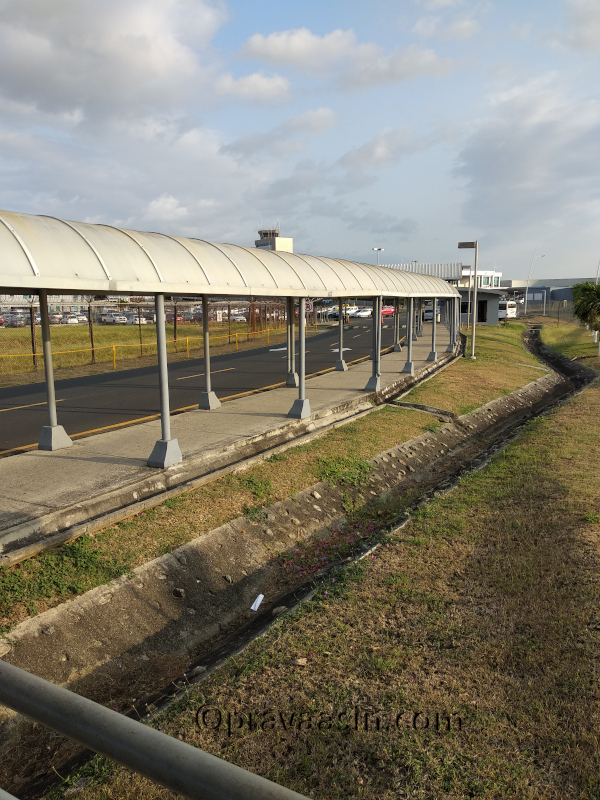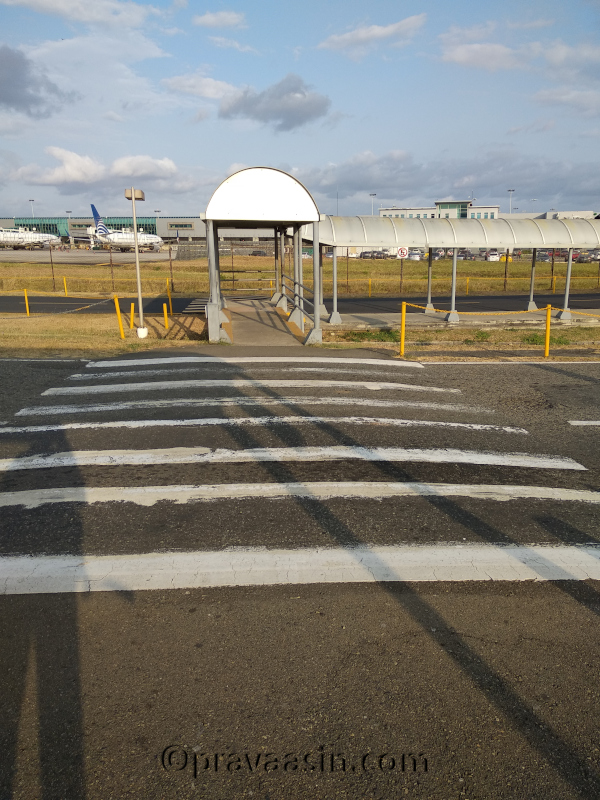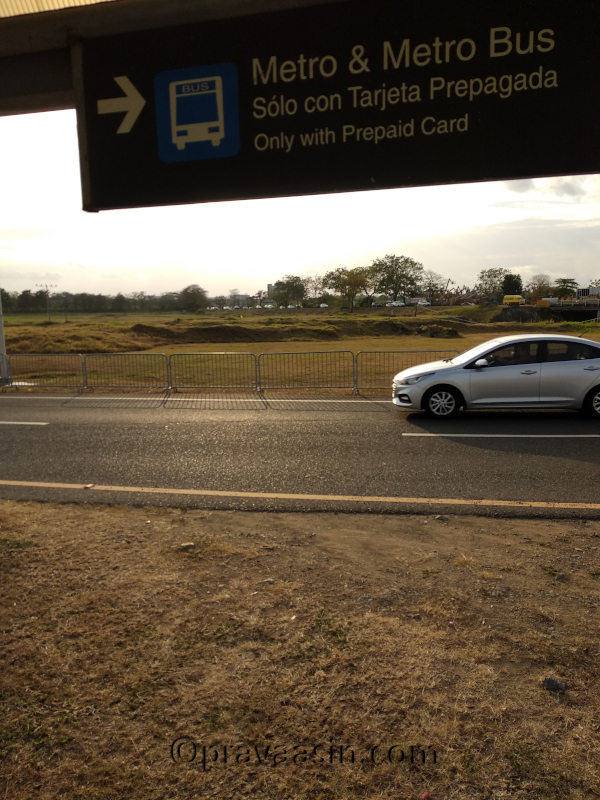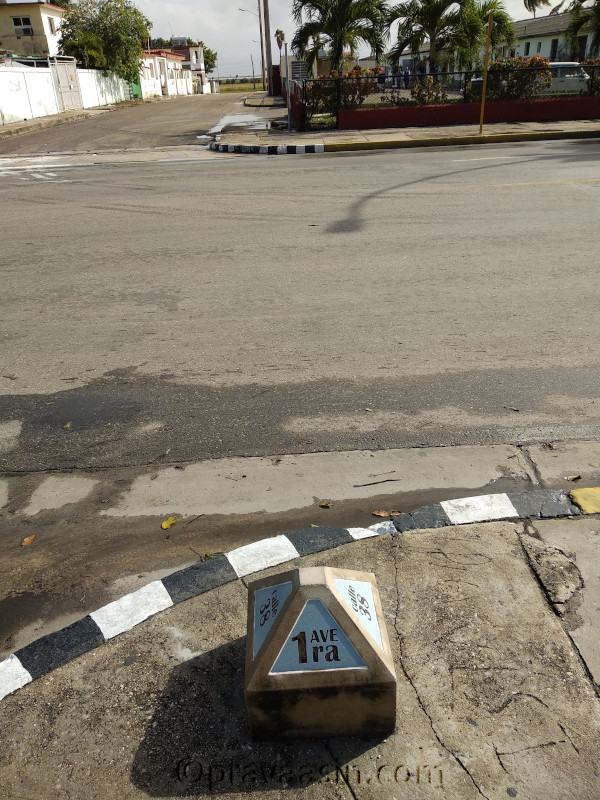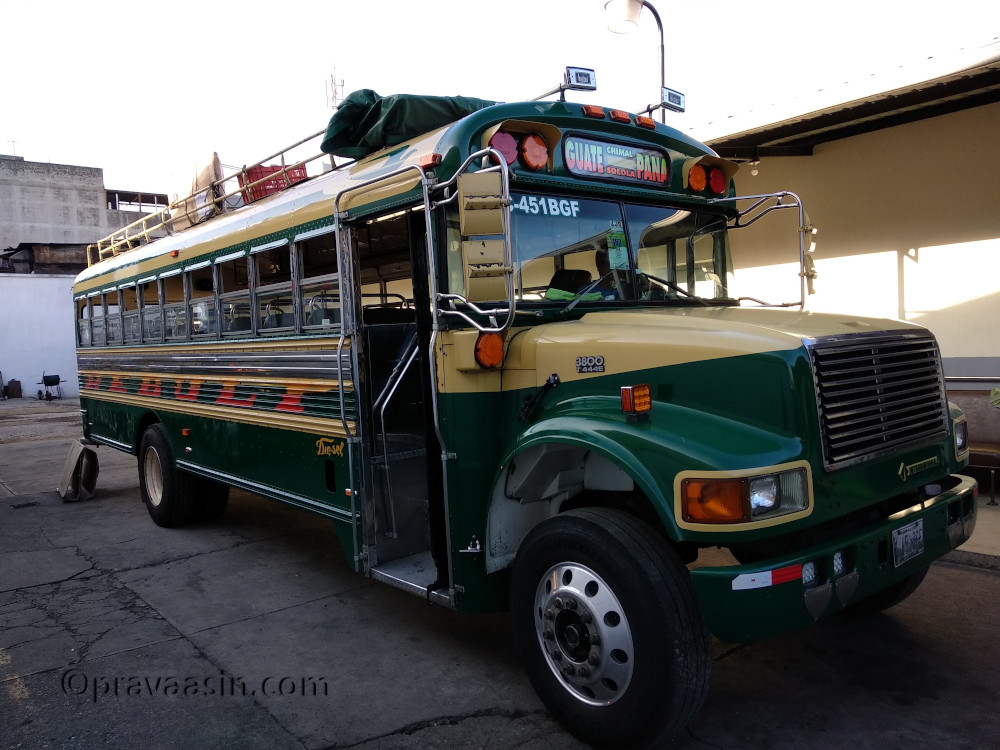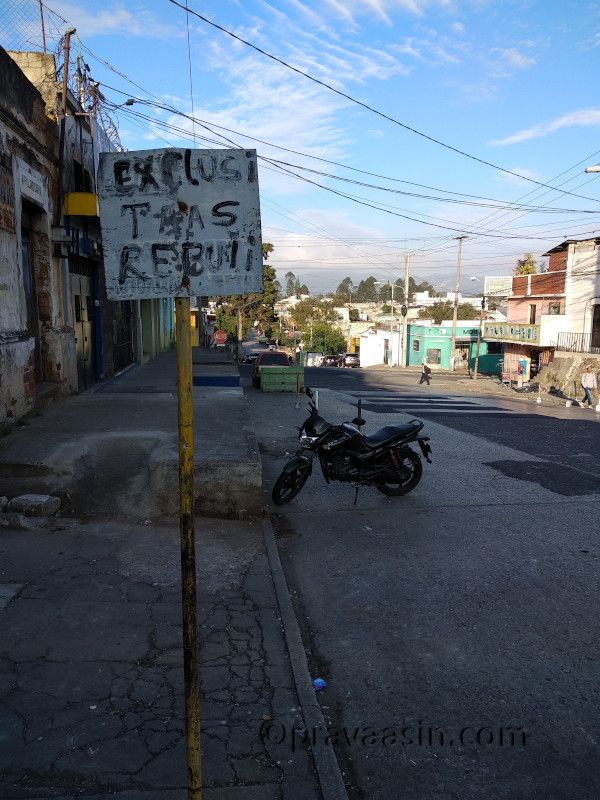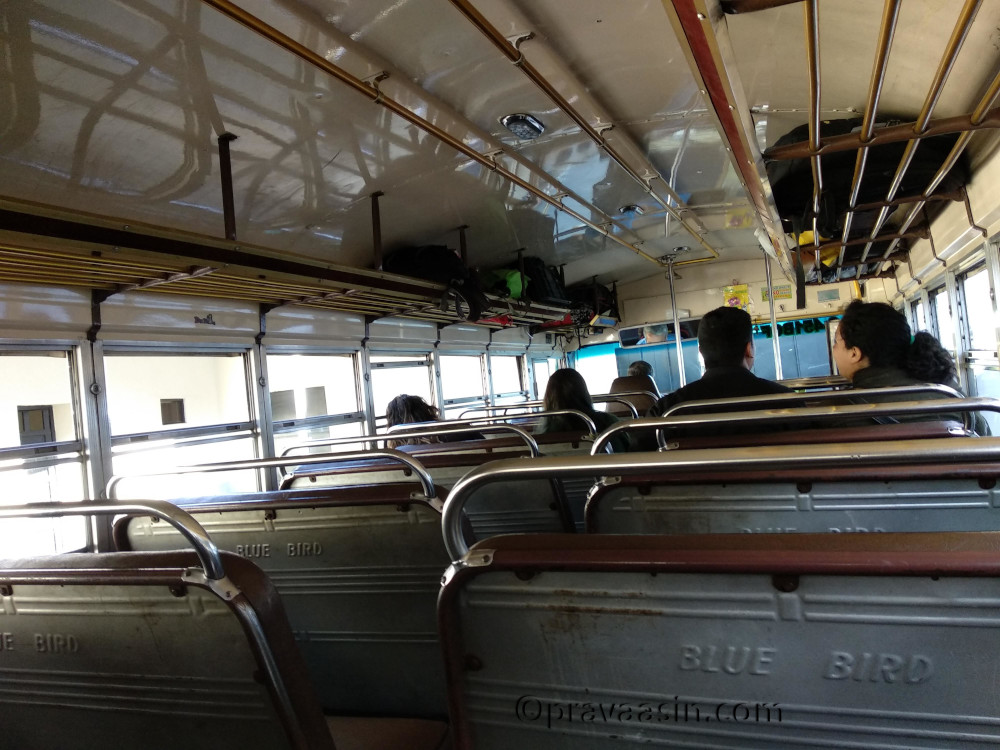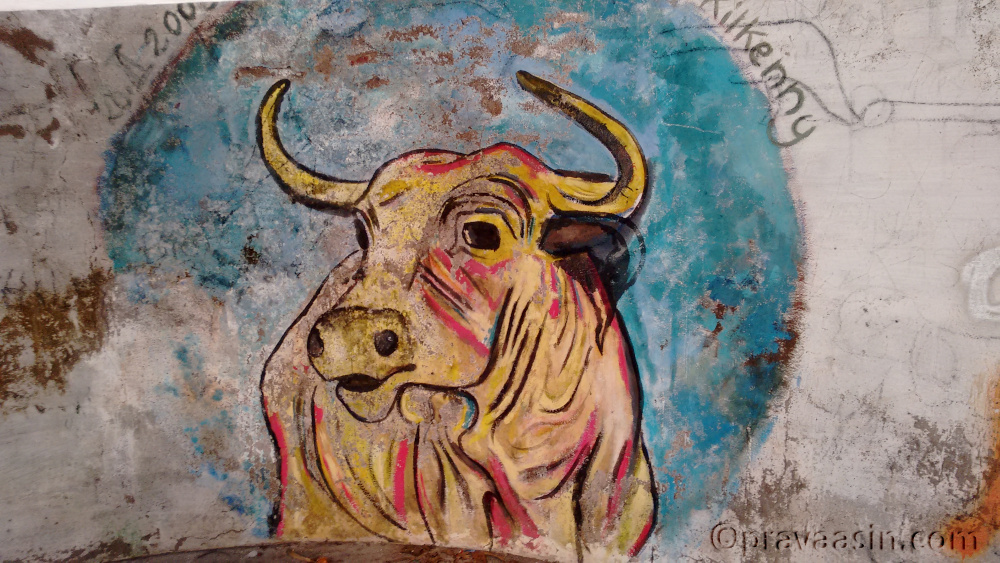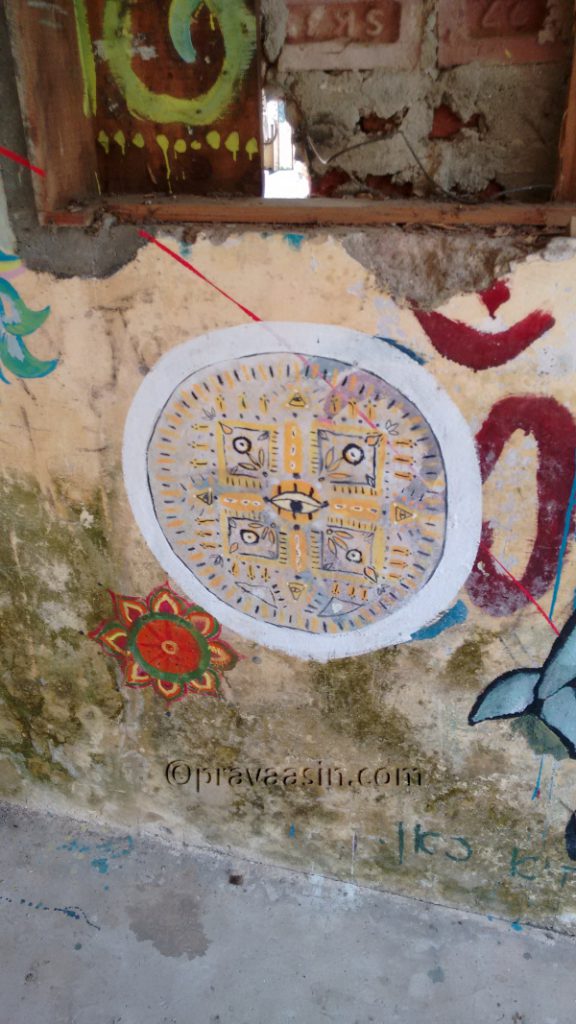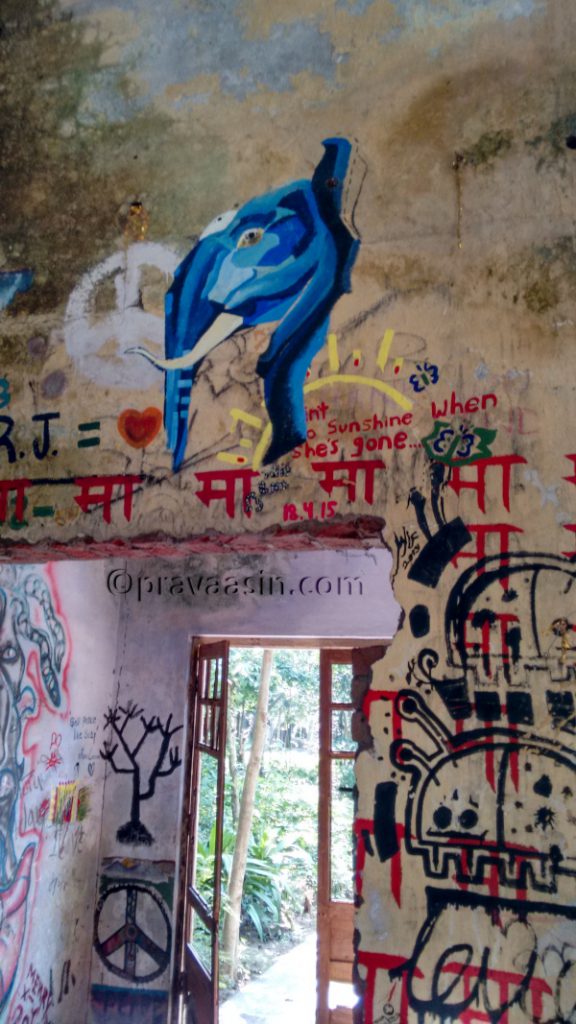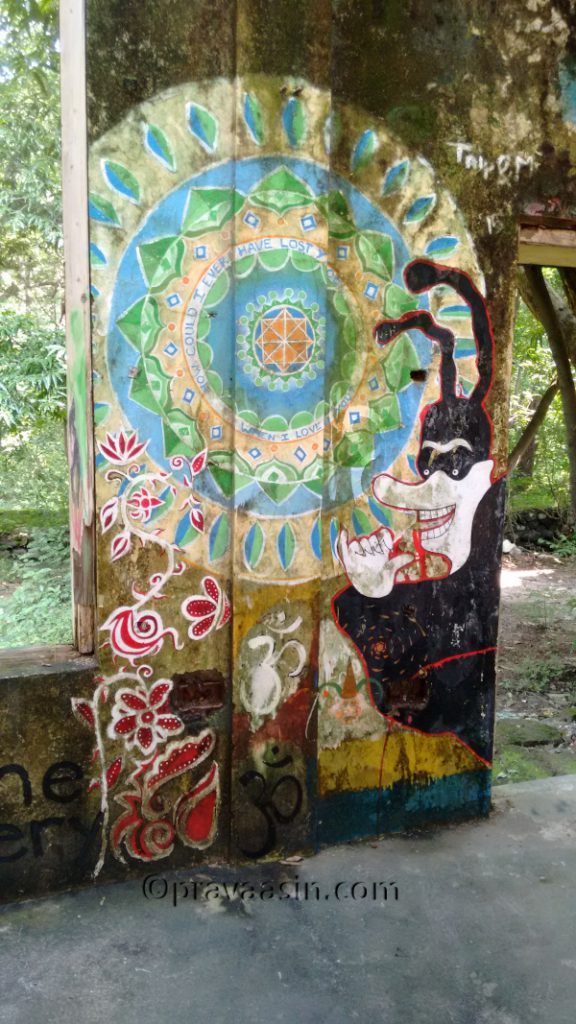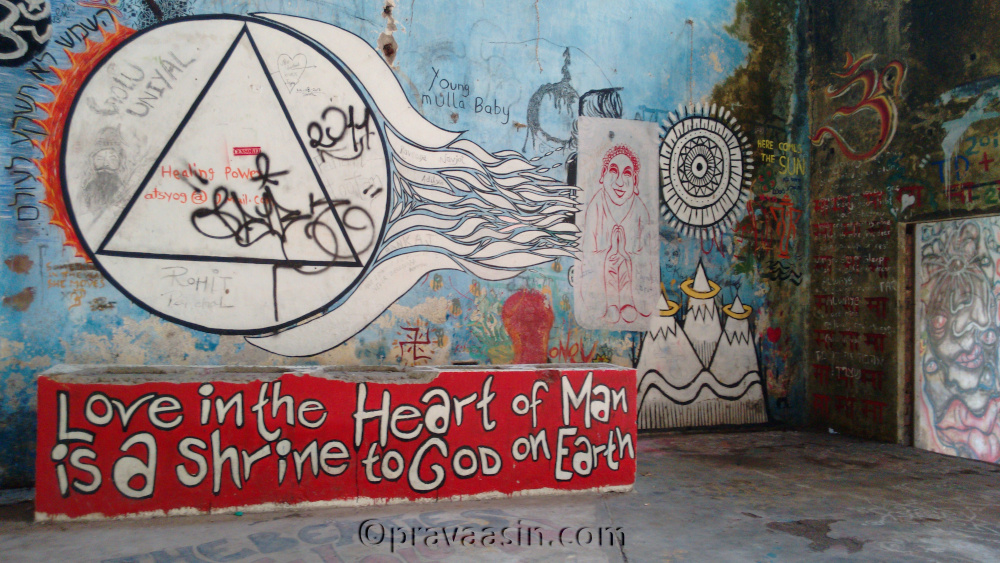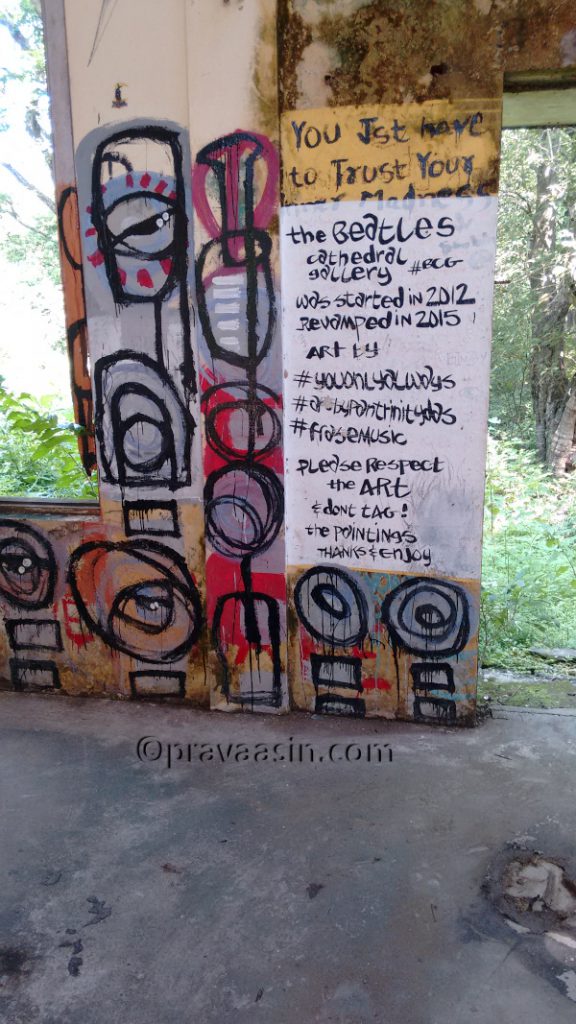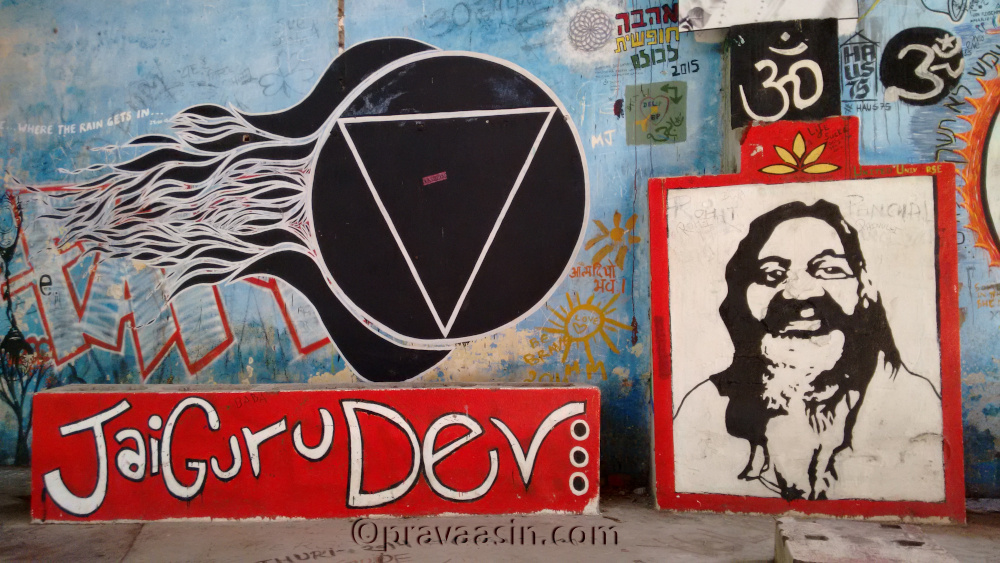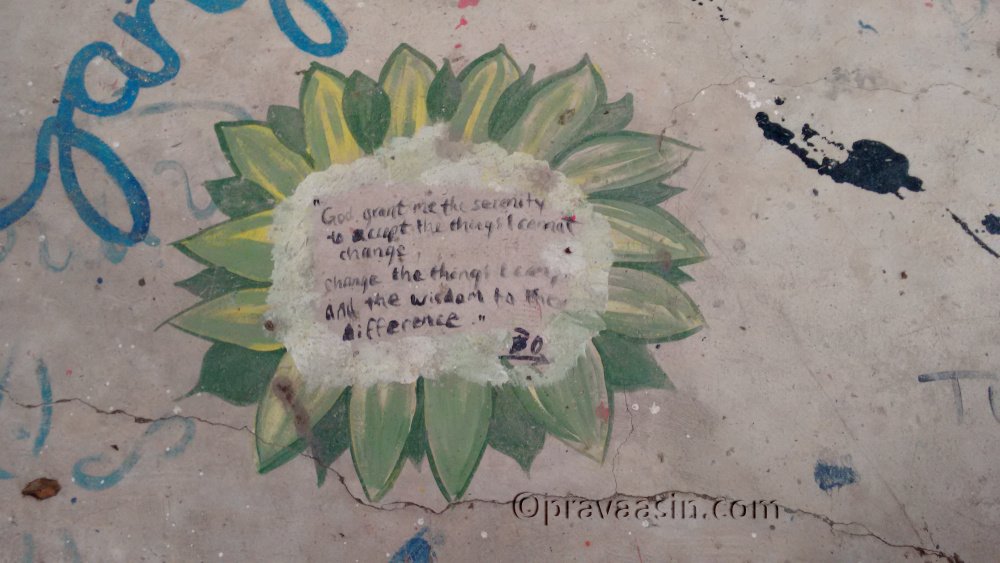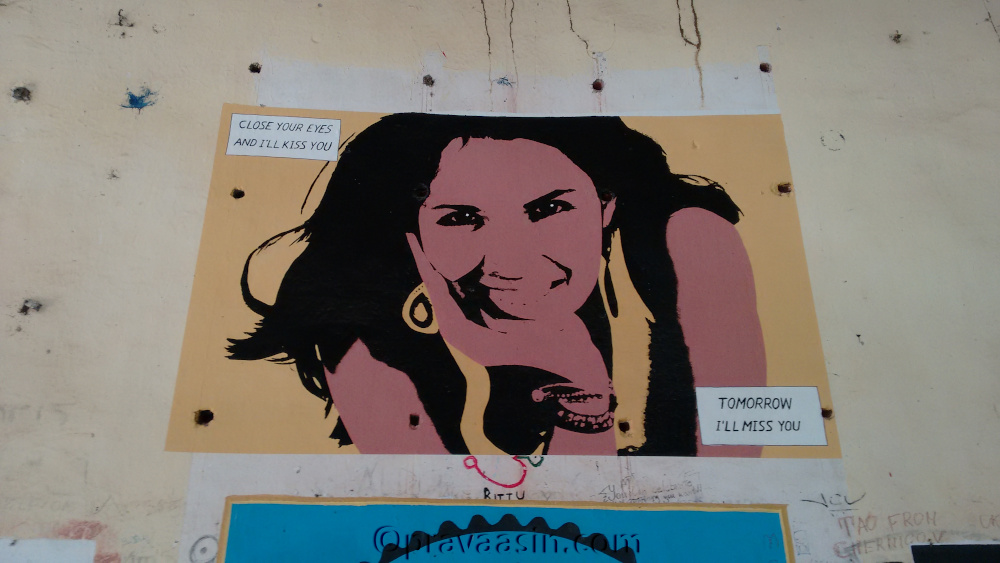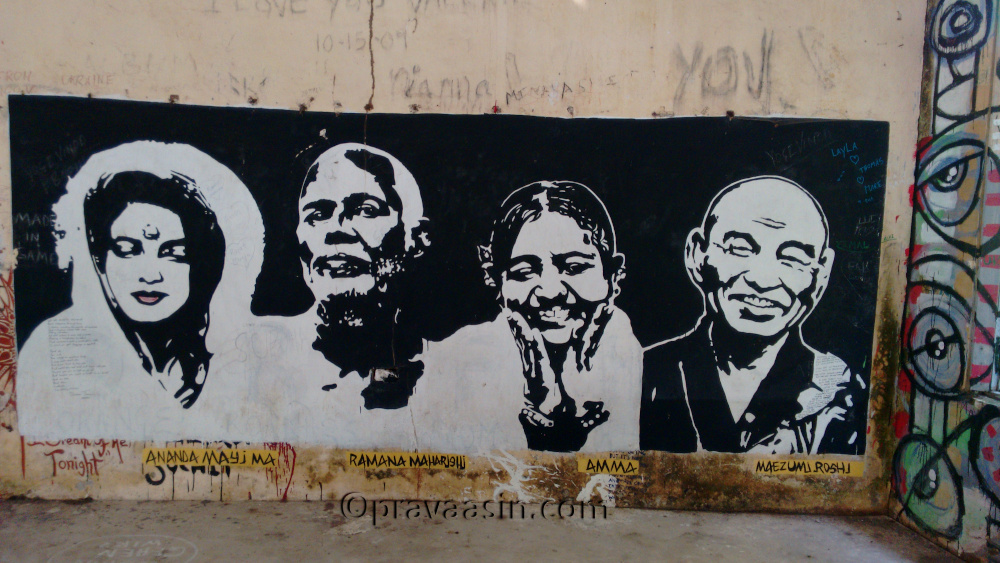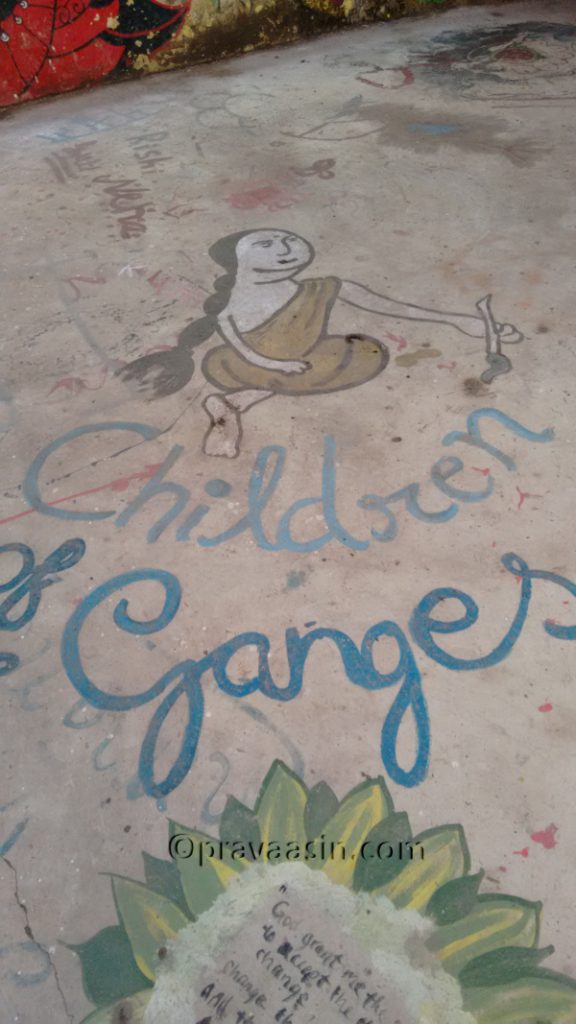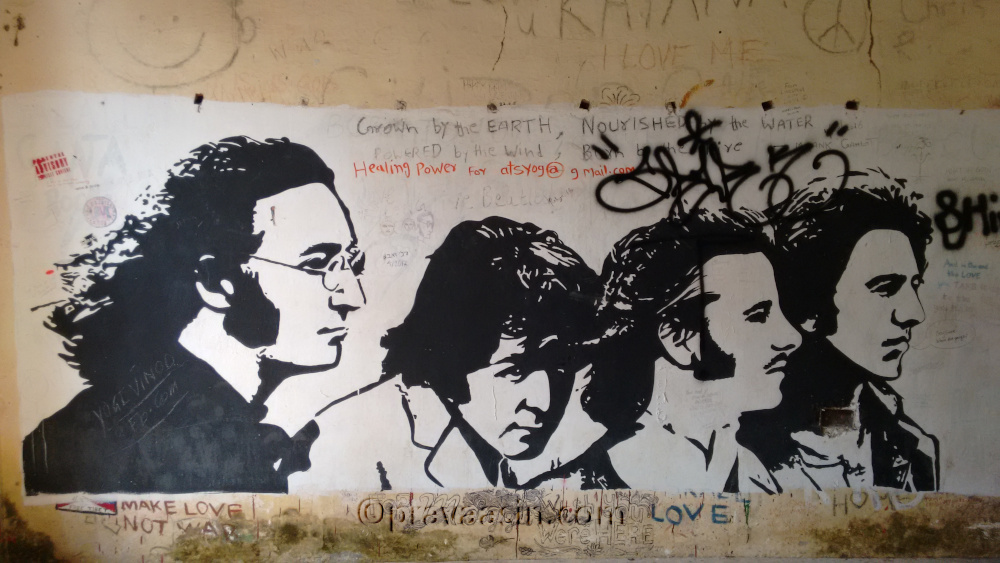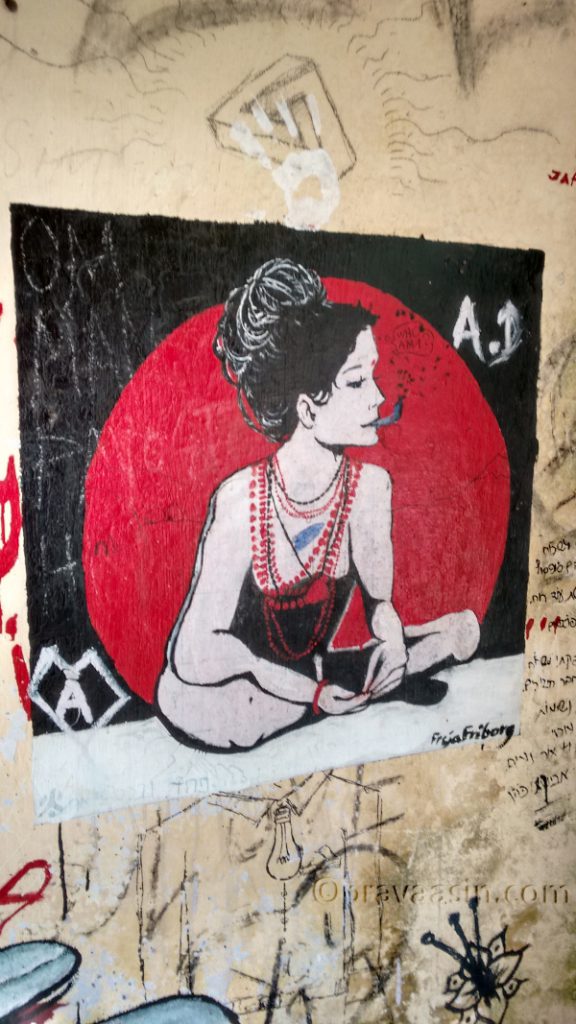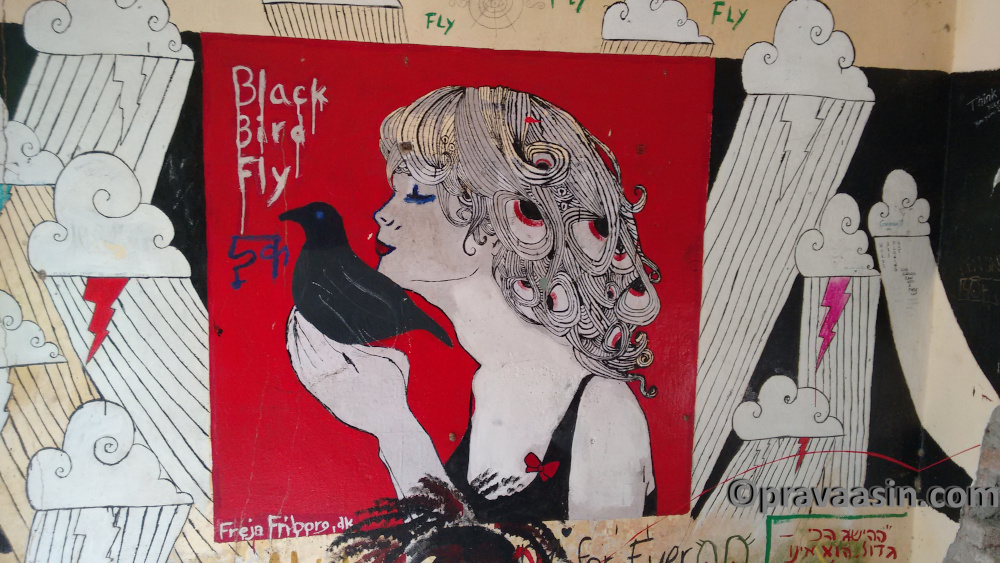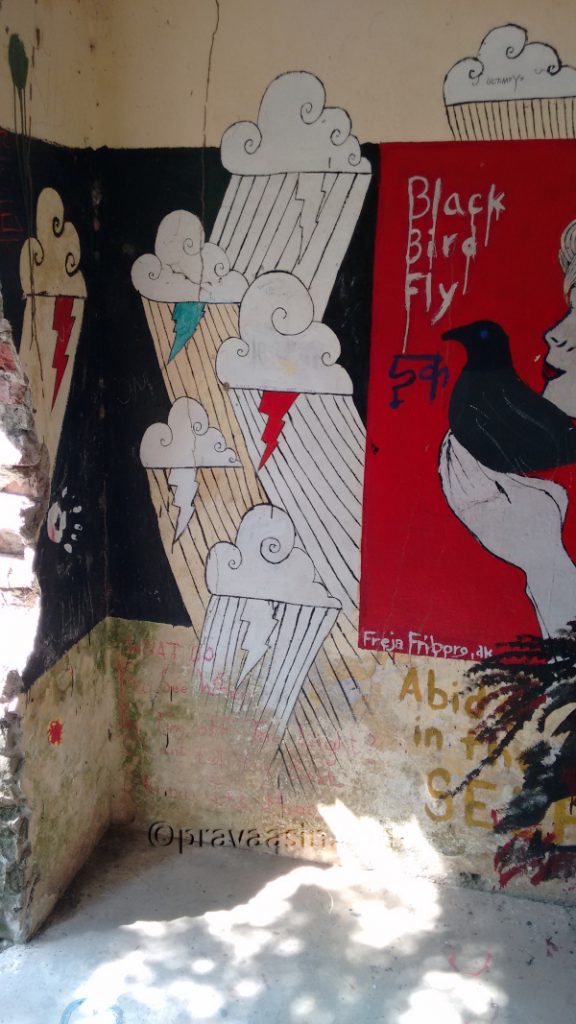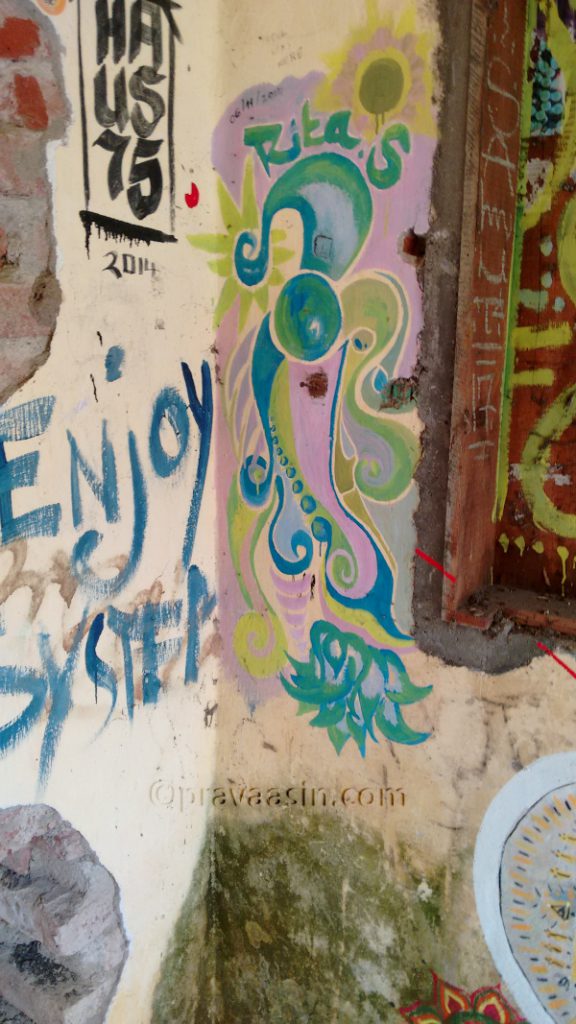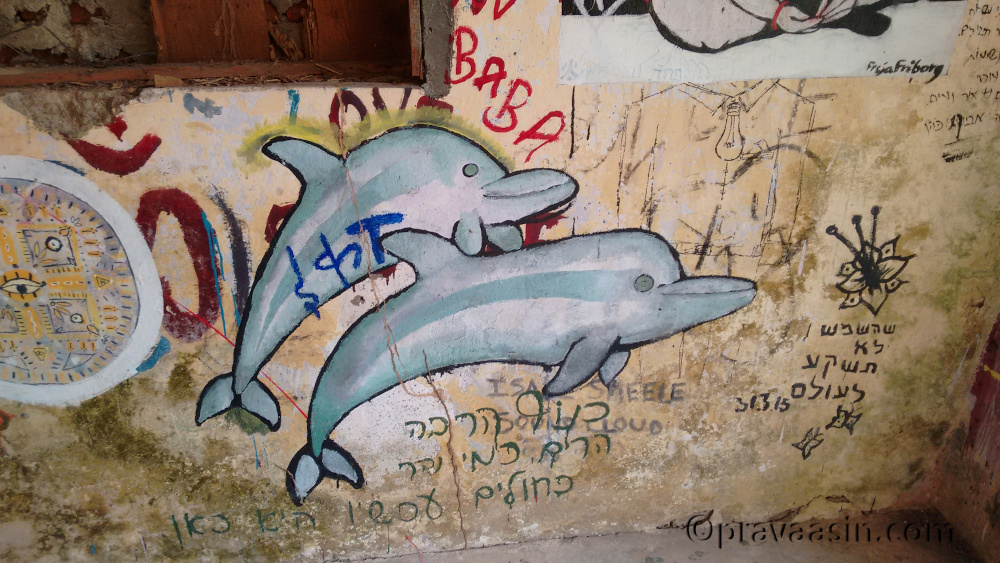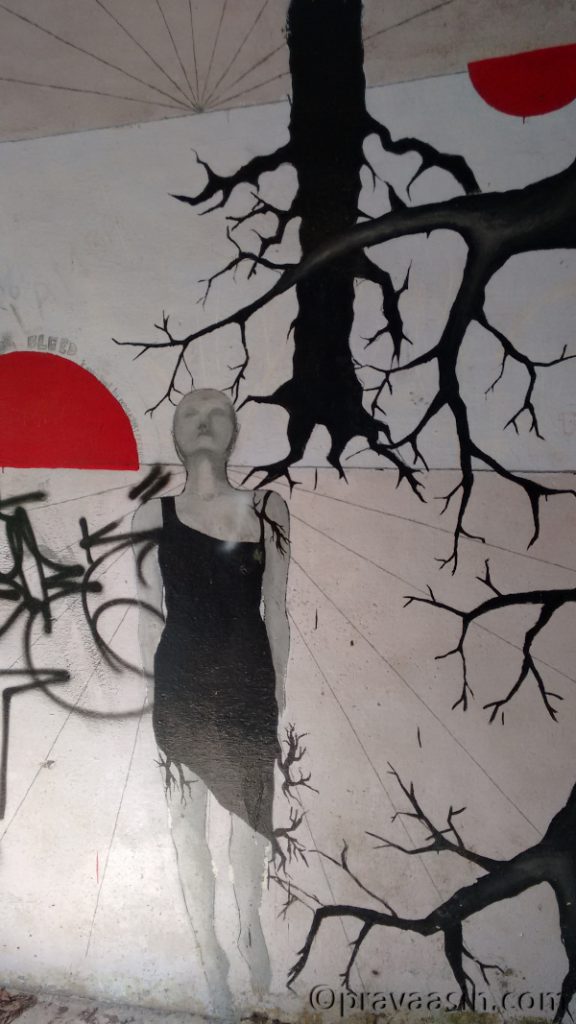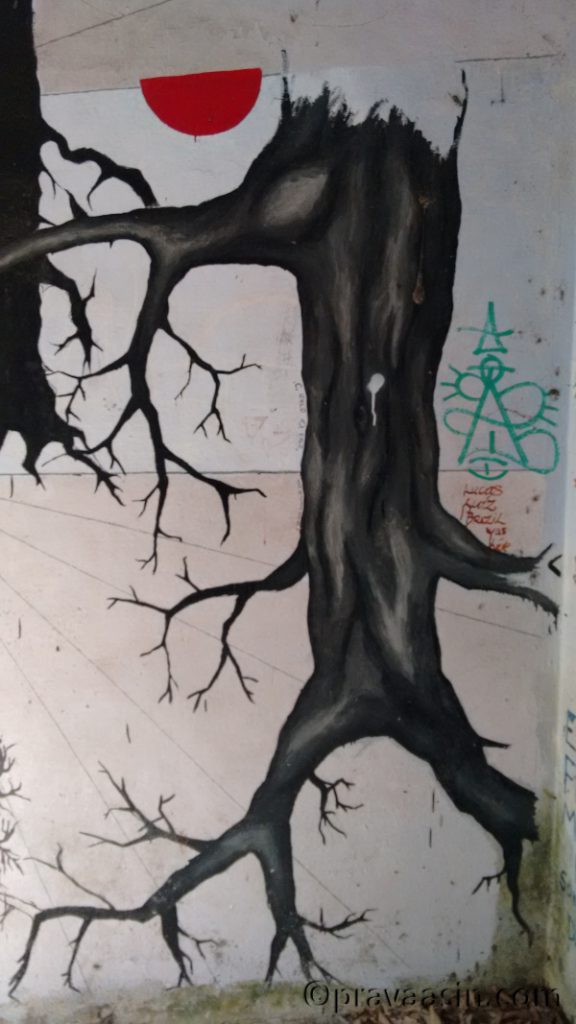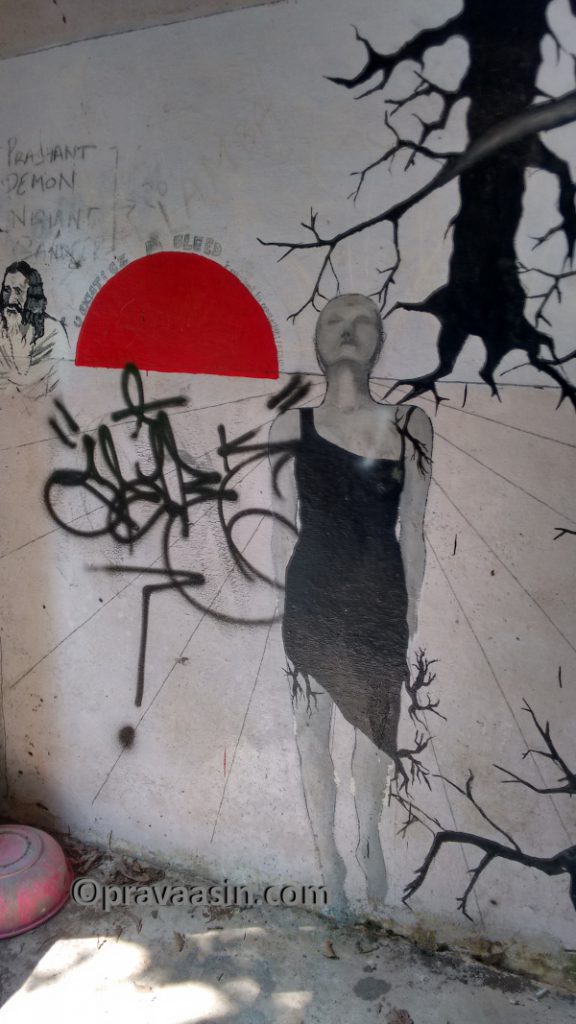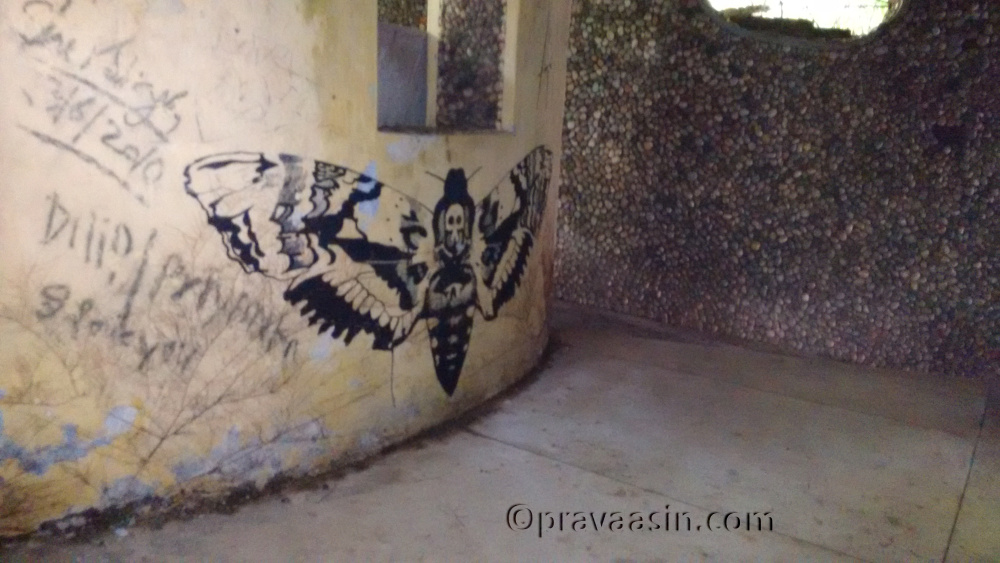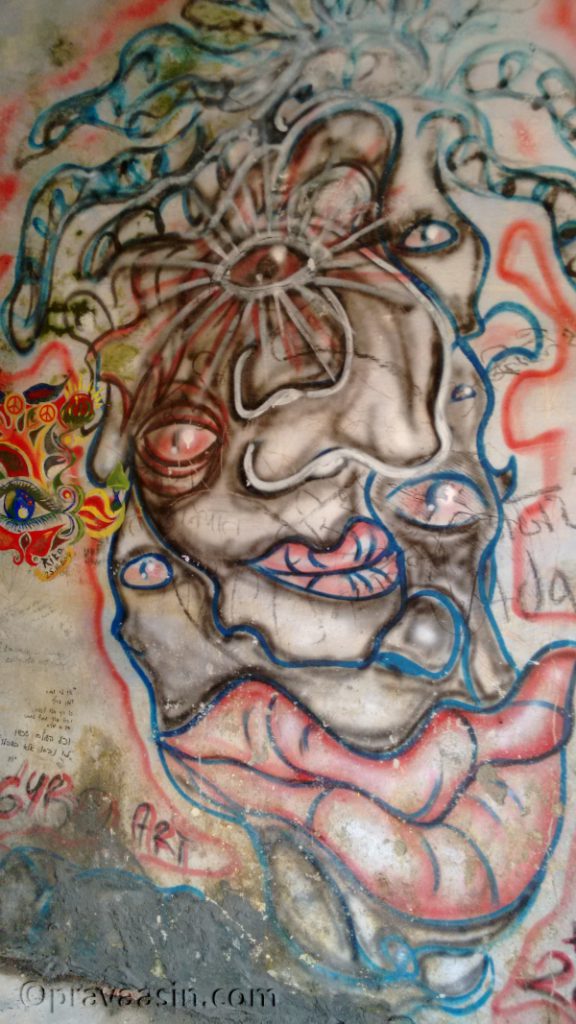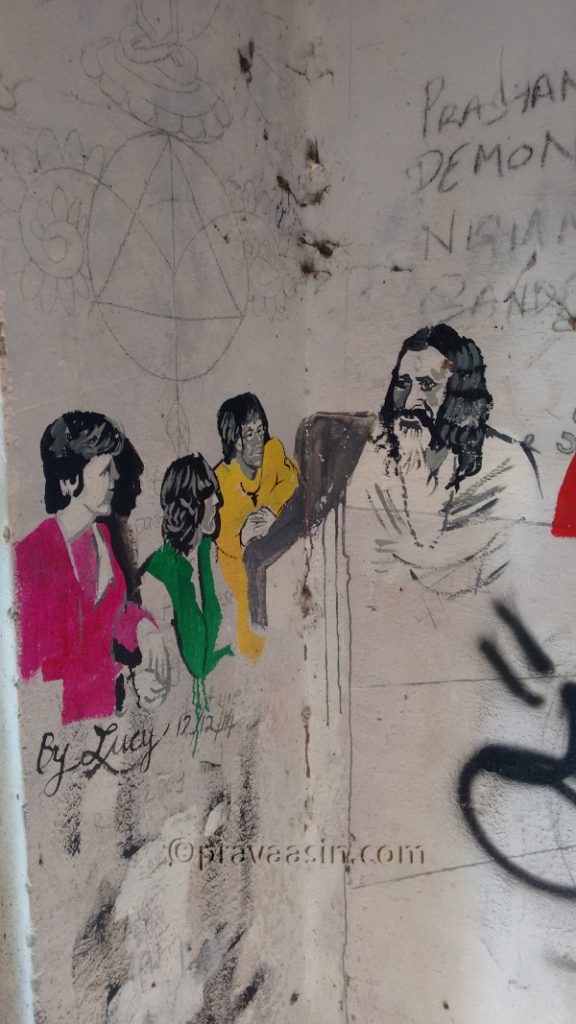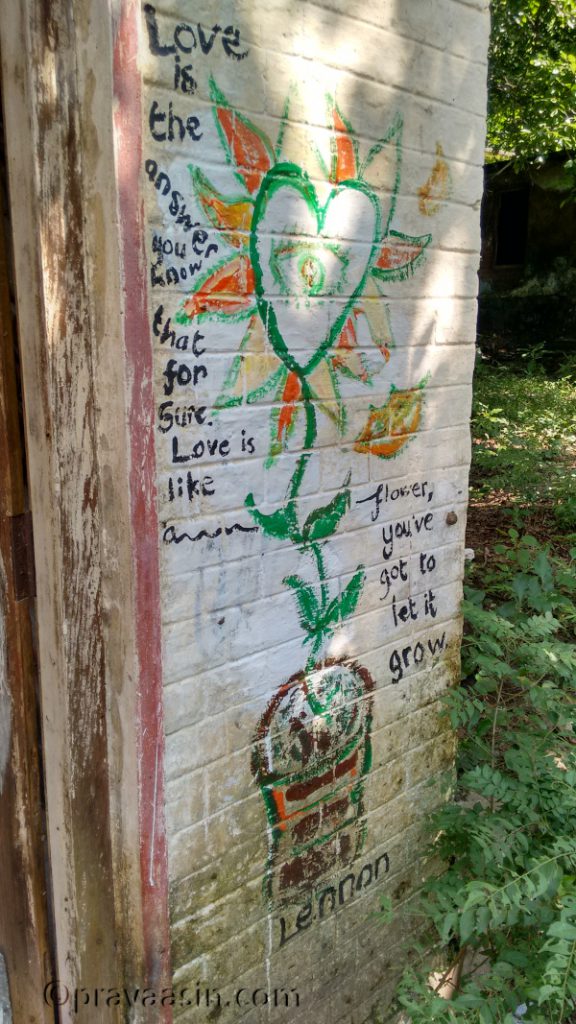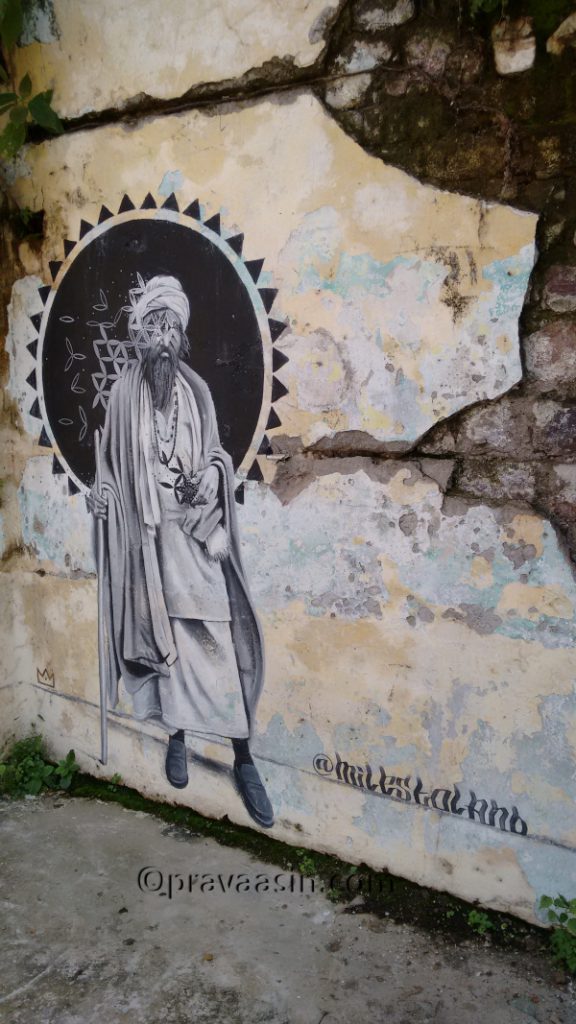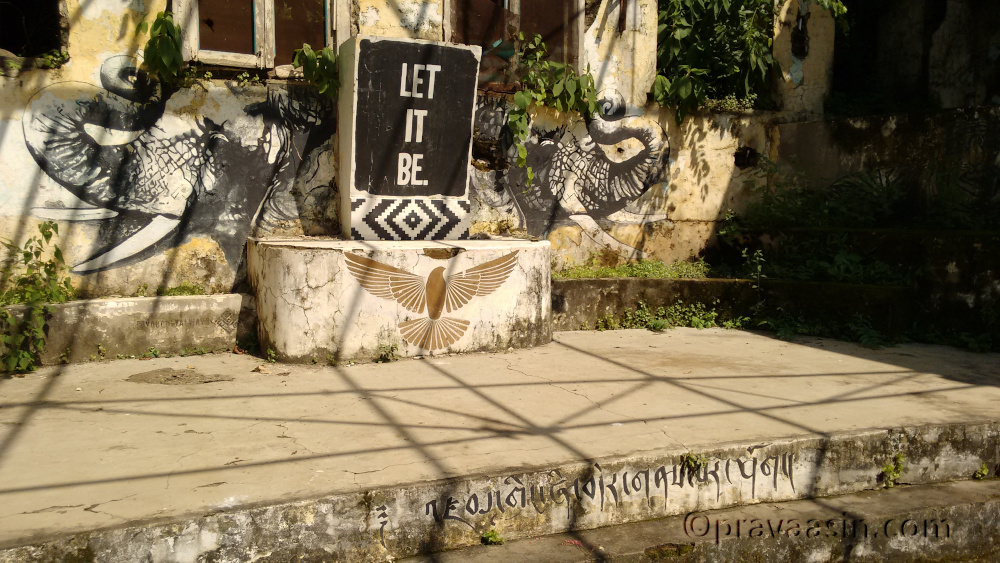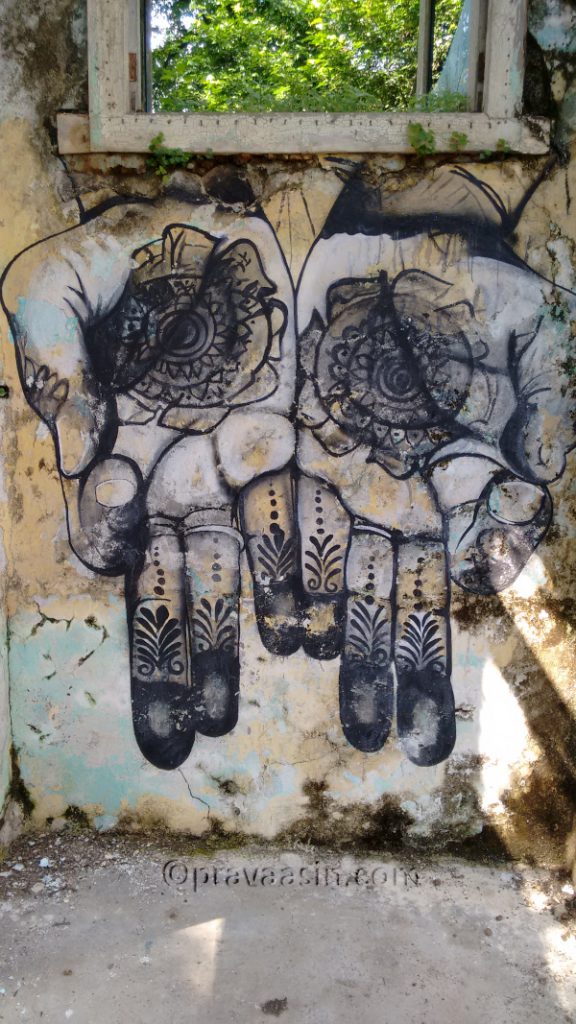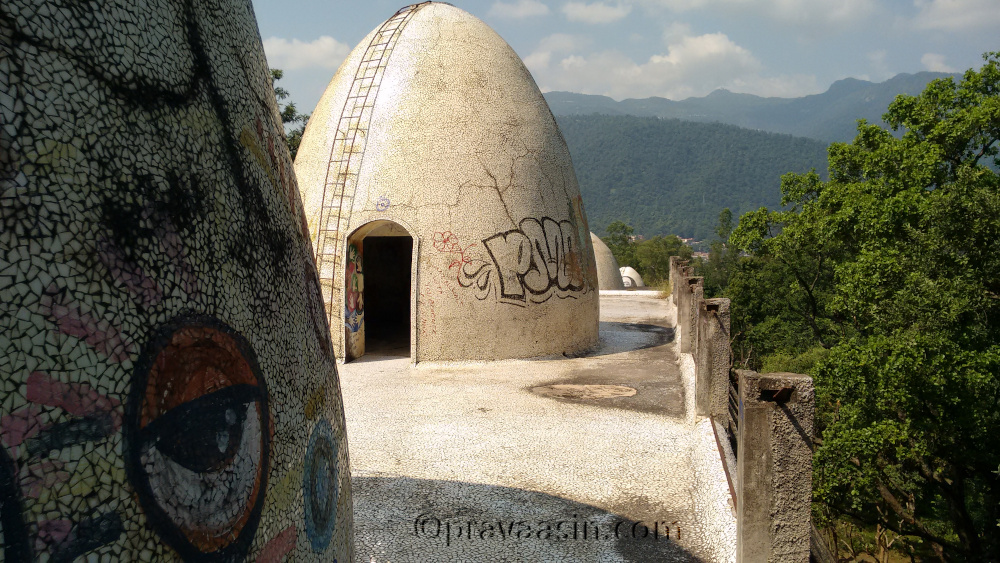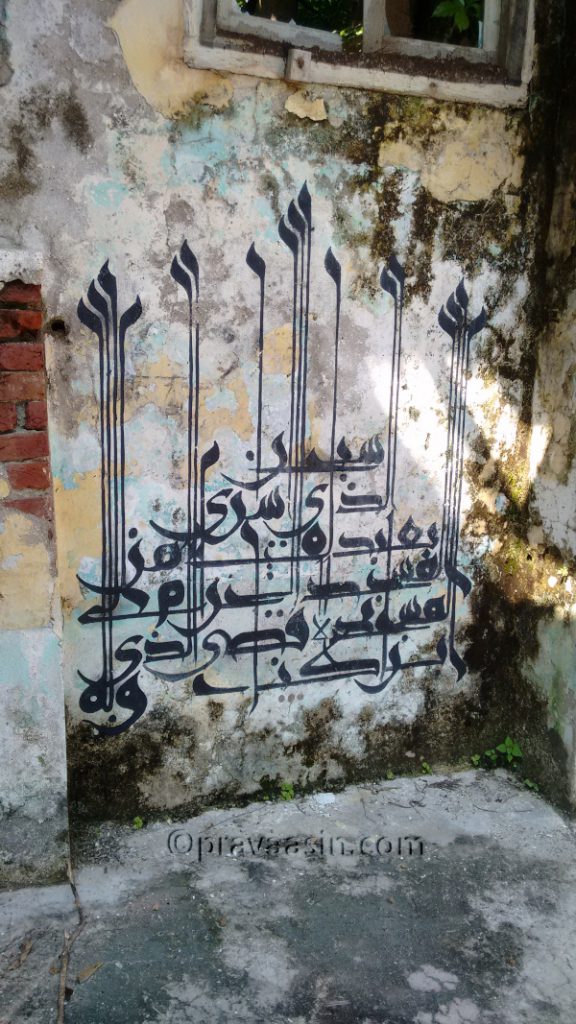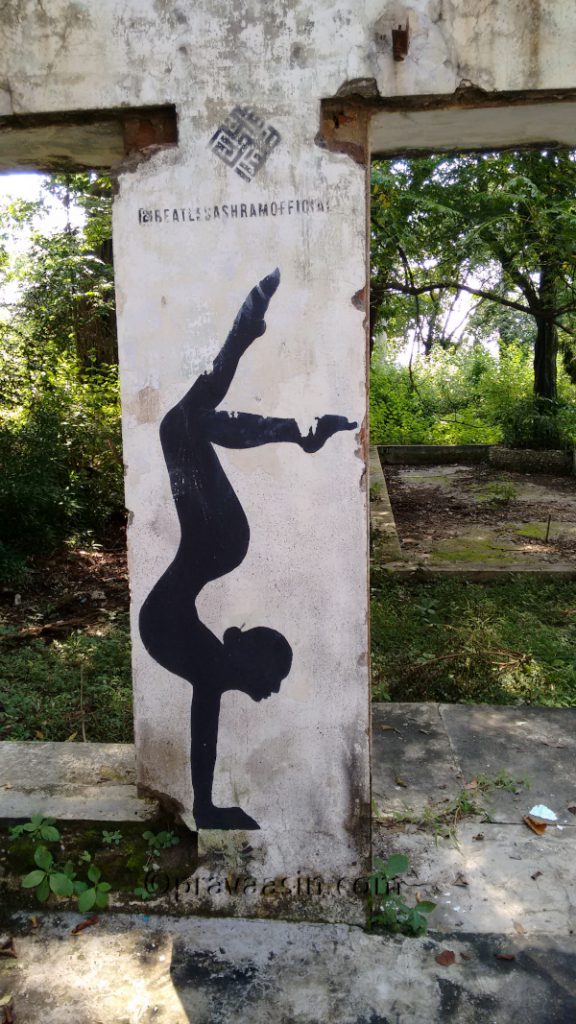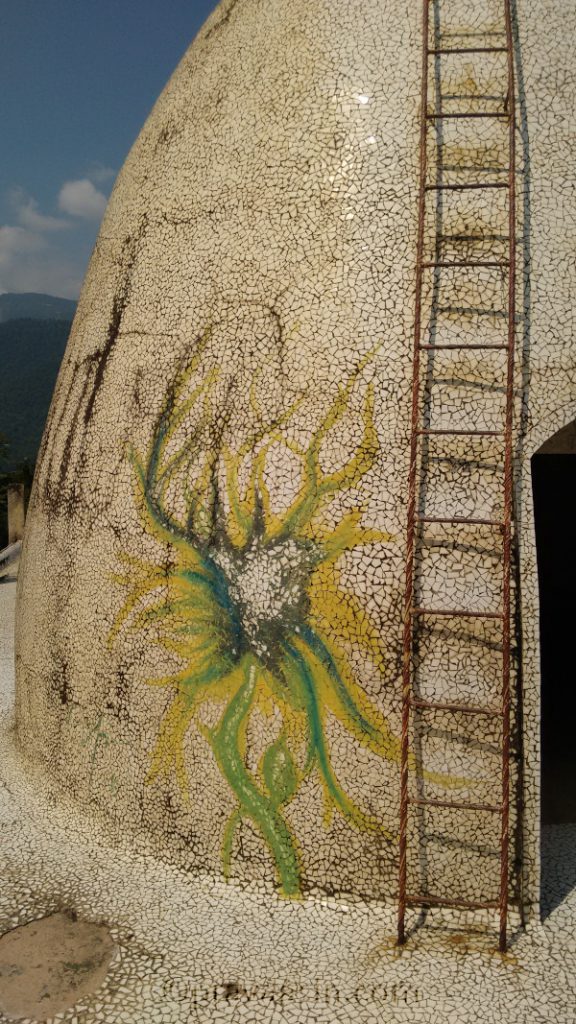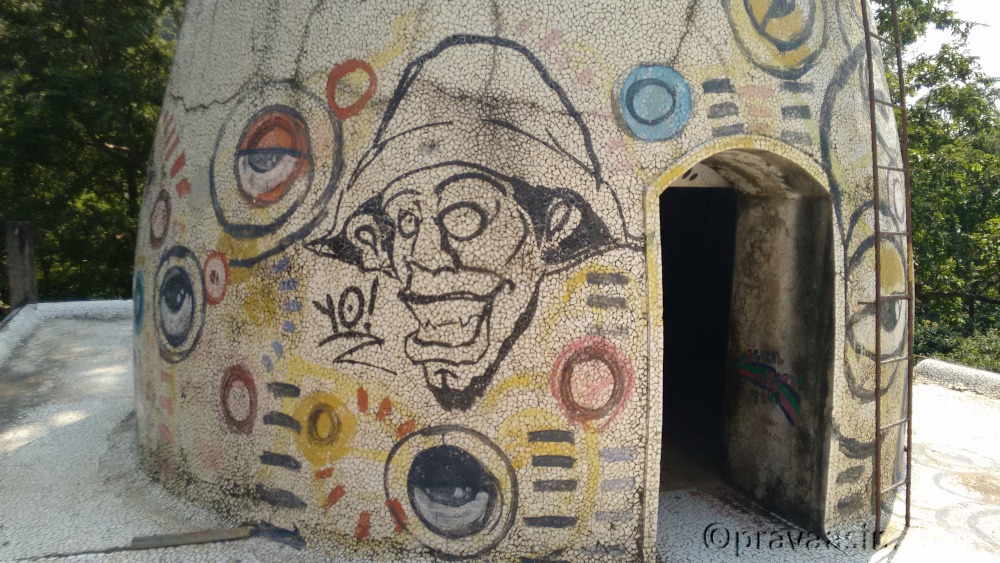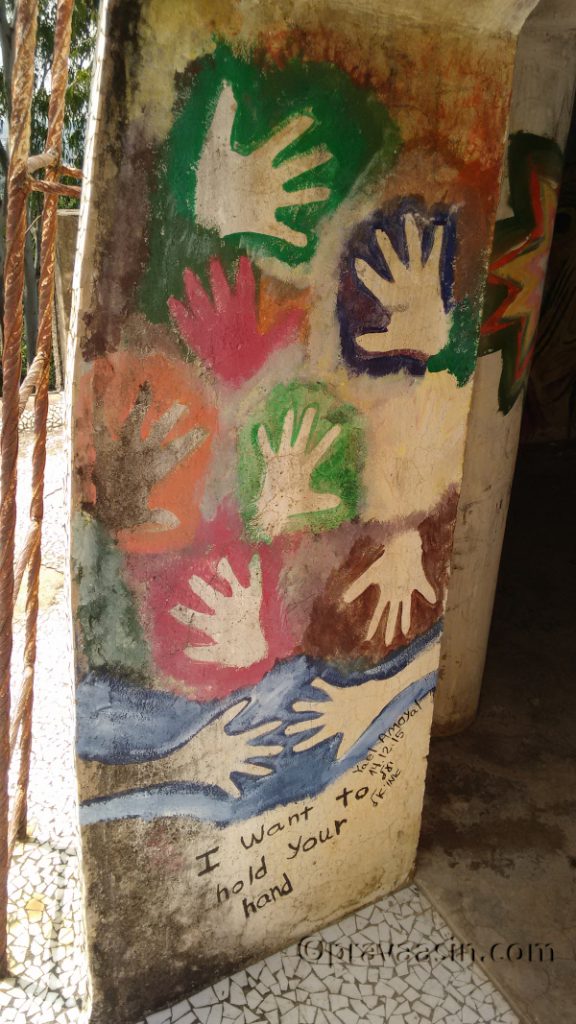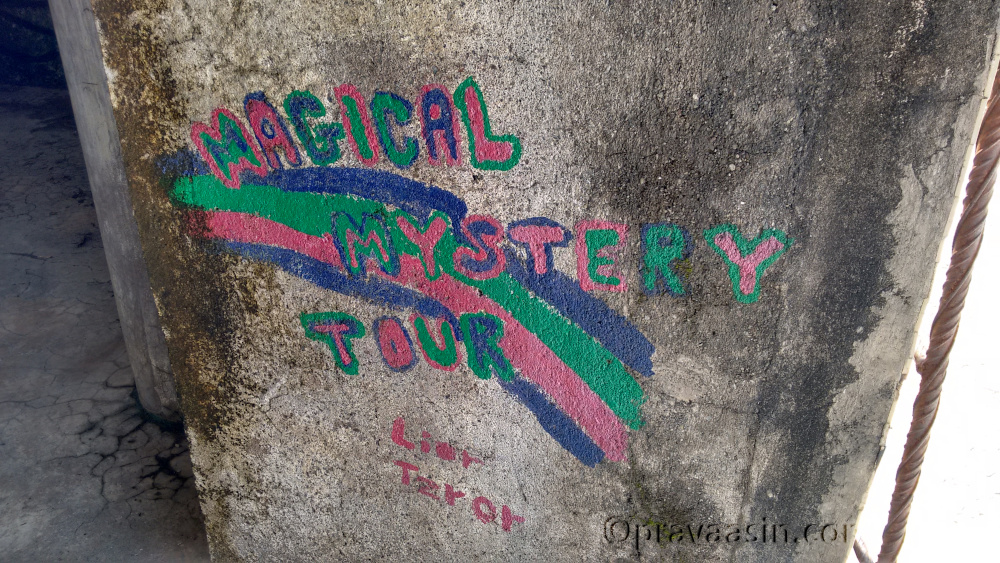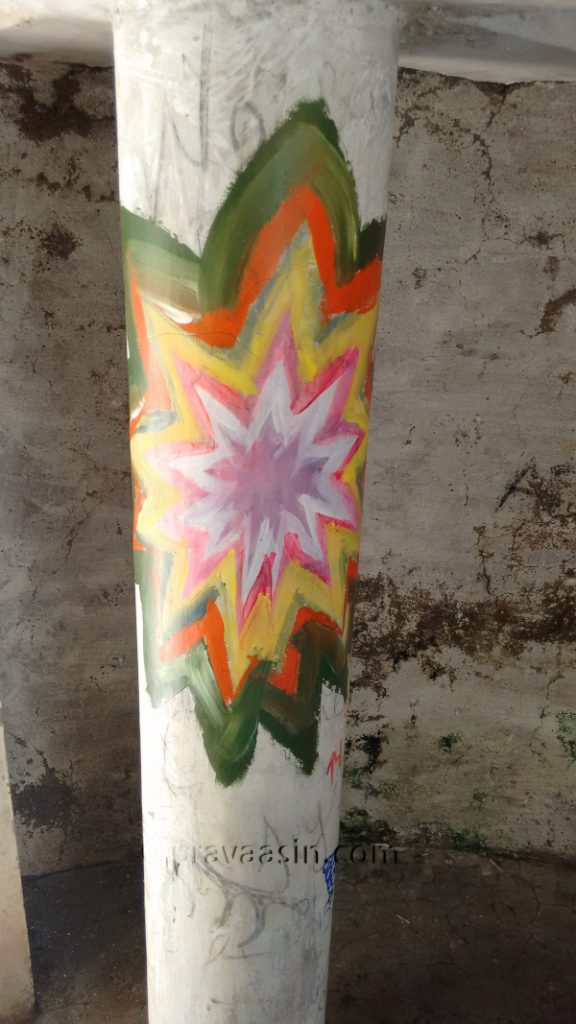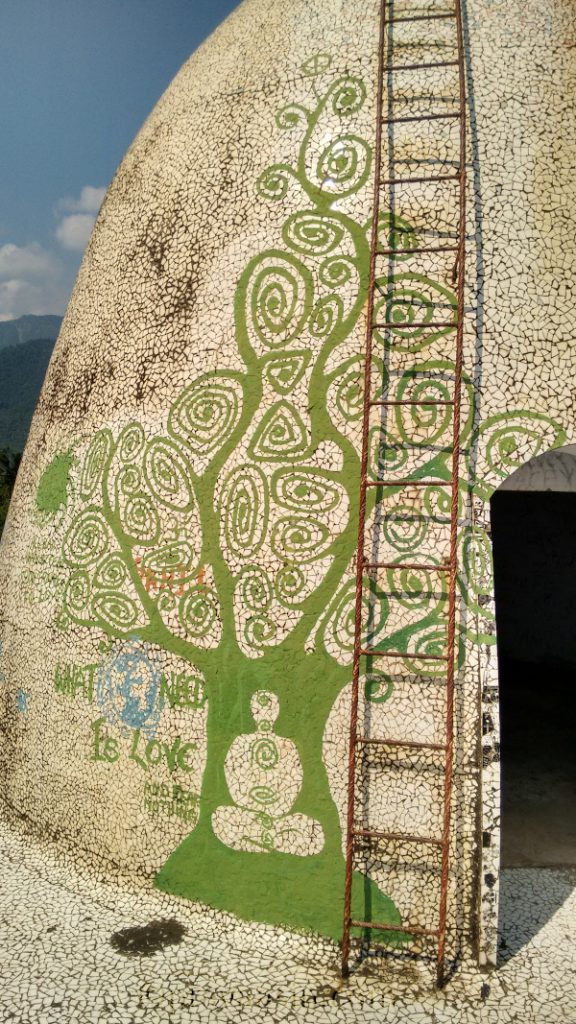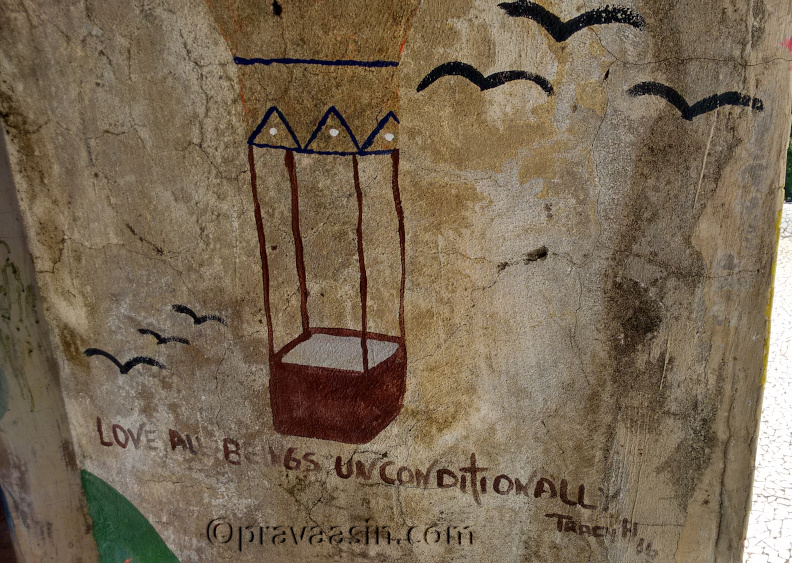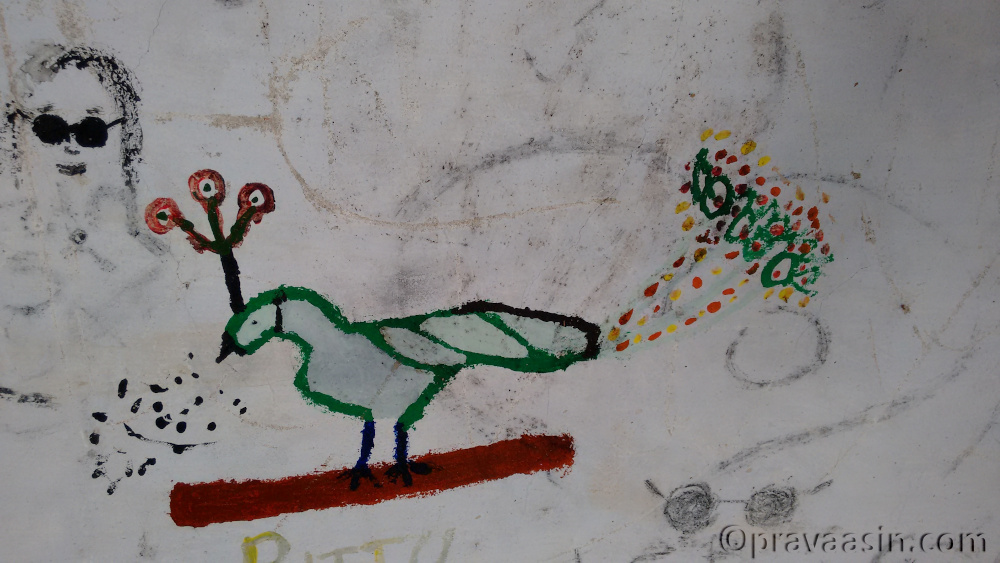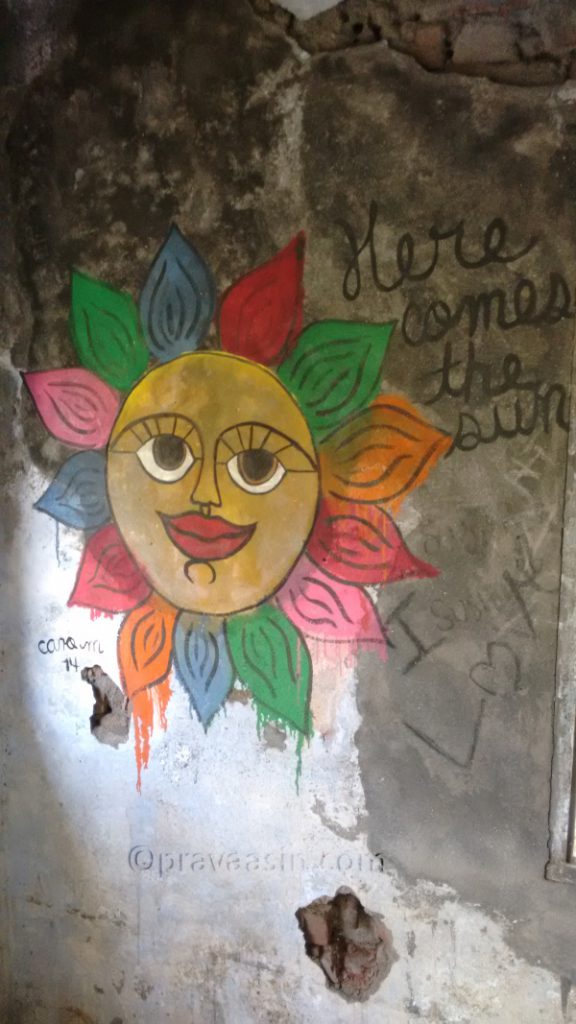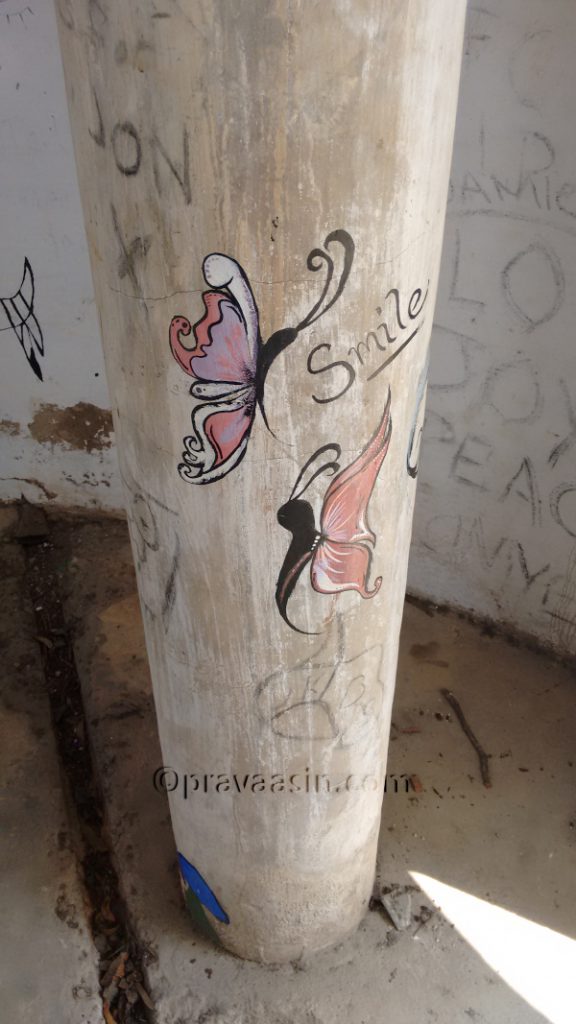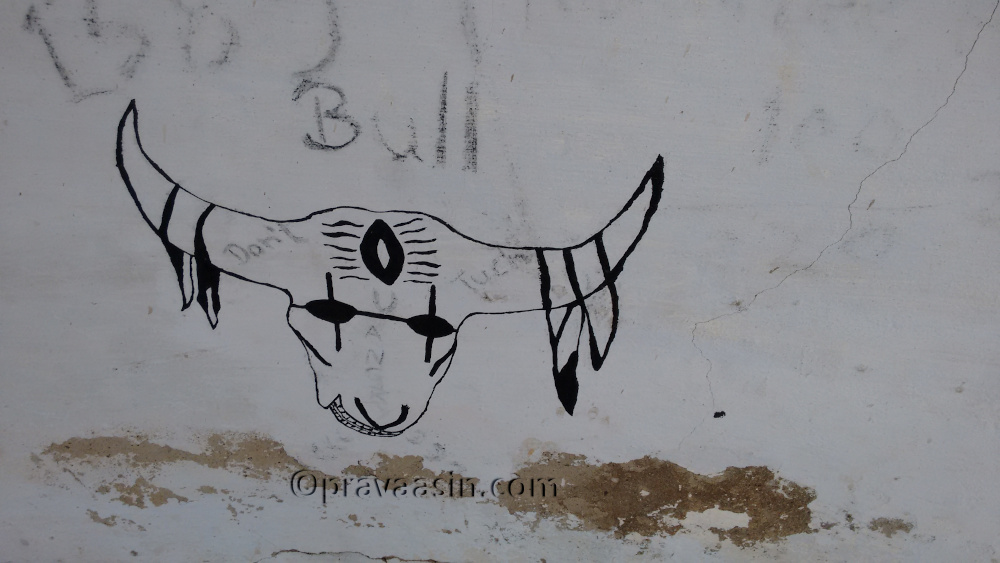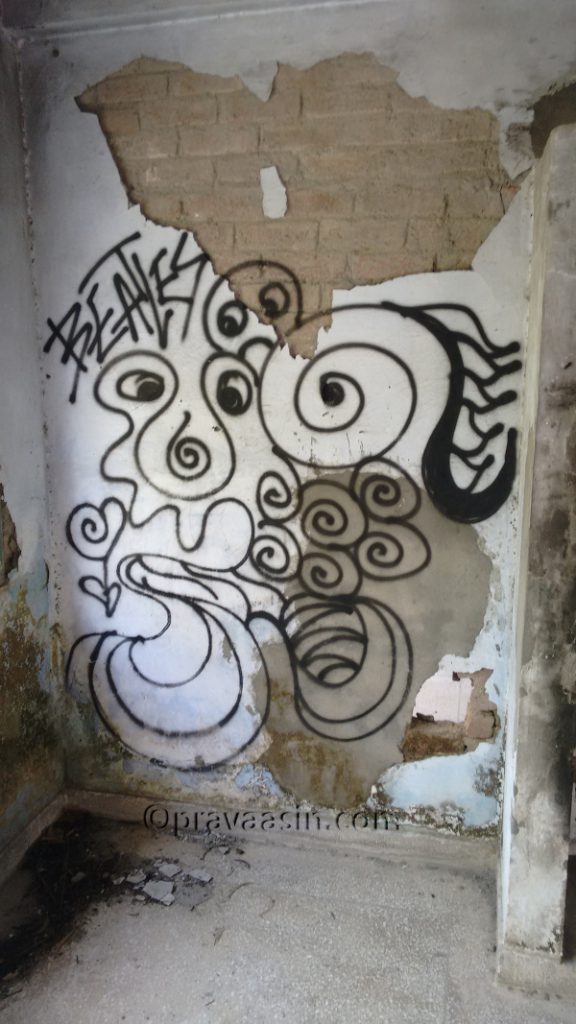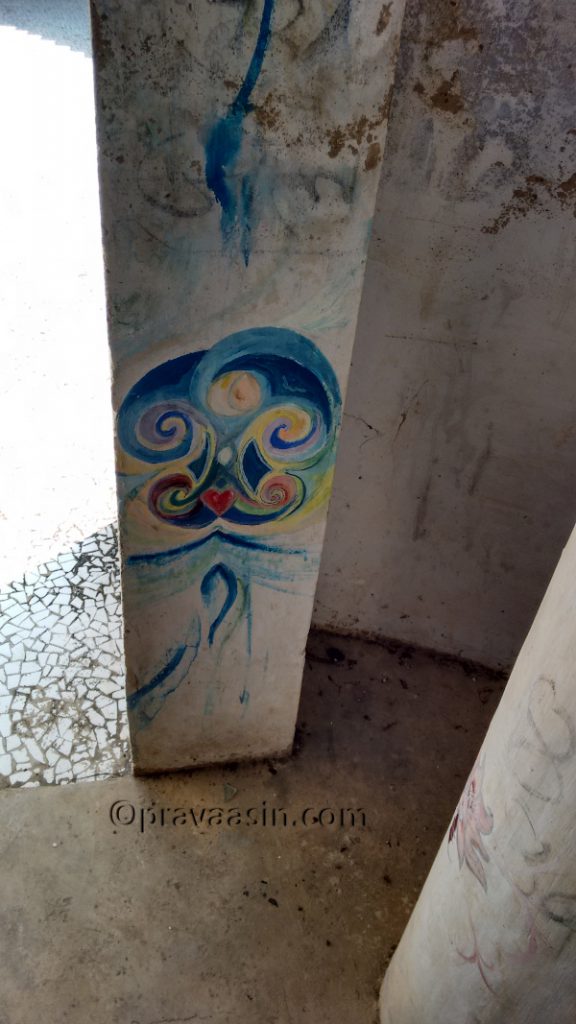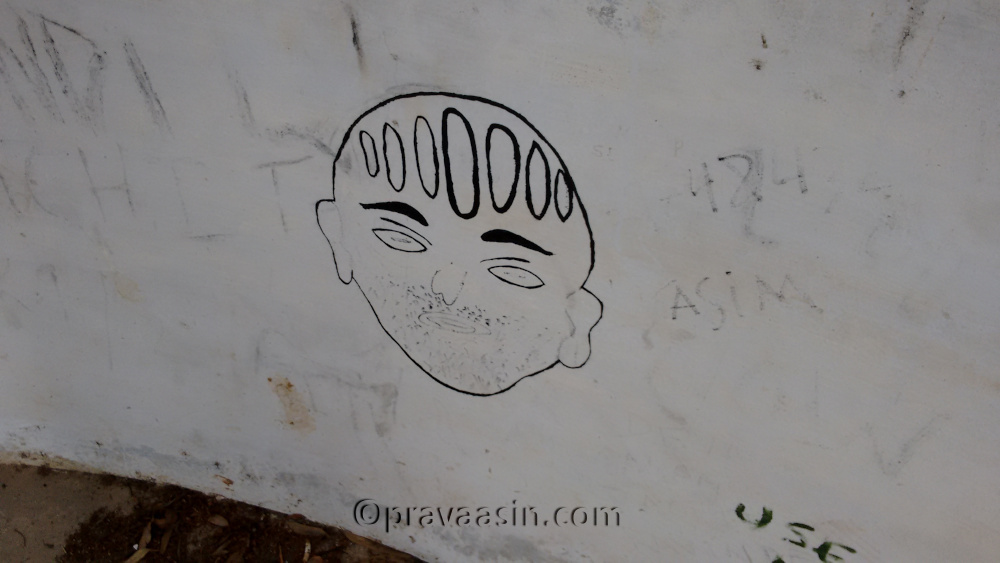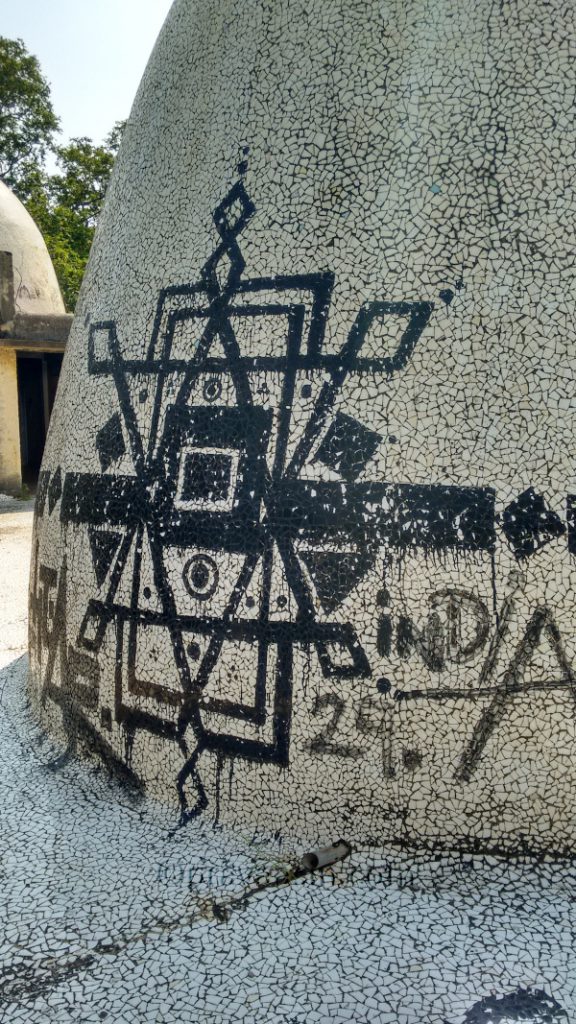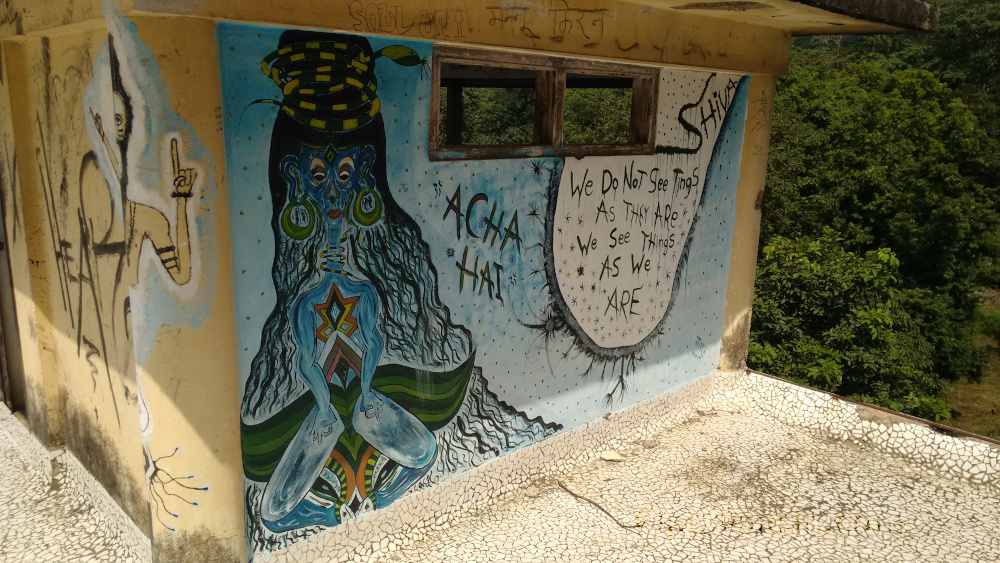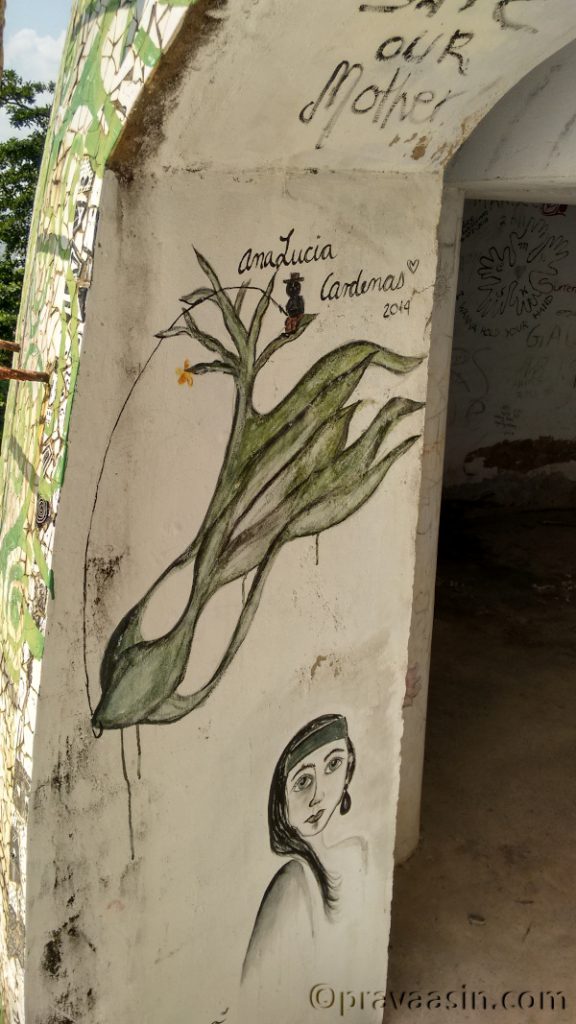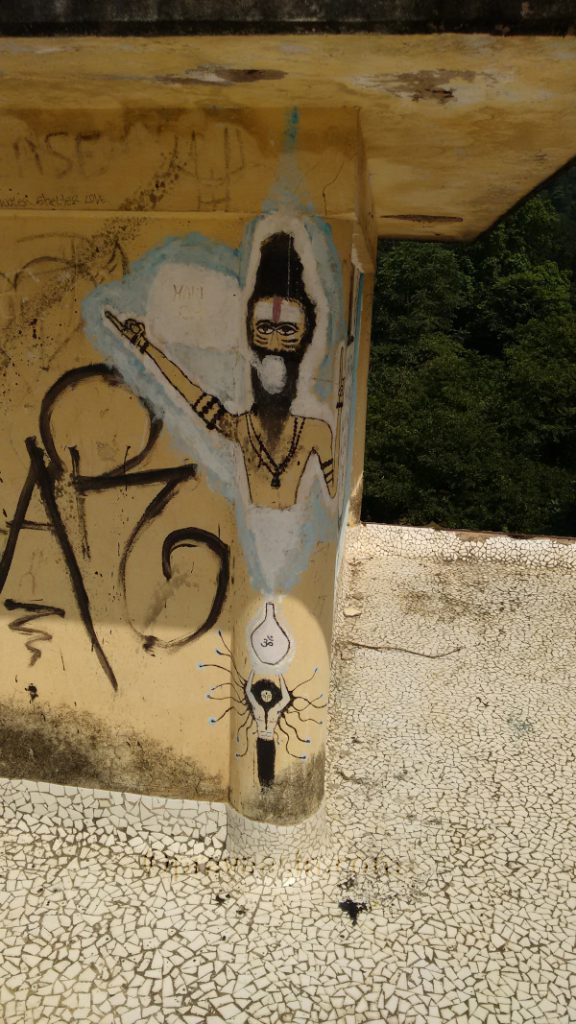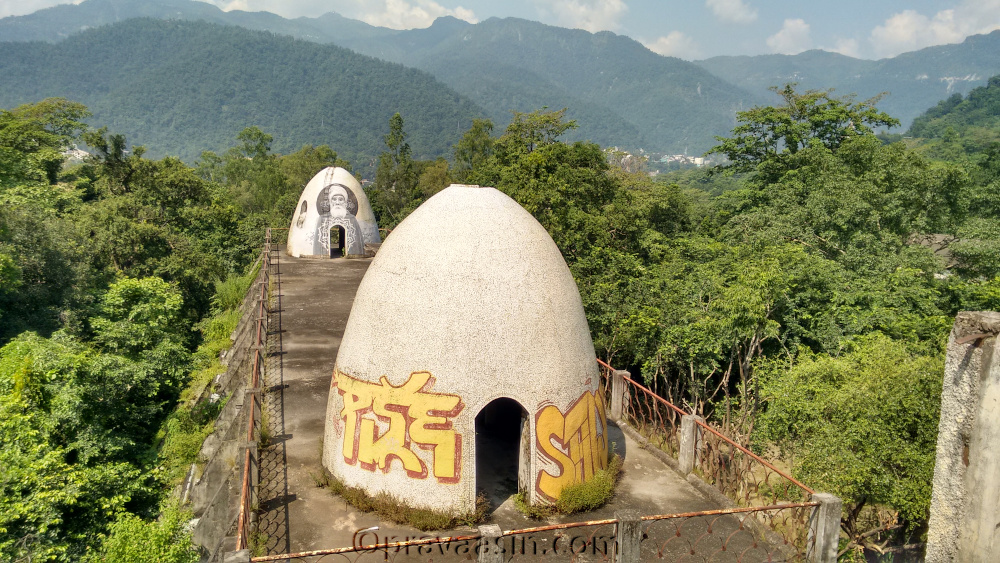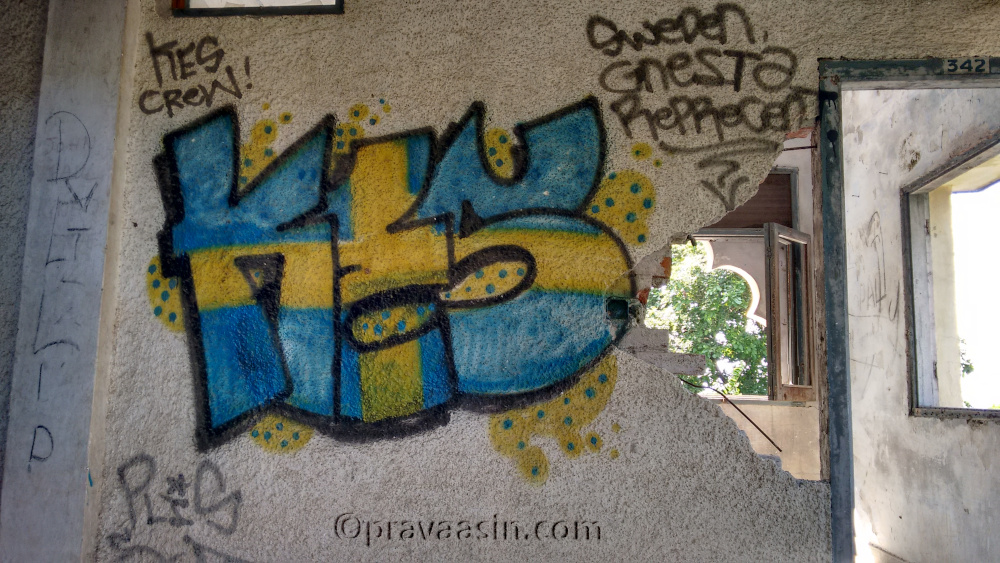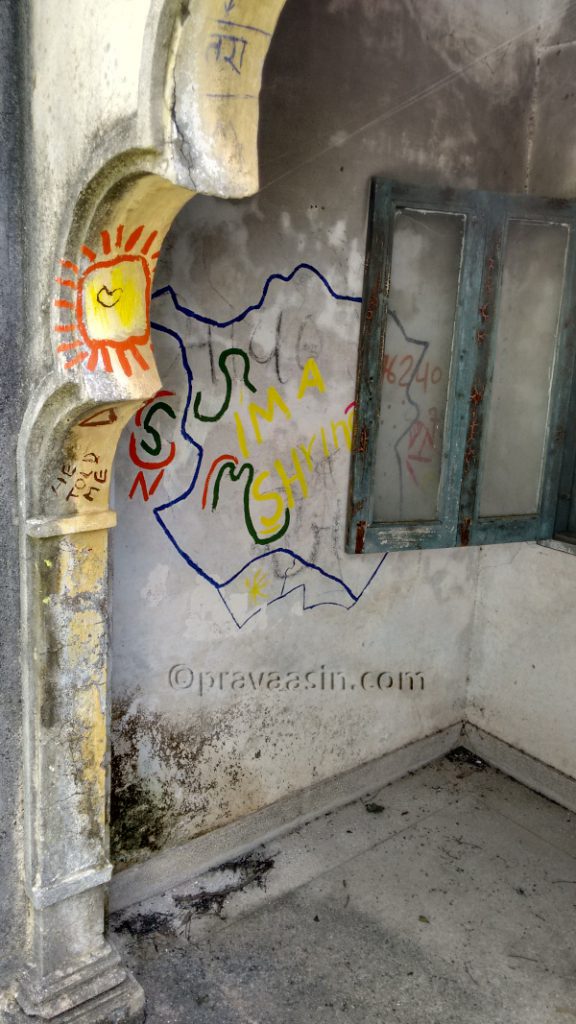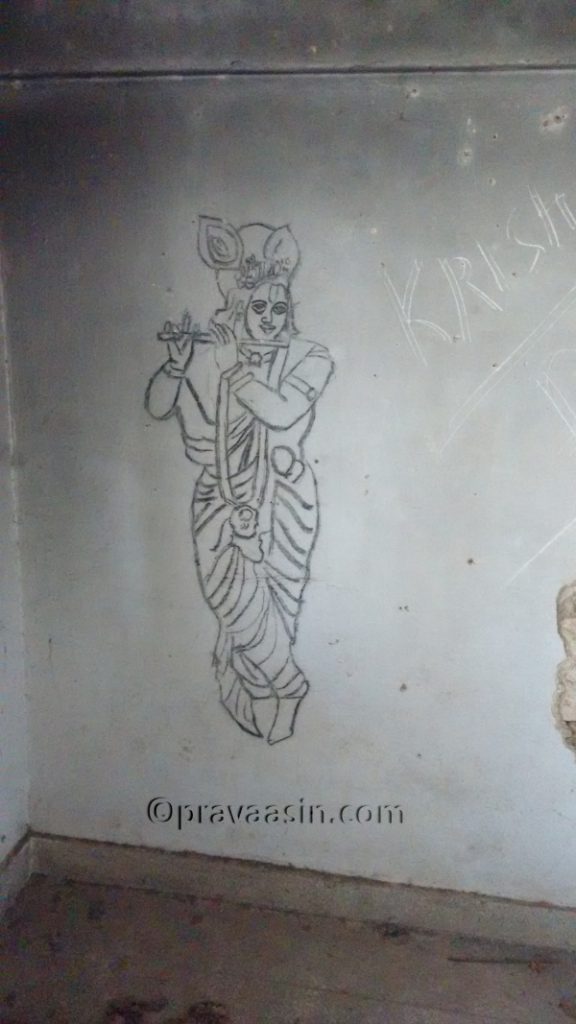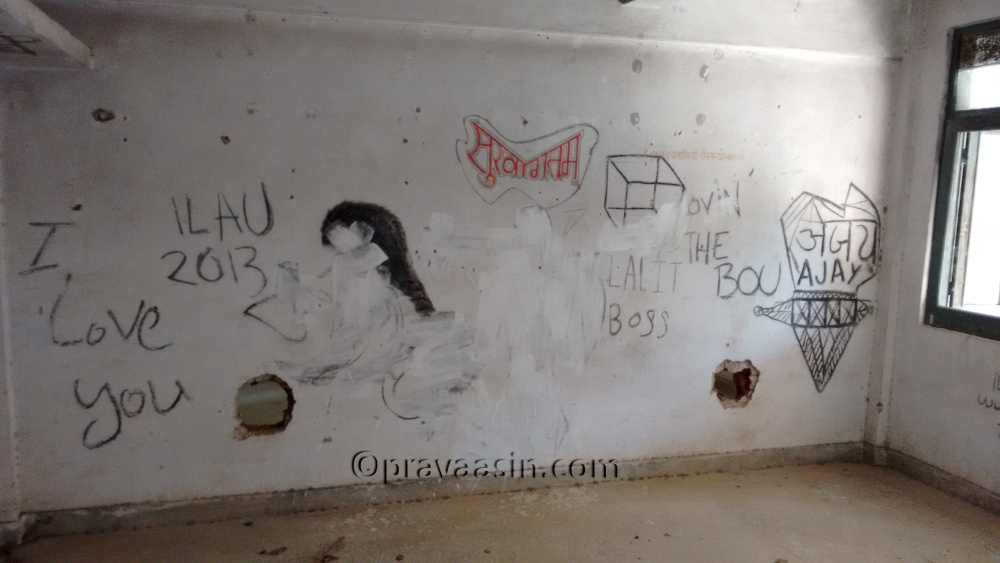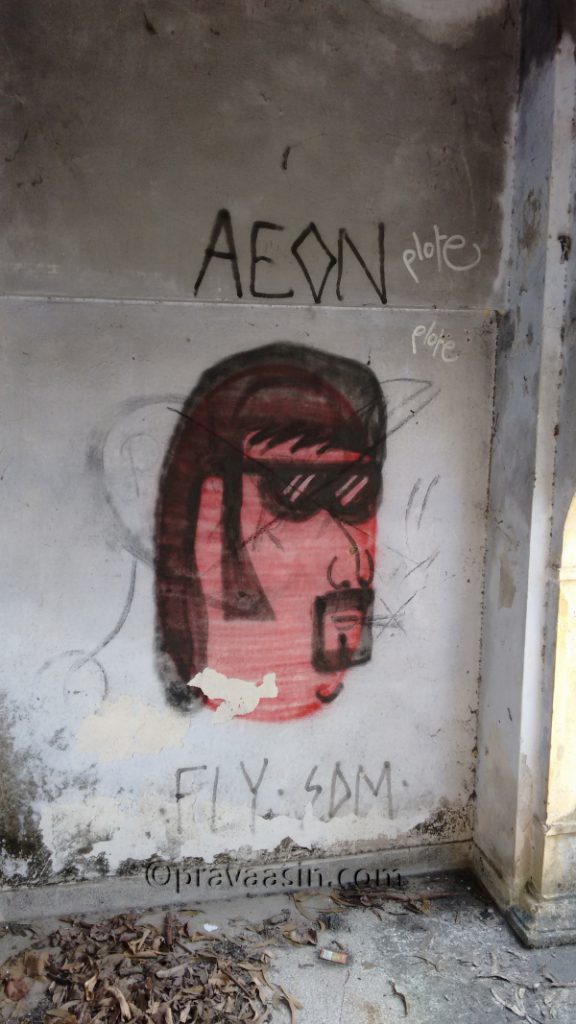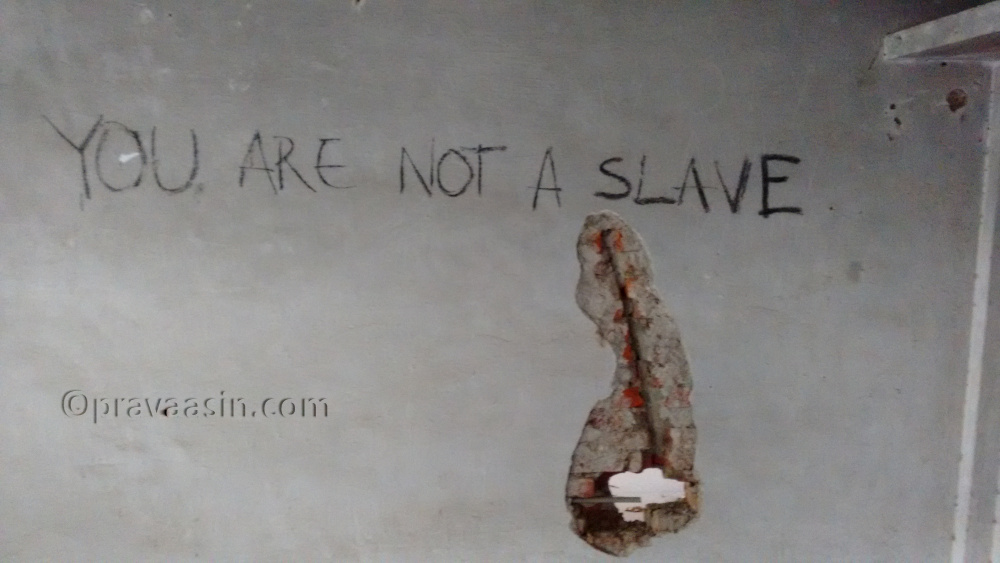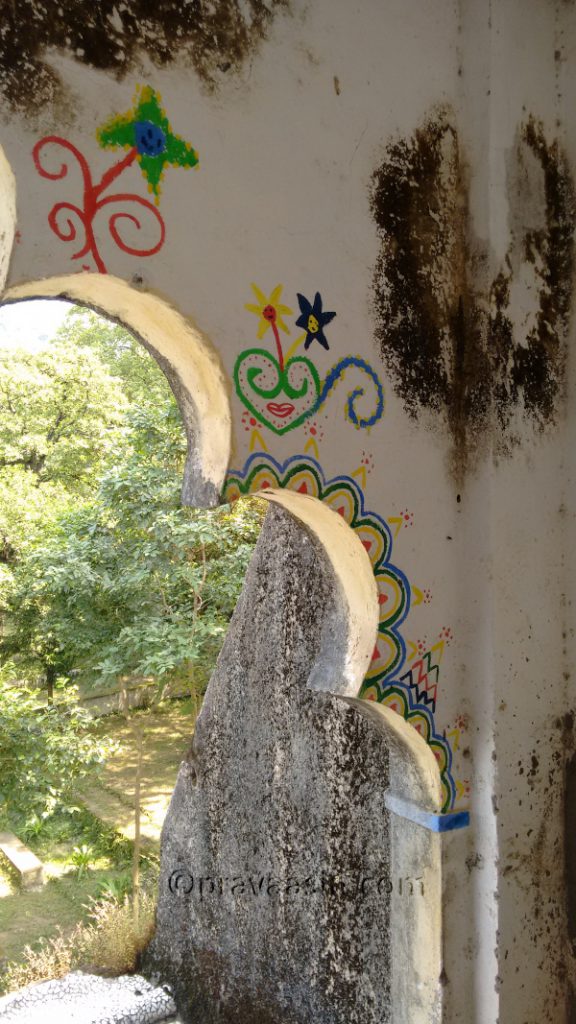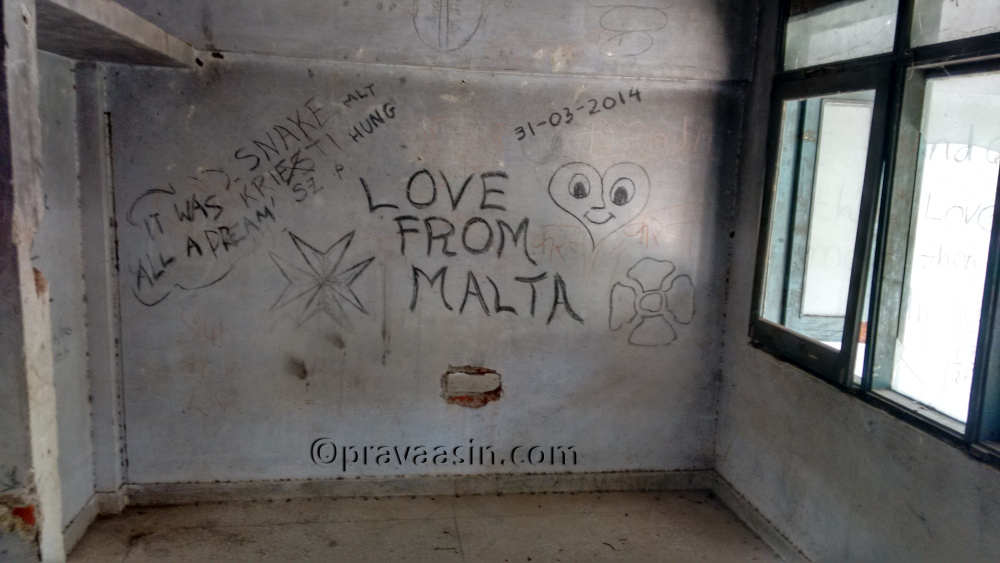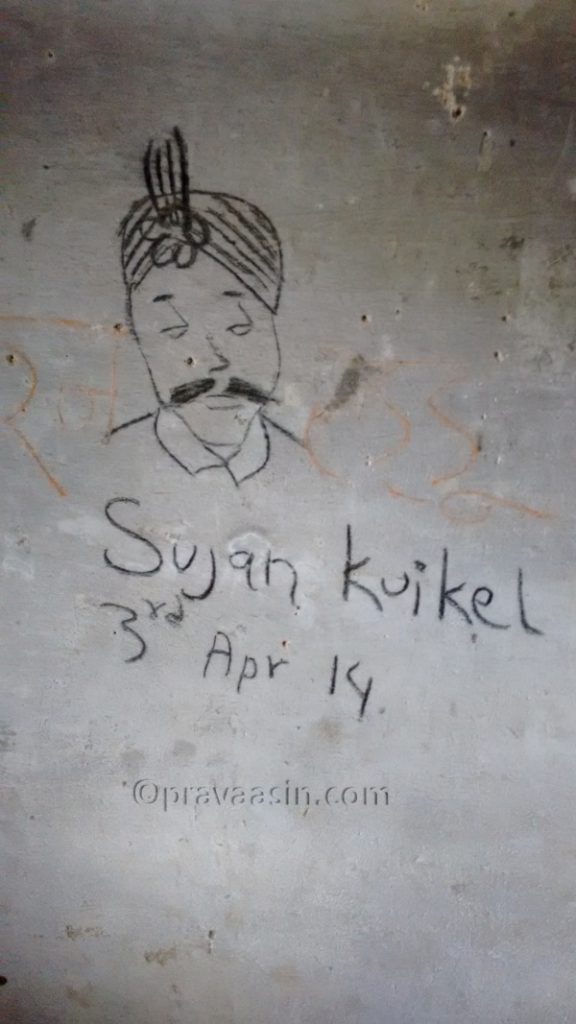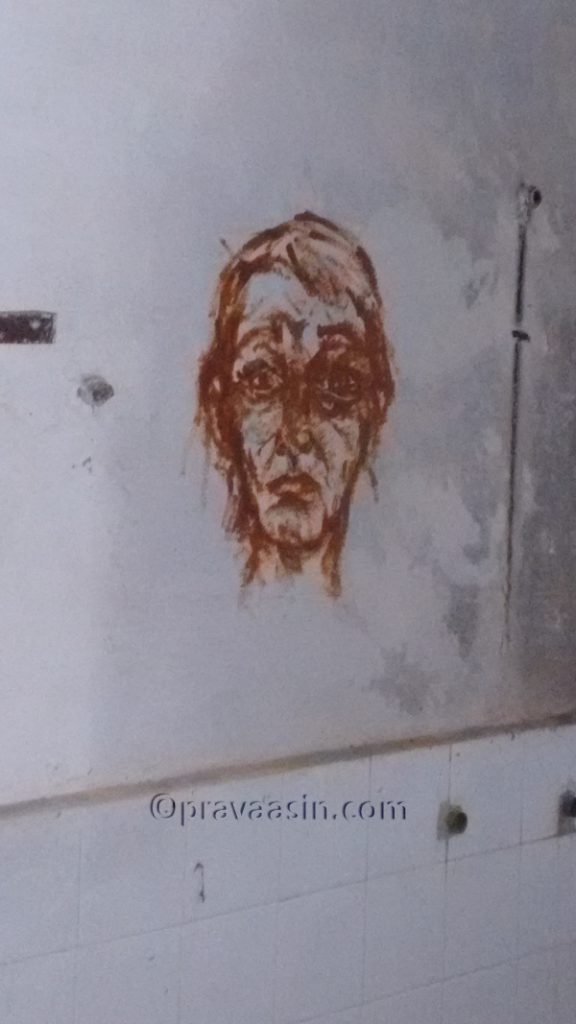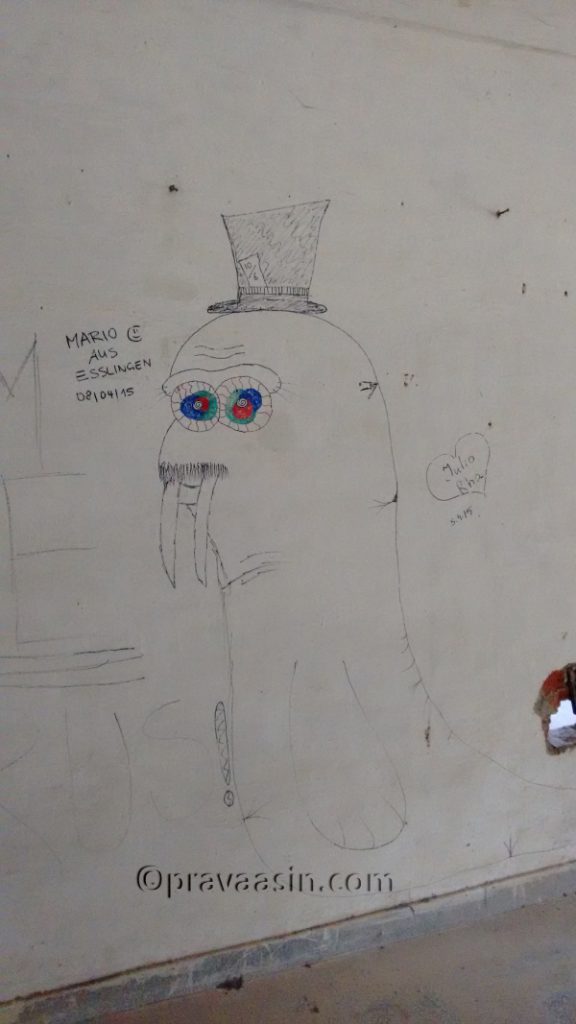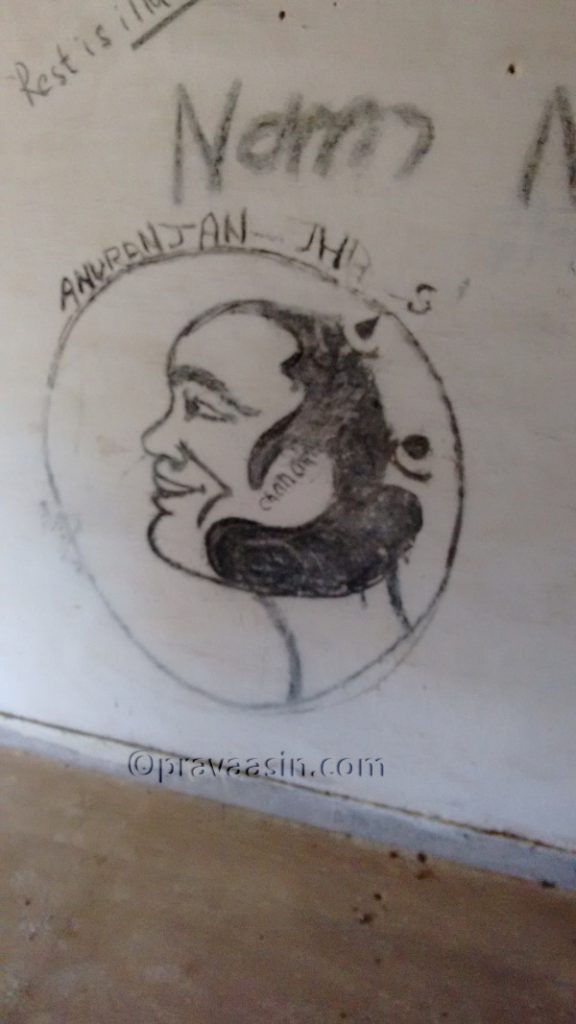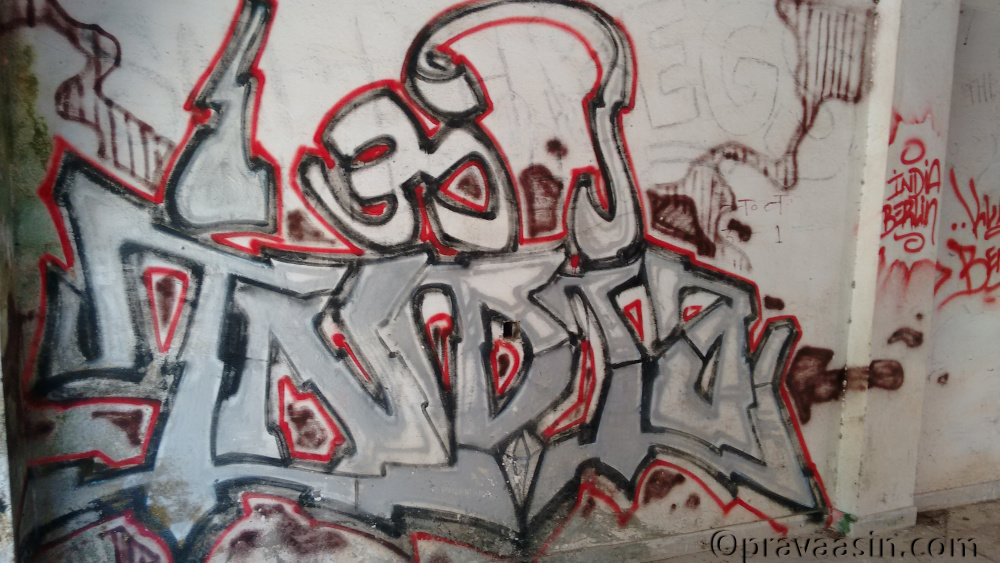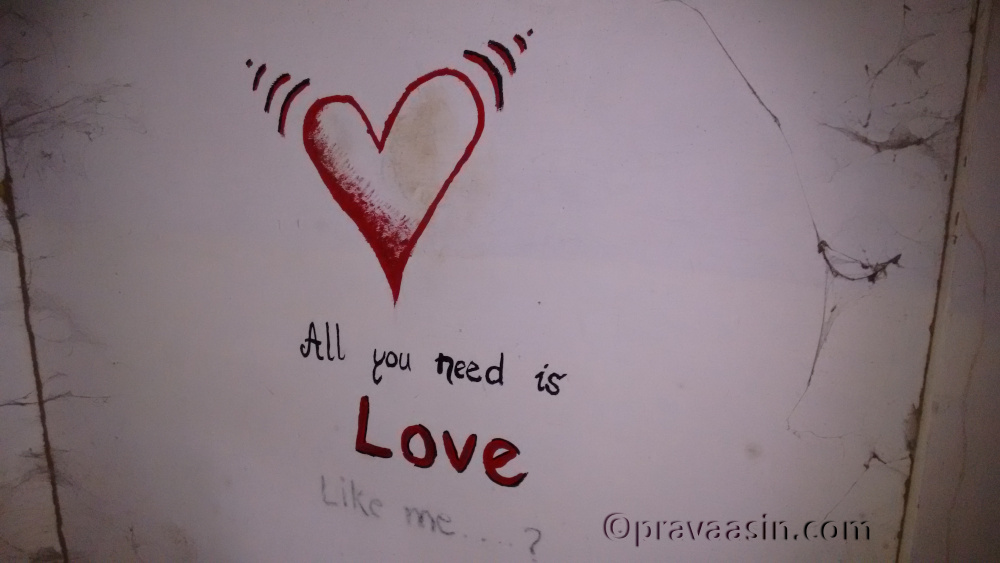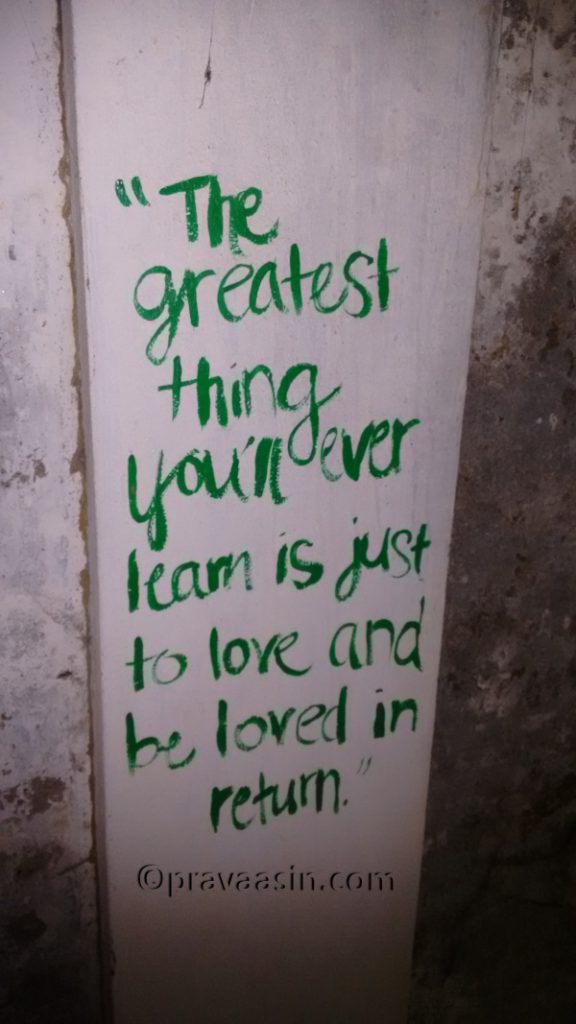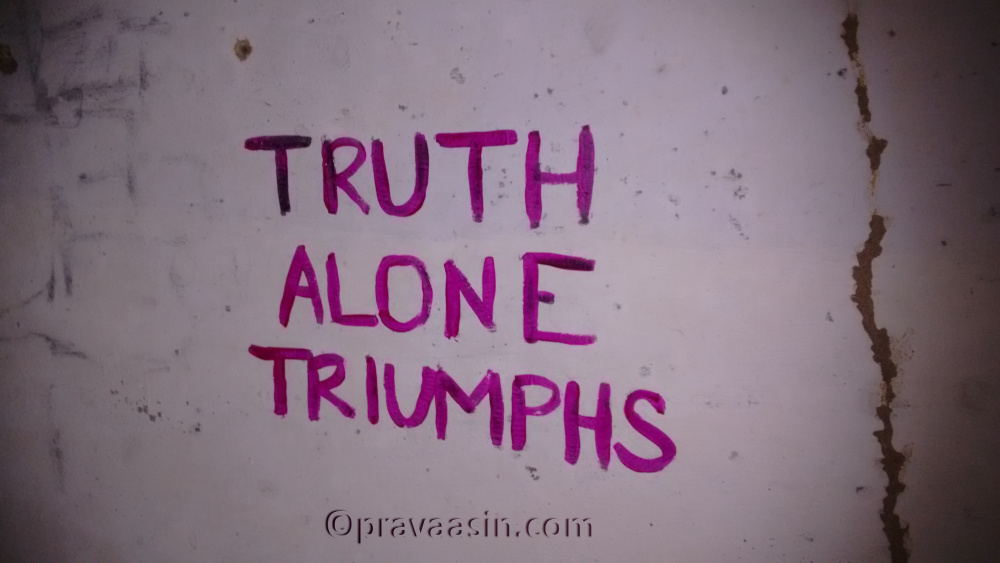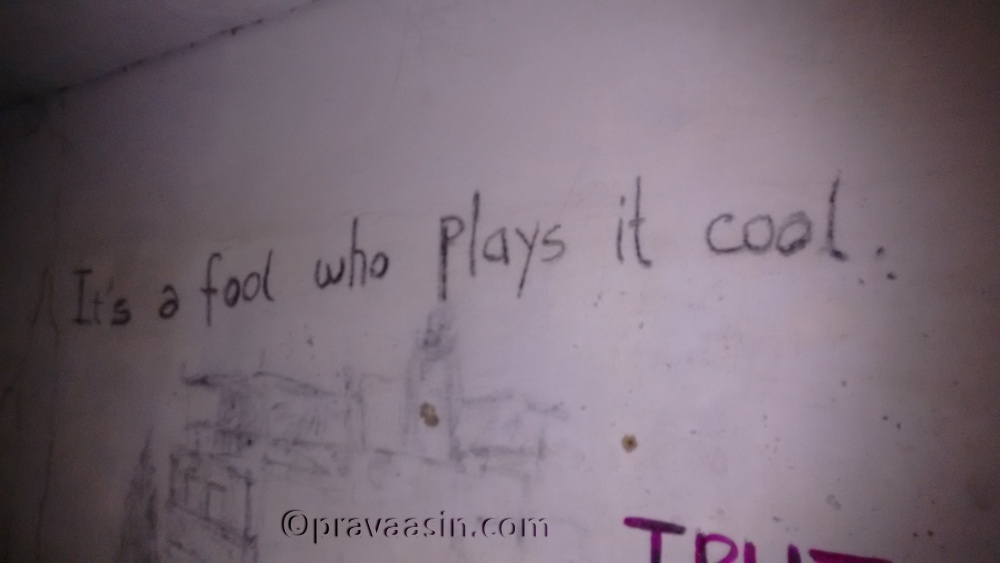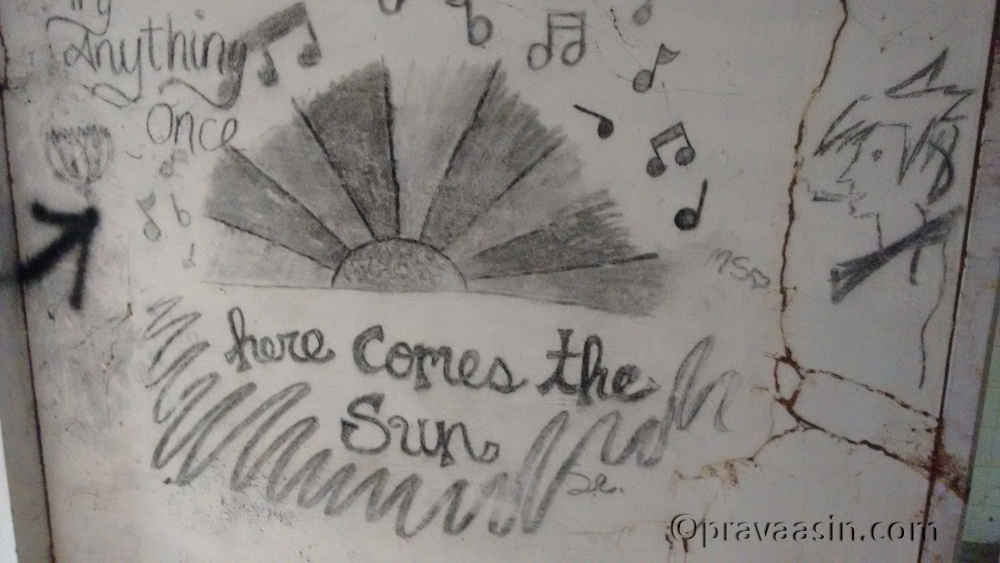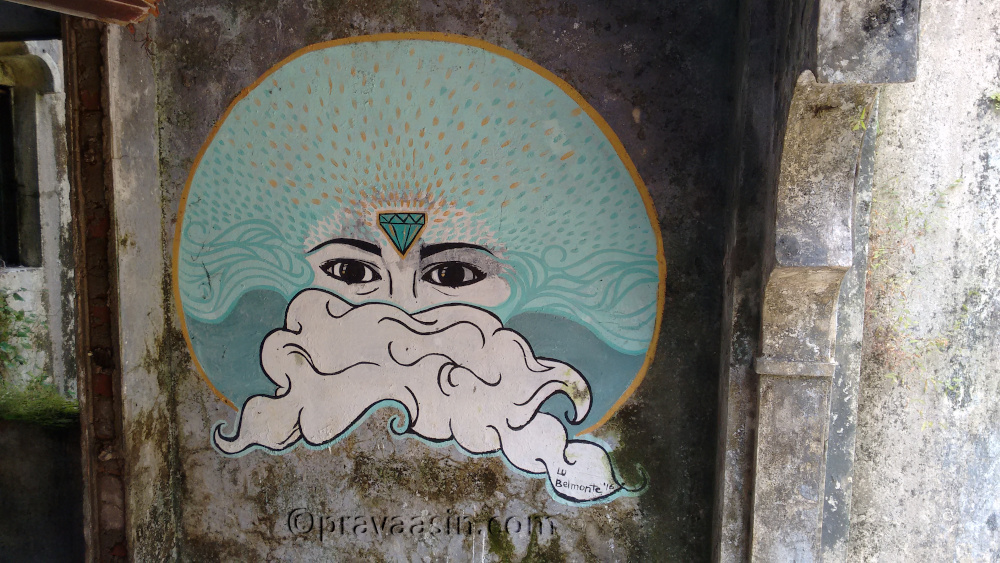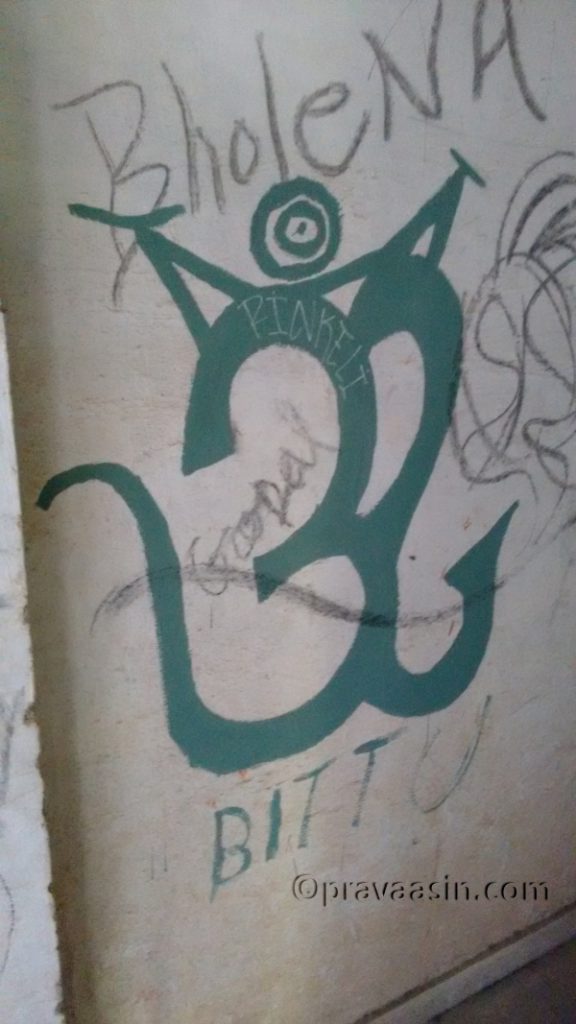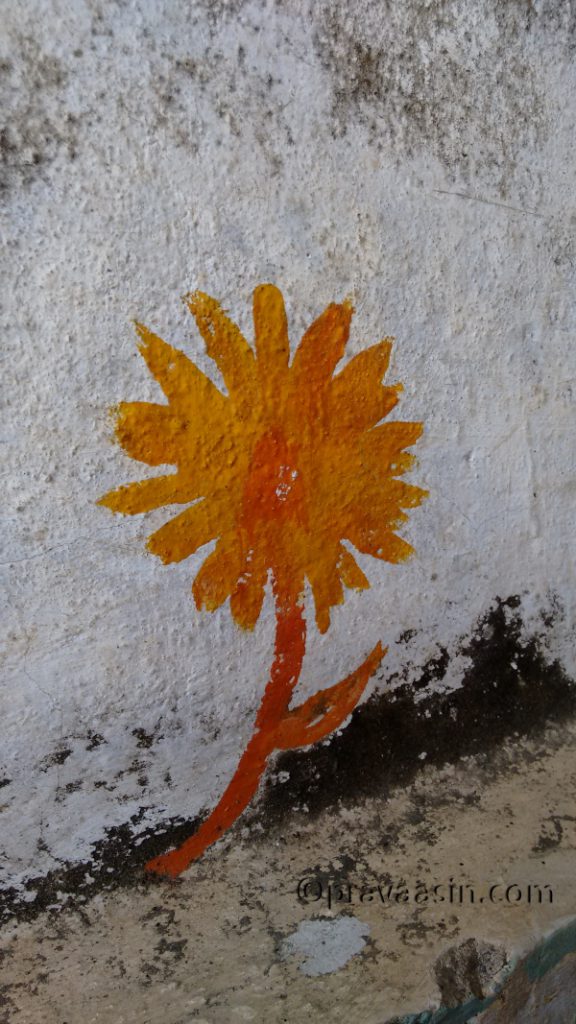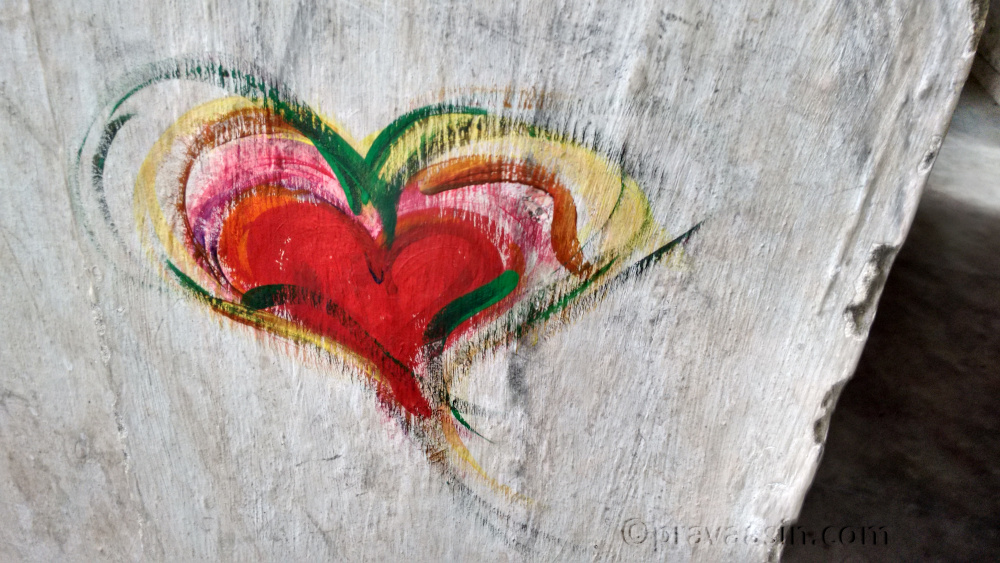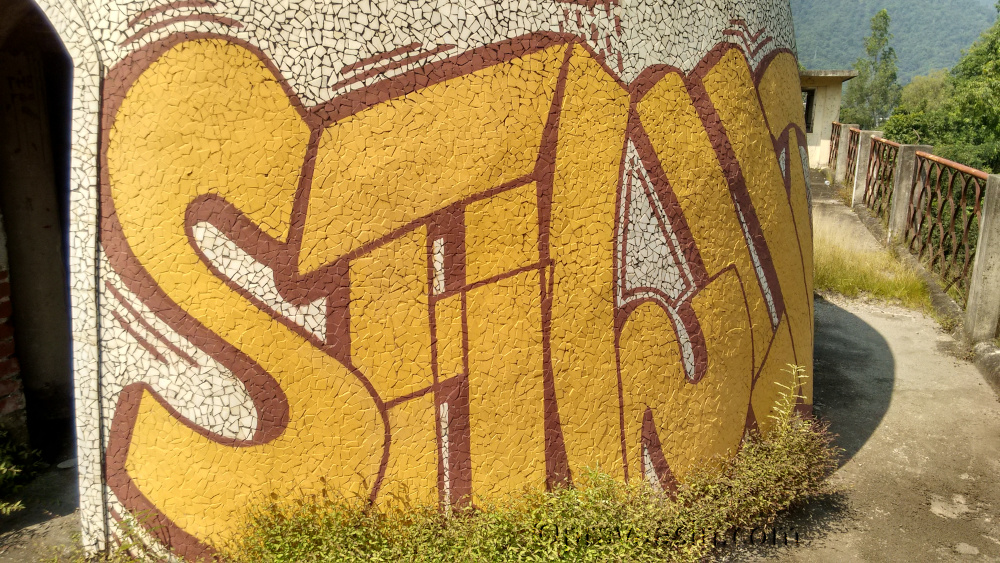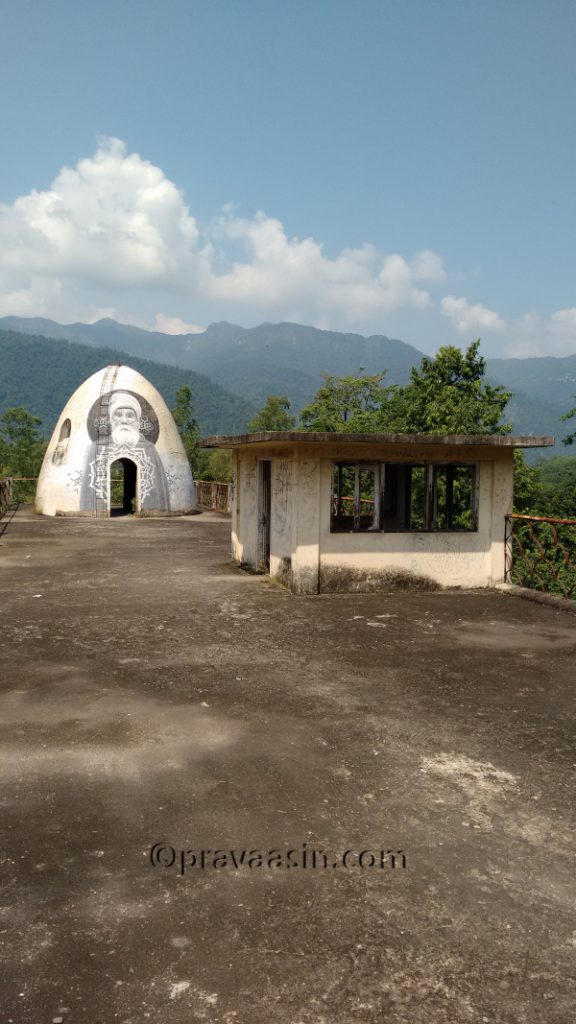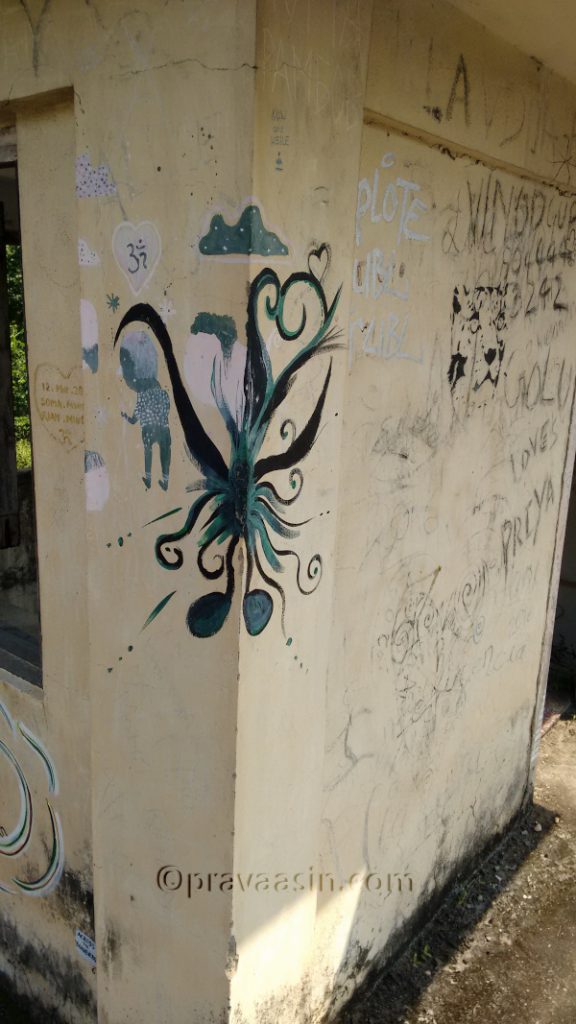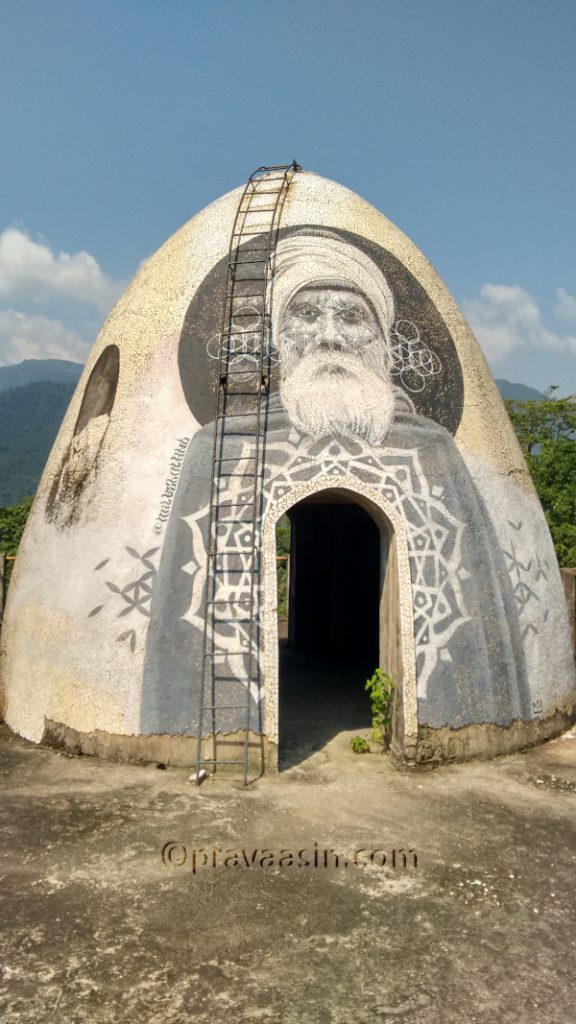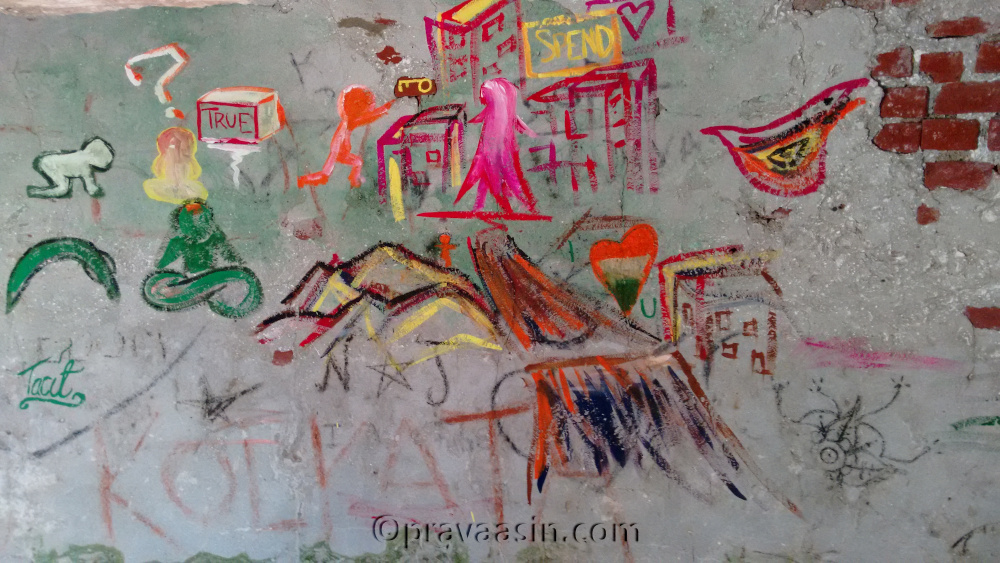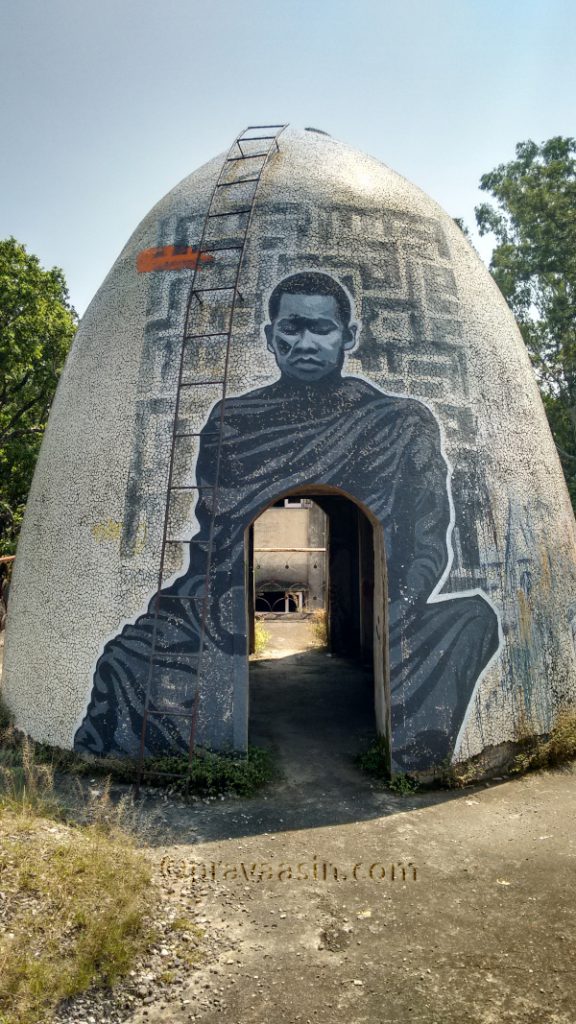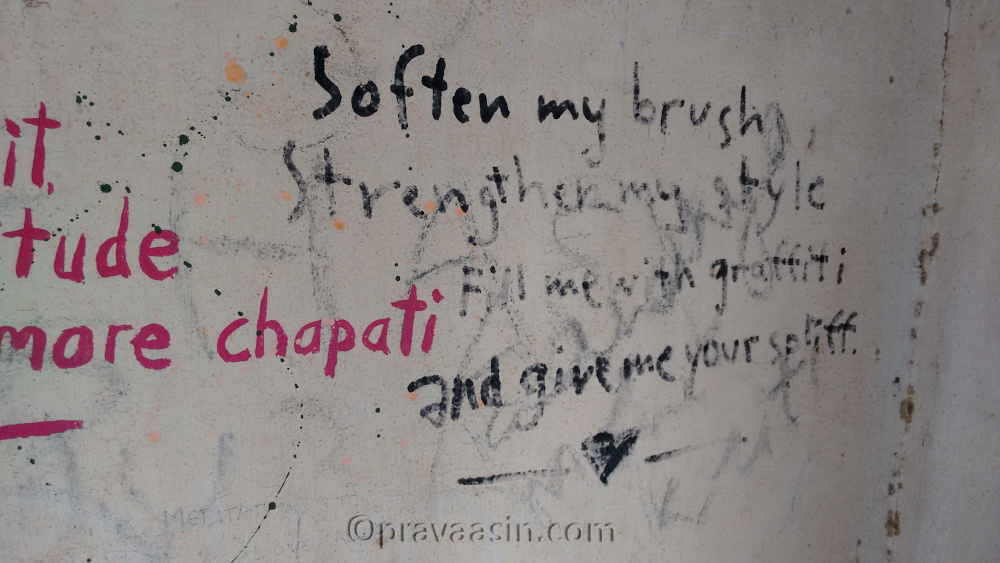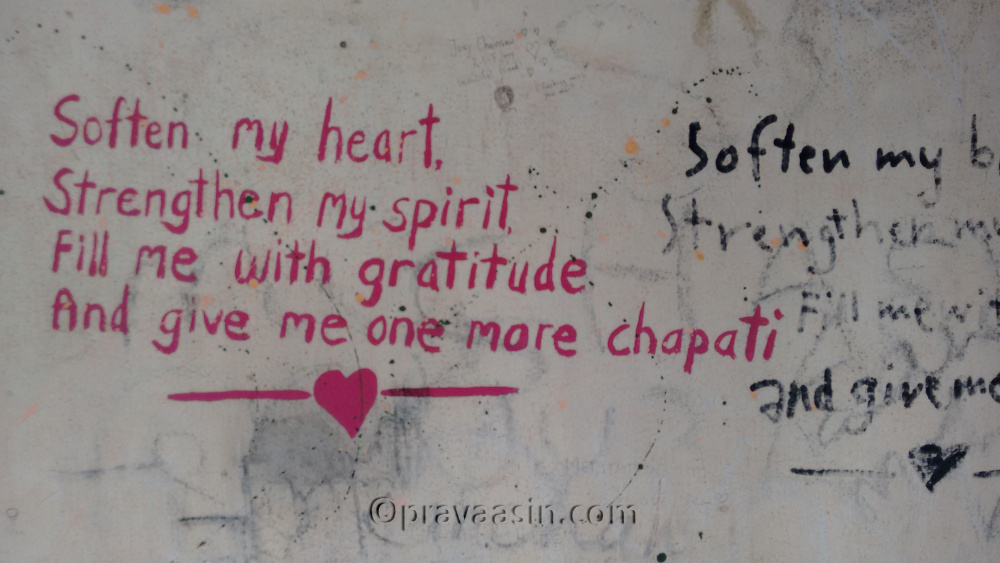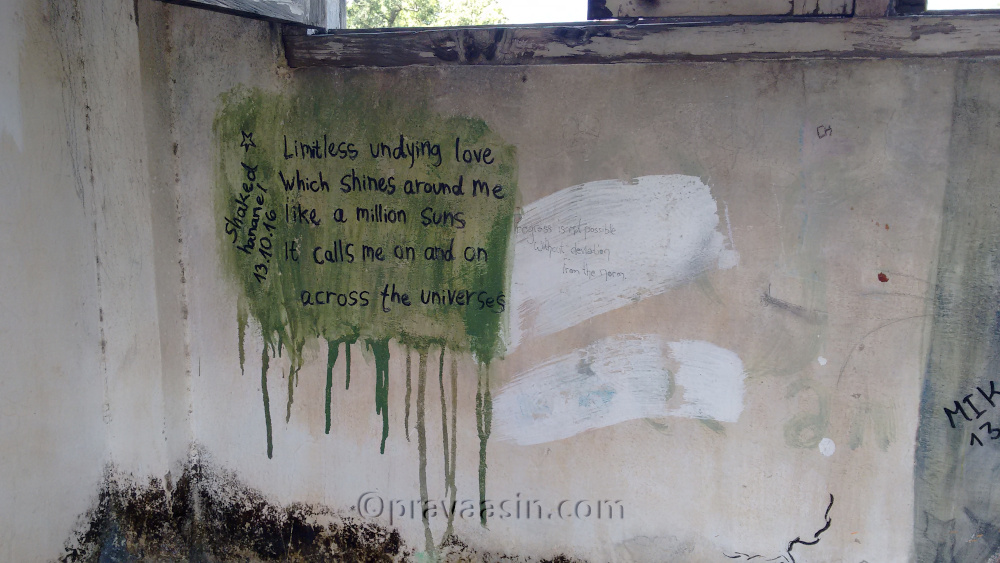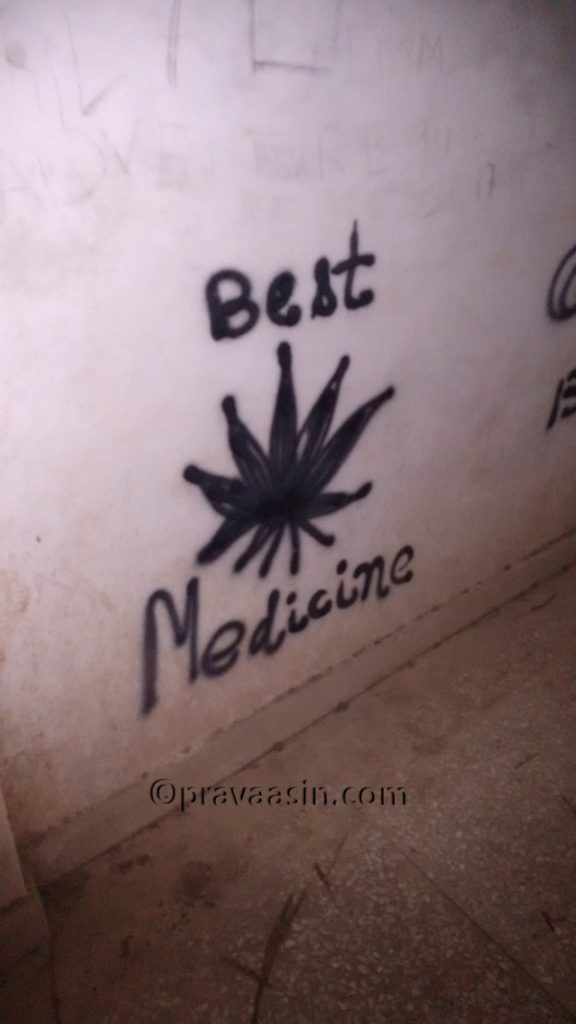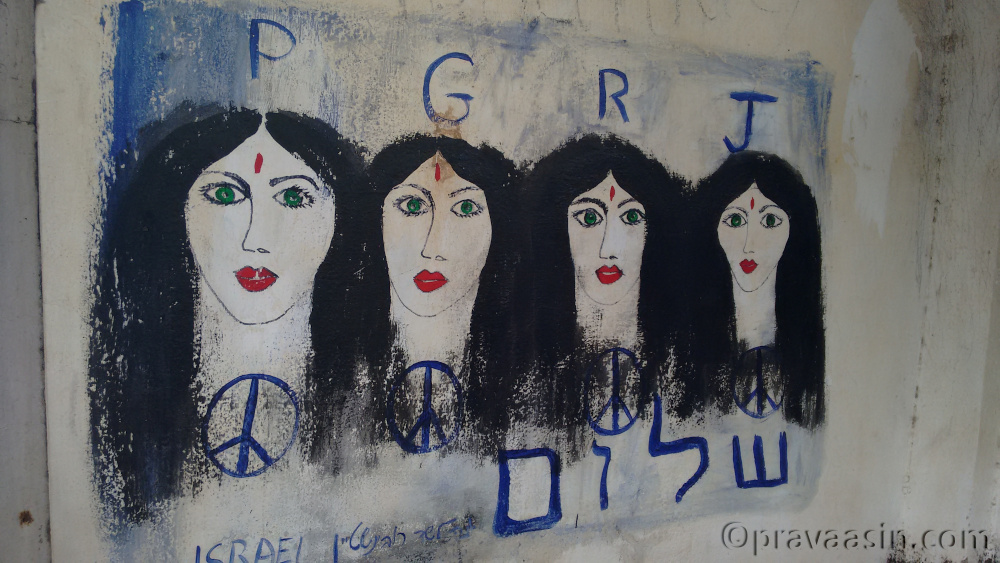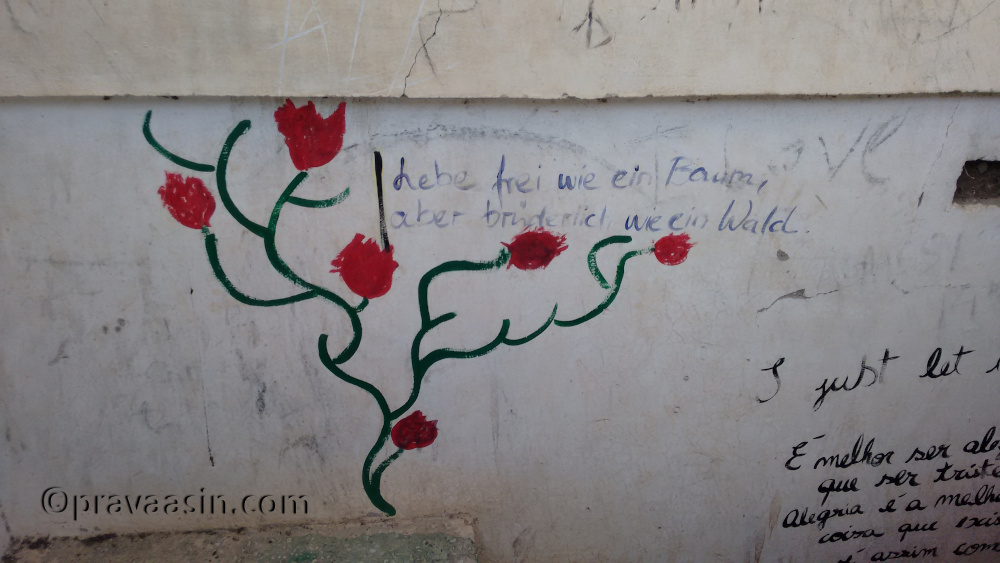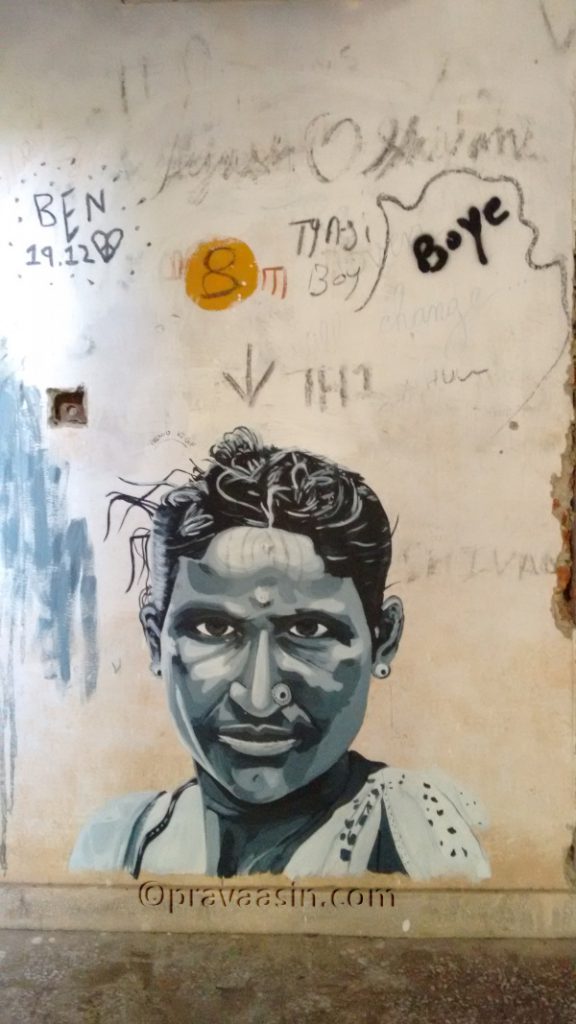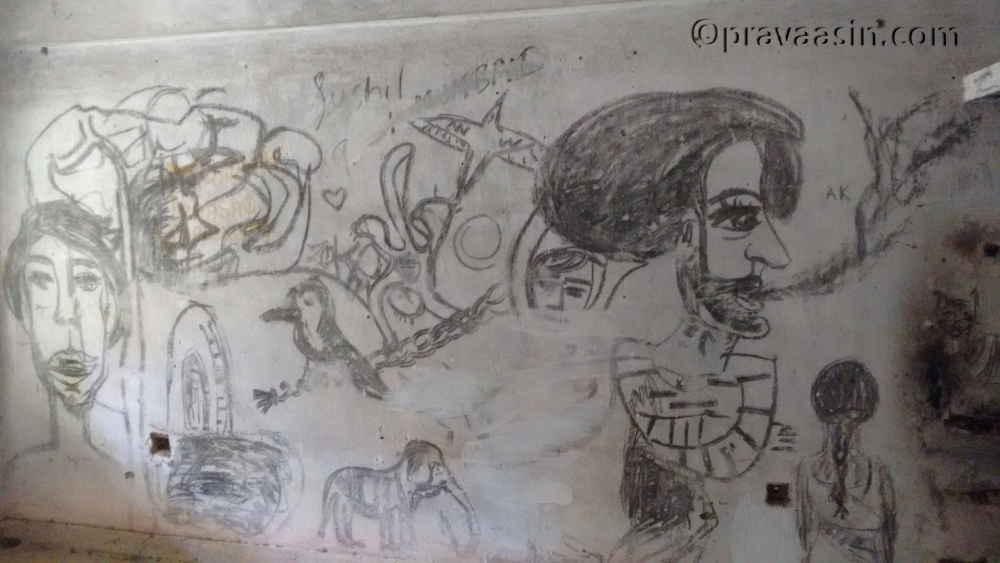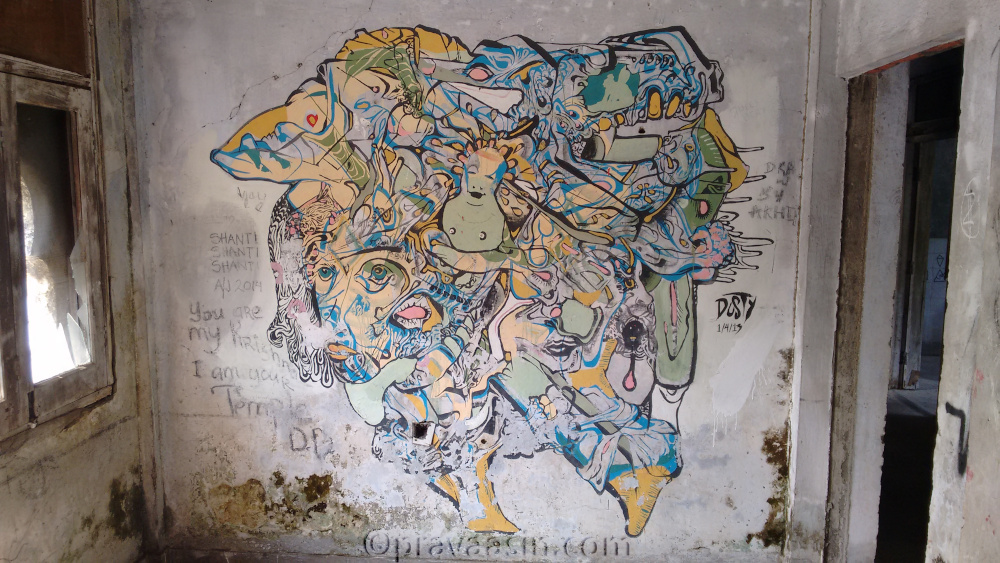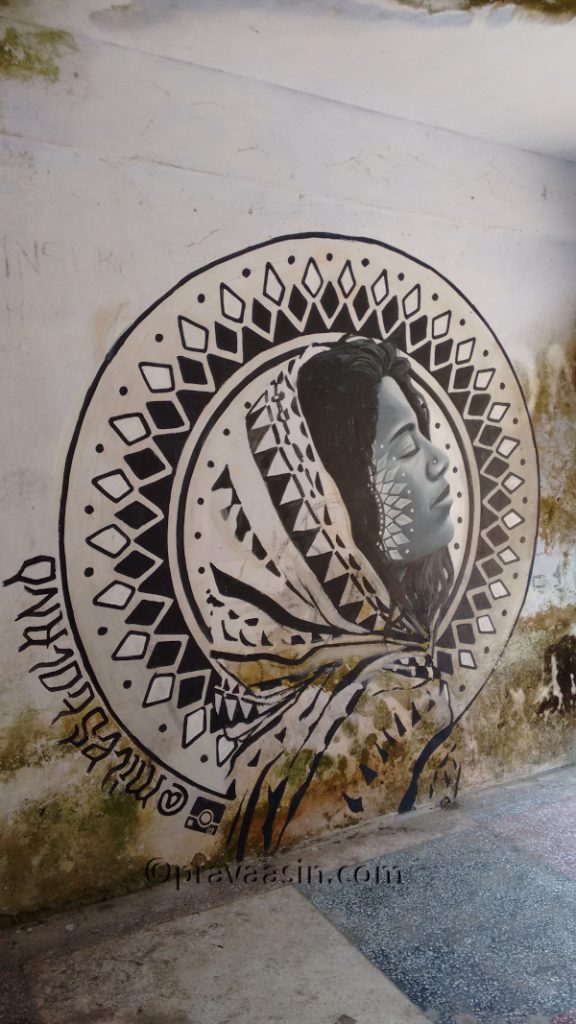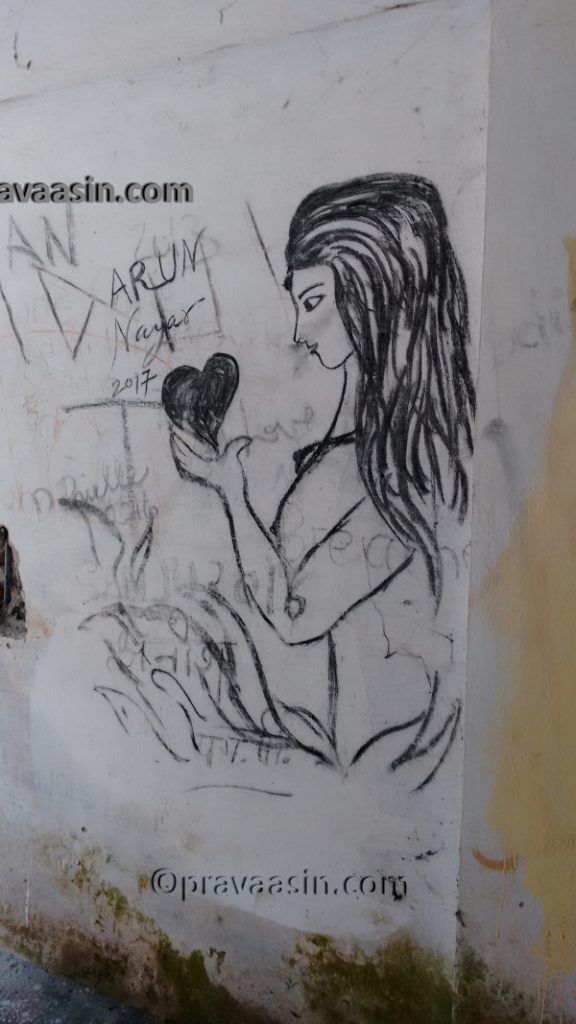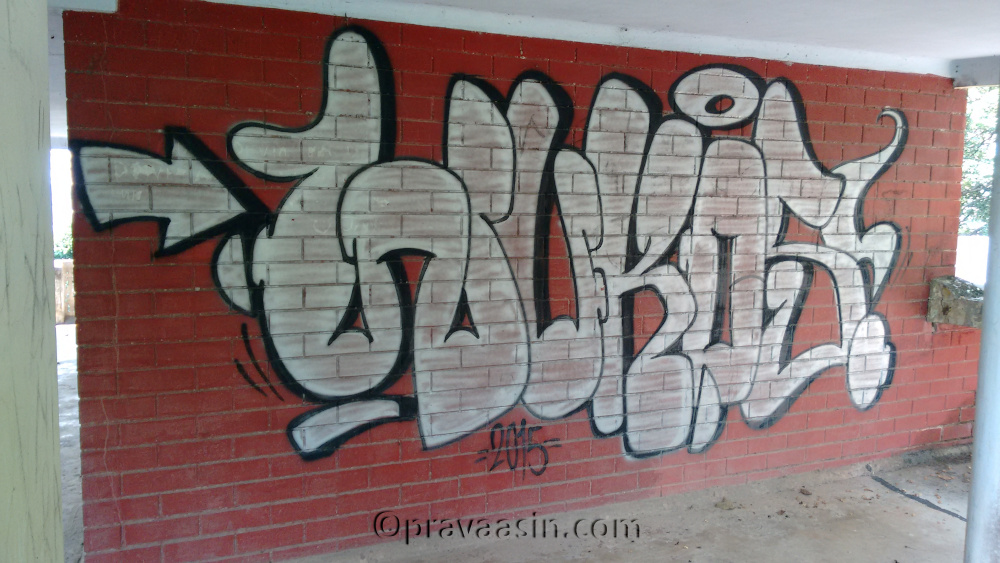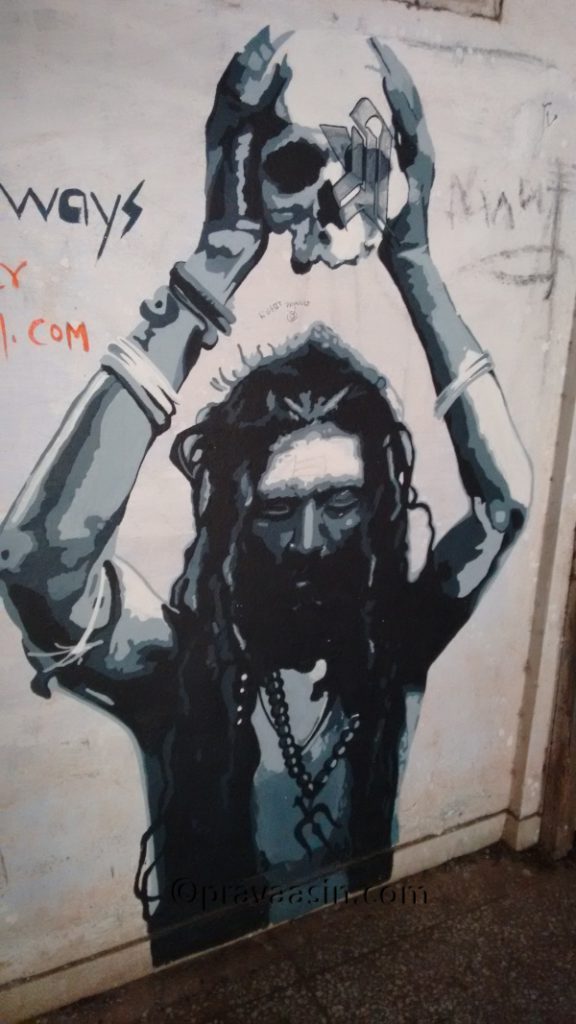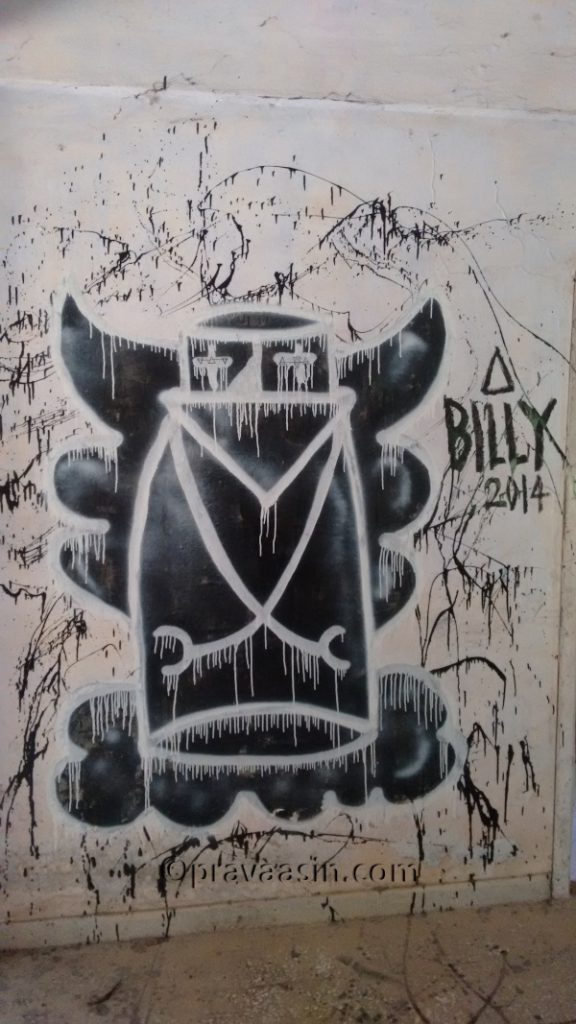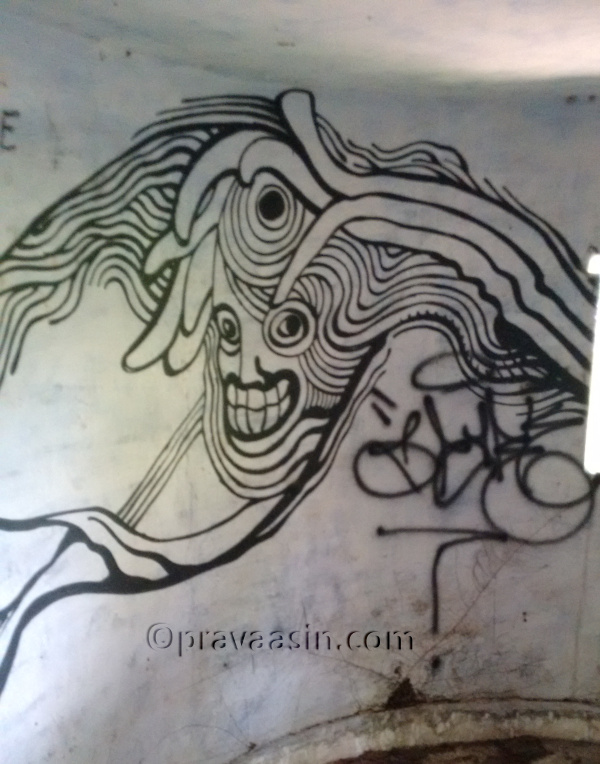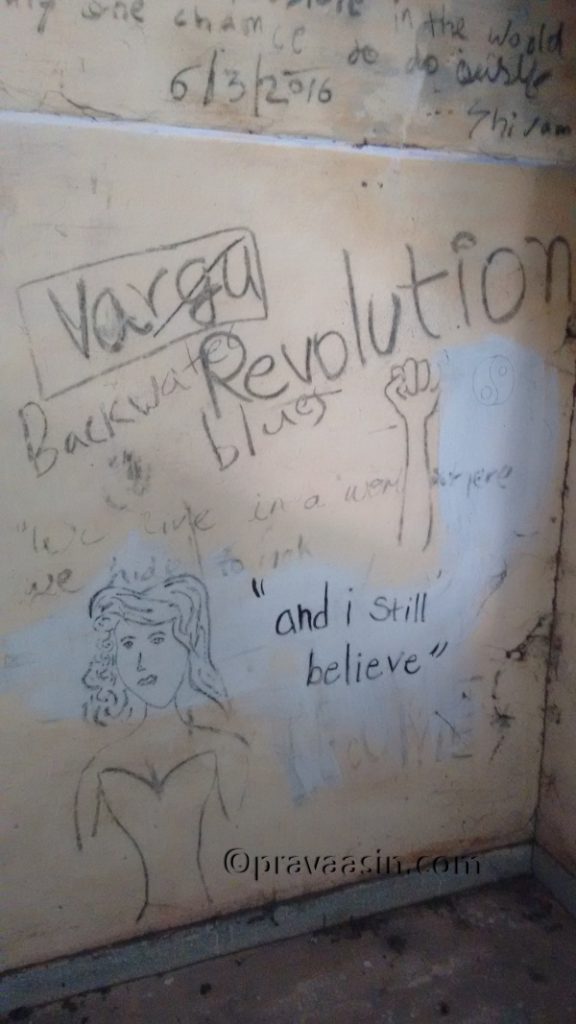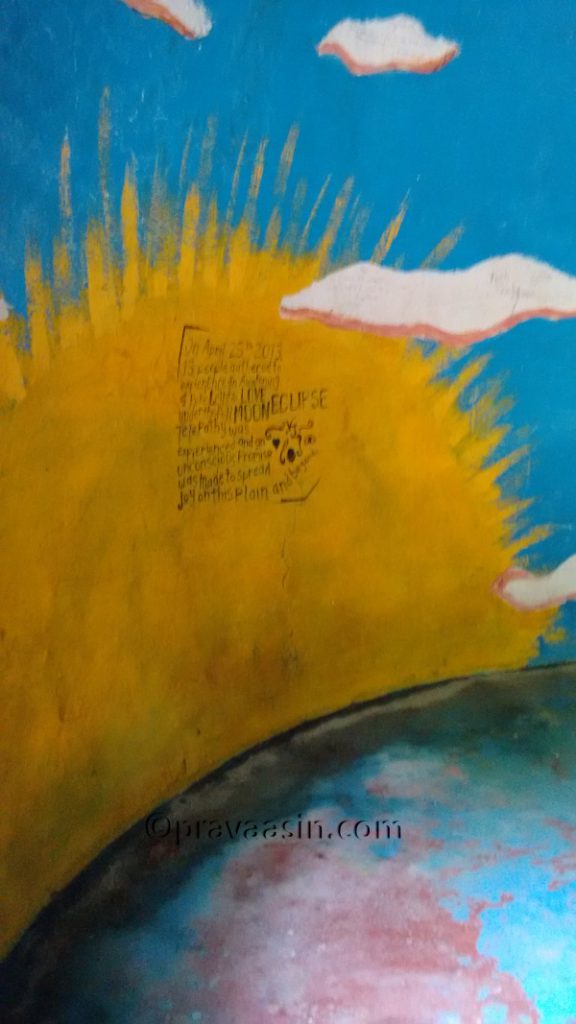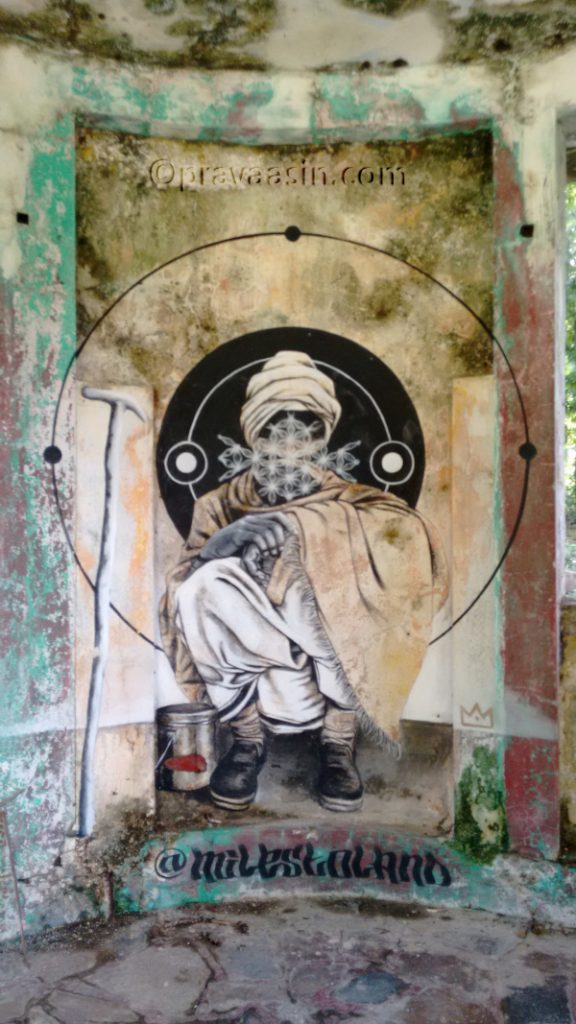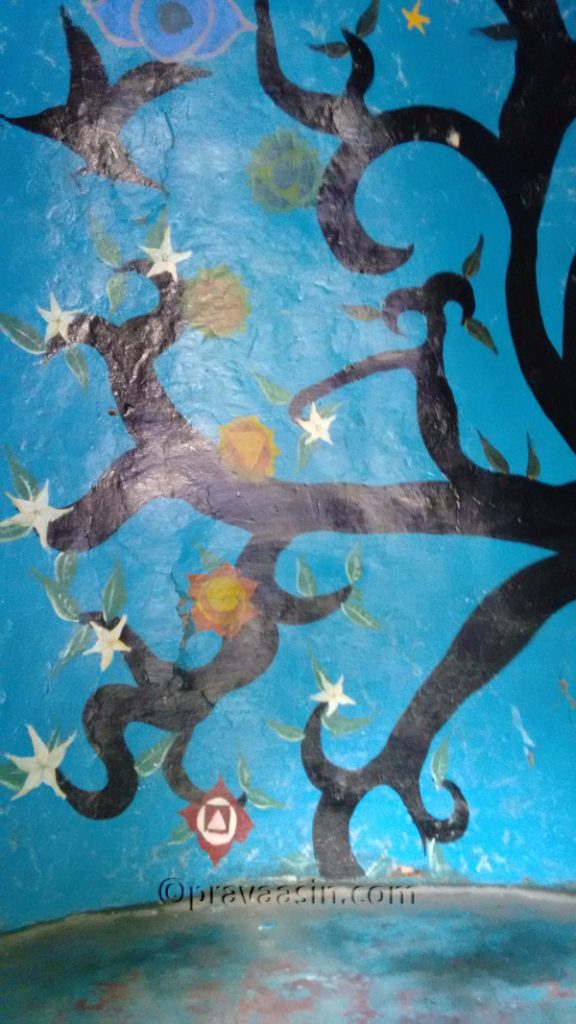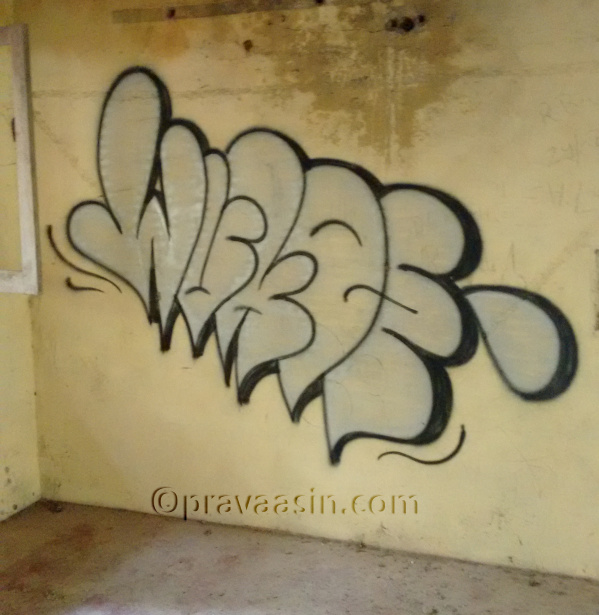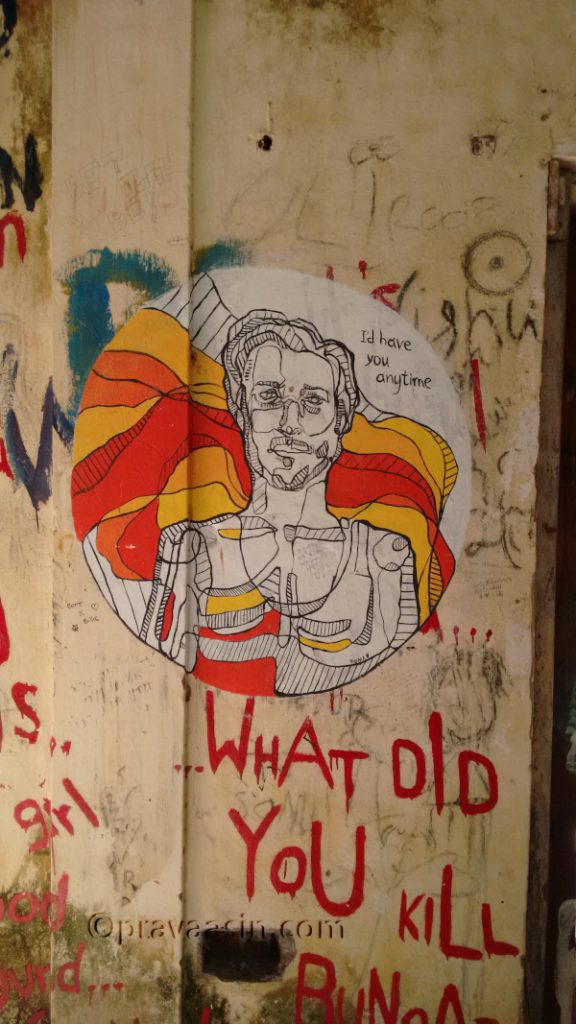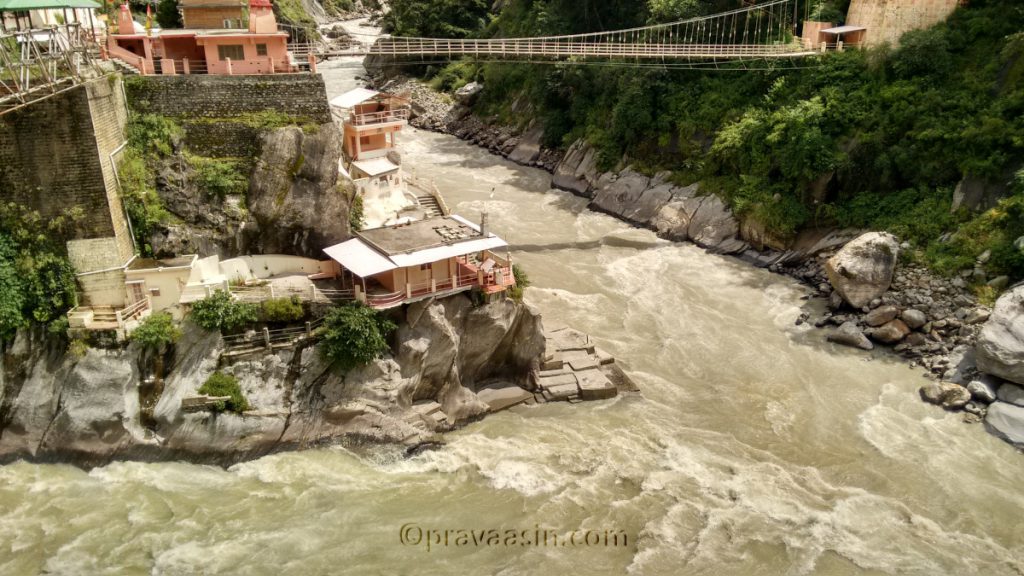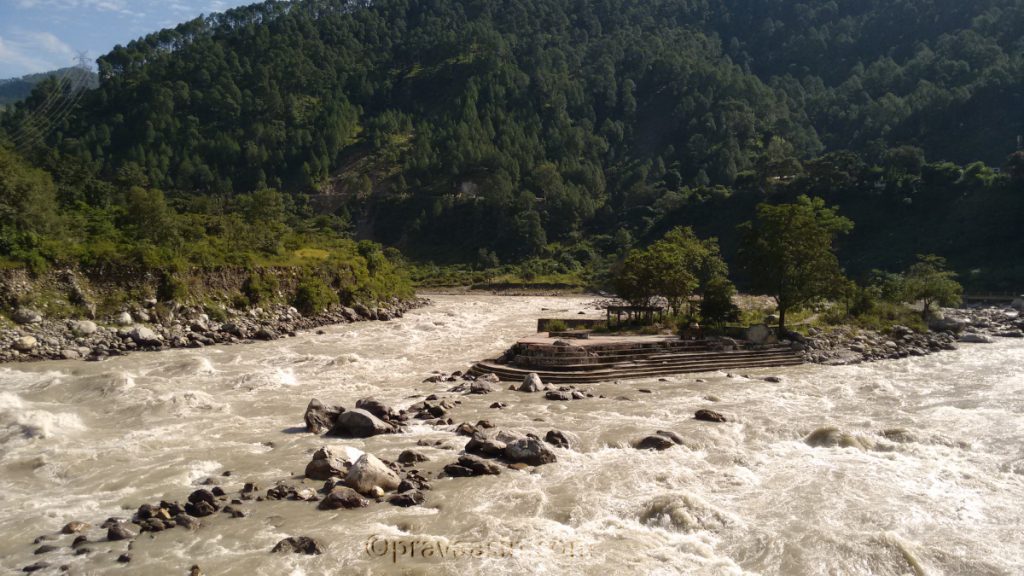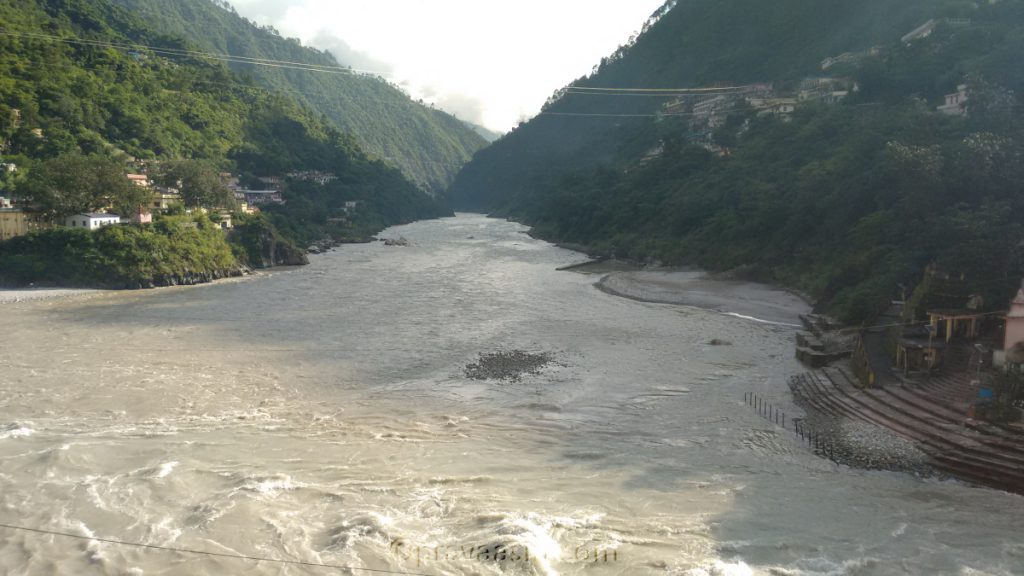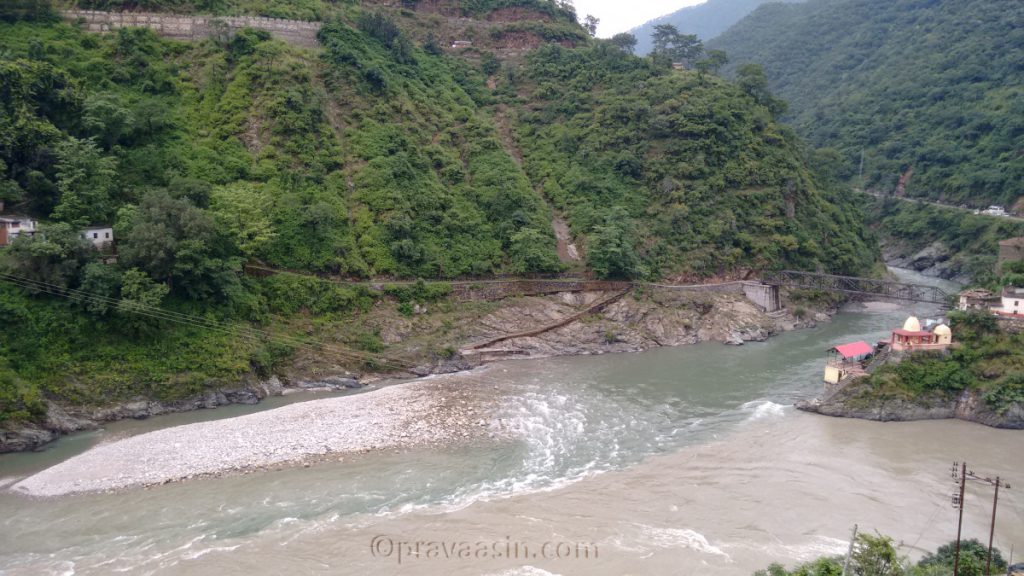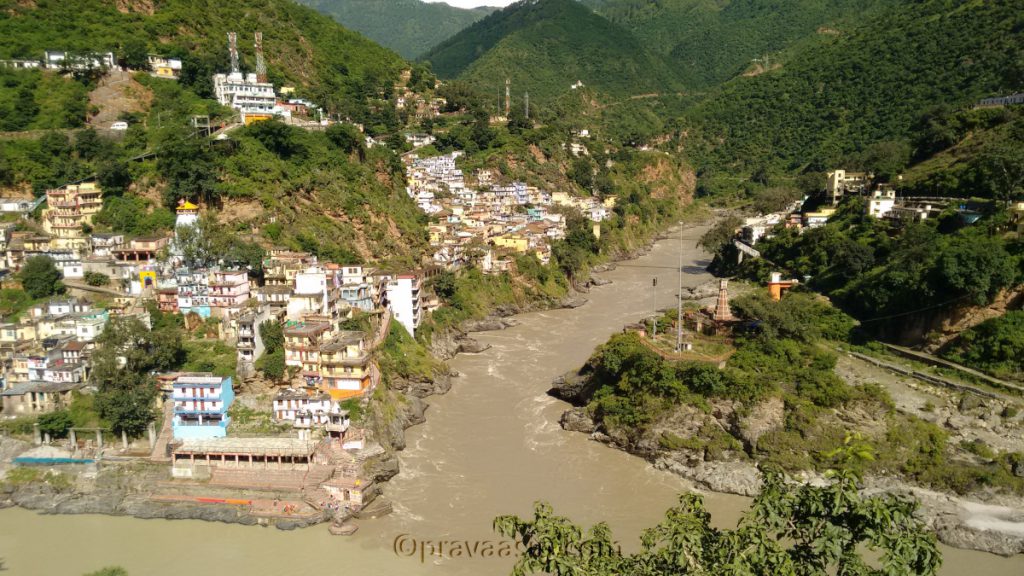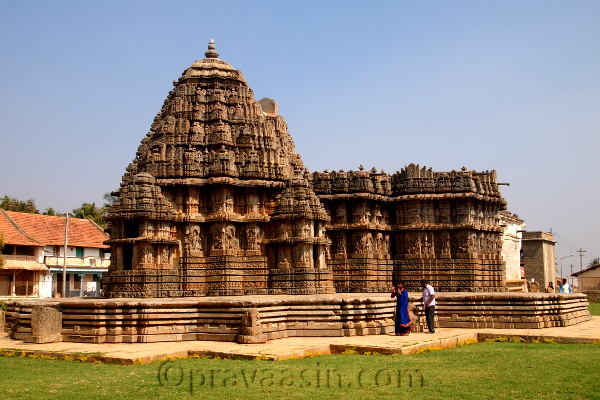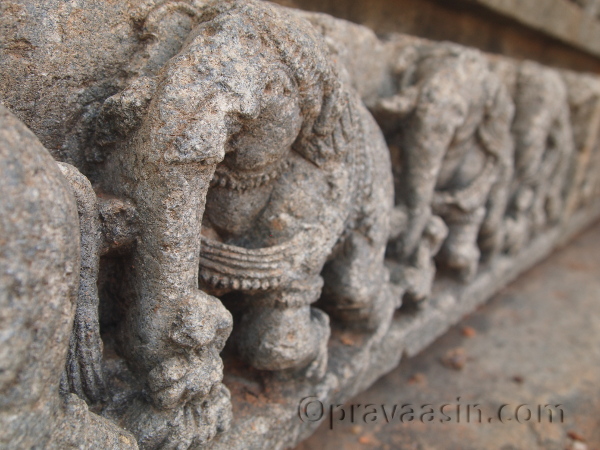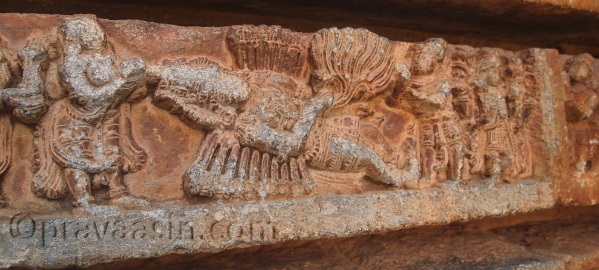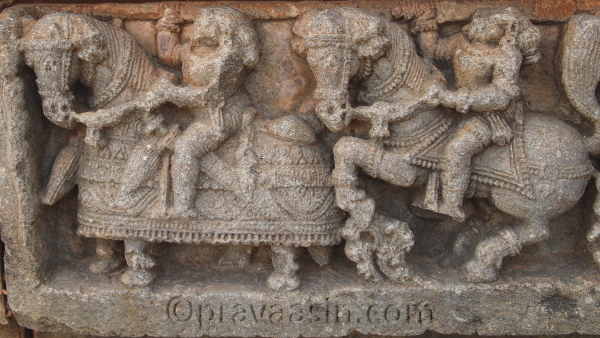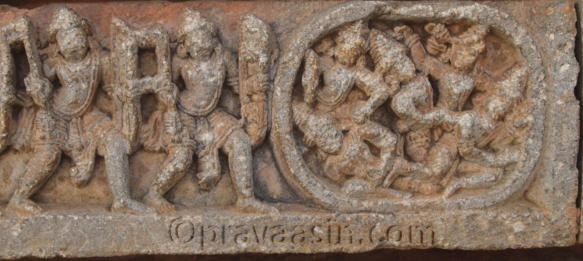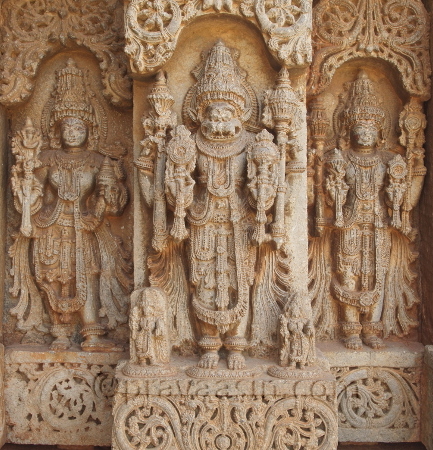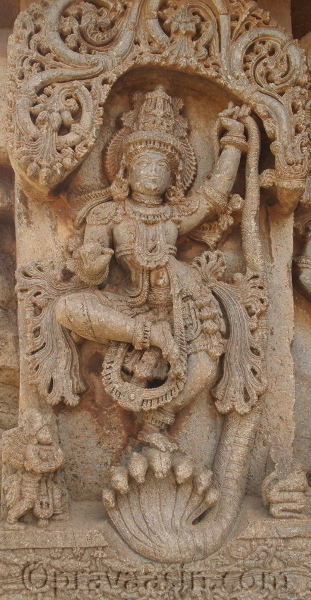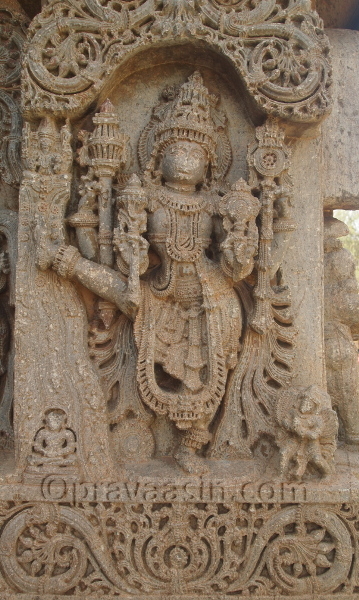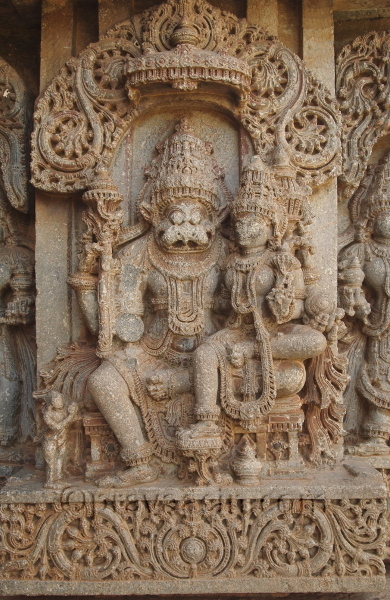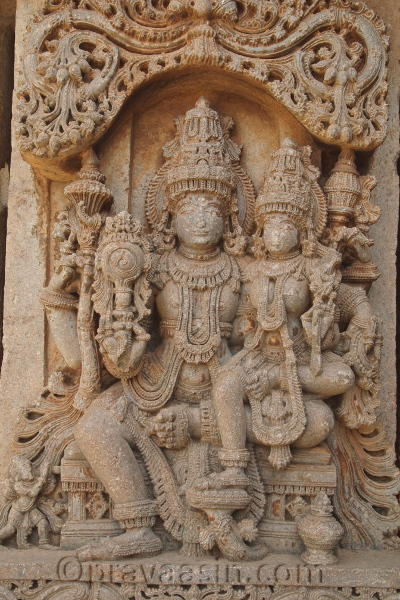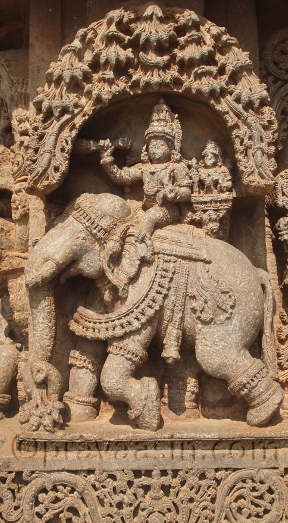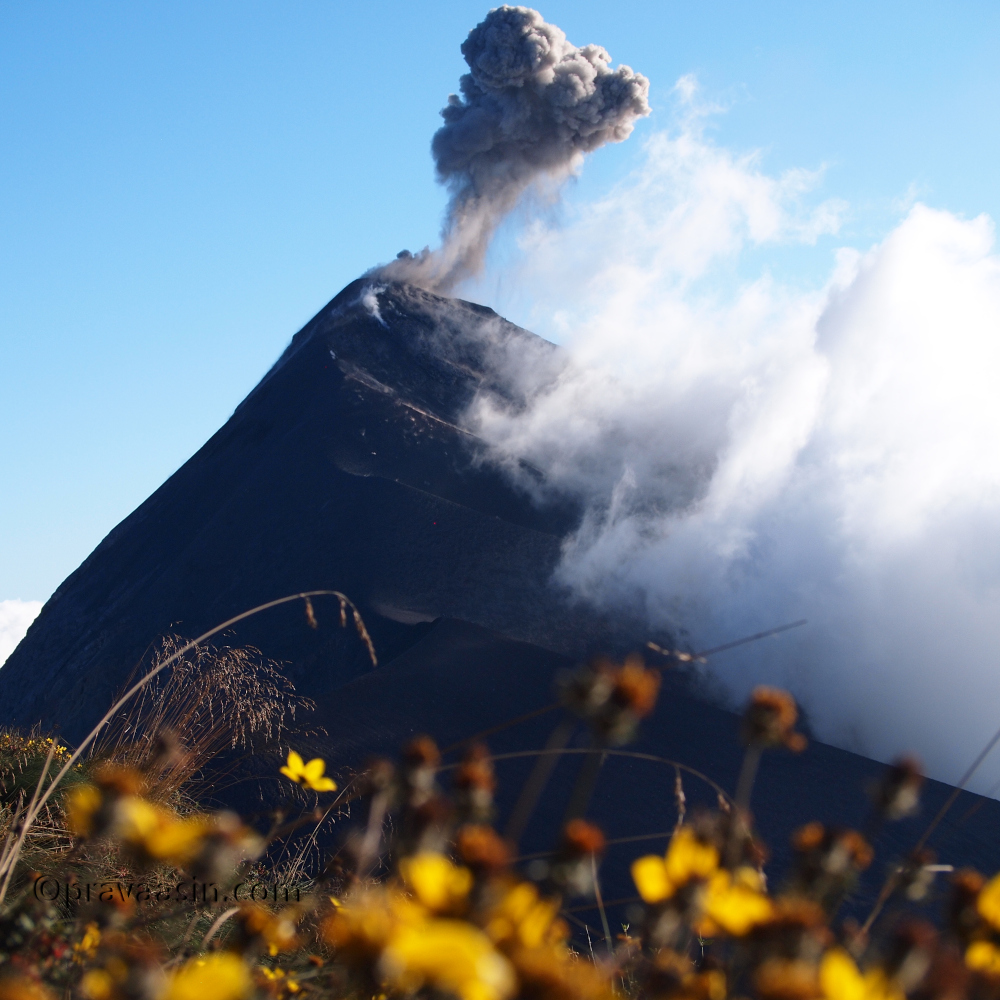
I used to be a meticulous travel planner. I used to plan every detail of the trip. I would research and find all the places of interest and chart an optimized route. I used to even read about the history of the place before stepping on its soil. Call it maturity or ageing, now I just land and discover the place. I had no idea about Aktun Tunichil Muknal (ATM Caves) until I was in the hostel in San Pedro. Similarly, I discovered Acatenango Volcano when I was in Antigua Guatemala. I think travelling this way is much more enjoyable and gives you freedom and flexibility.
I had booked my shuttle to Copan from Panajachel which involves one night stay in Antigua and then you proceed towards Copan the next morning. When I got to Antigua is when I found about this hike. So after spending a night in Copan, I decided to come back to Antigua and do the hike. I booked the hike at the hostel. I was told to carry 4 litres of water, warm clothes and a backpack. 2 litres for self-use and 2 litres for common use like cooking.
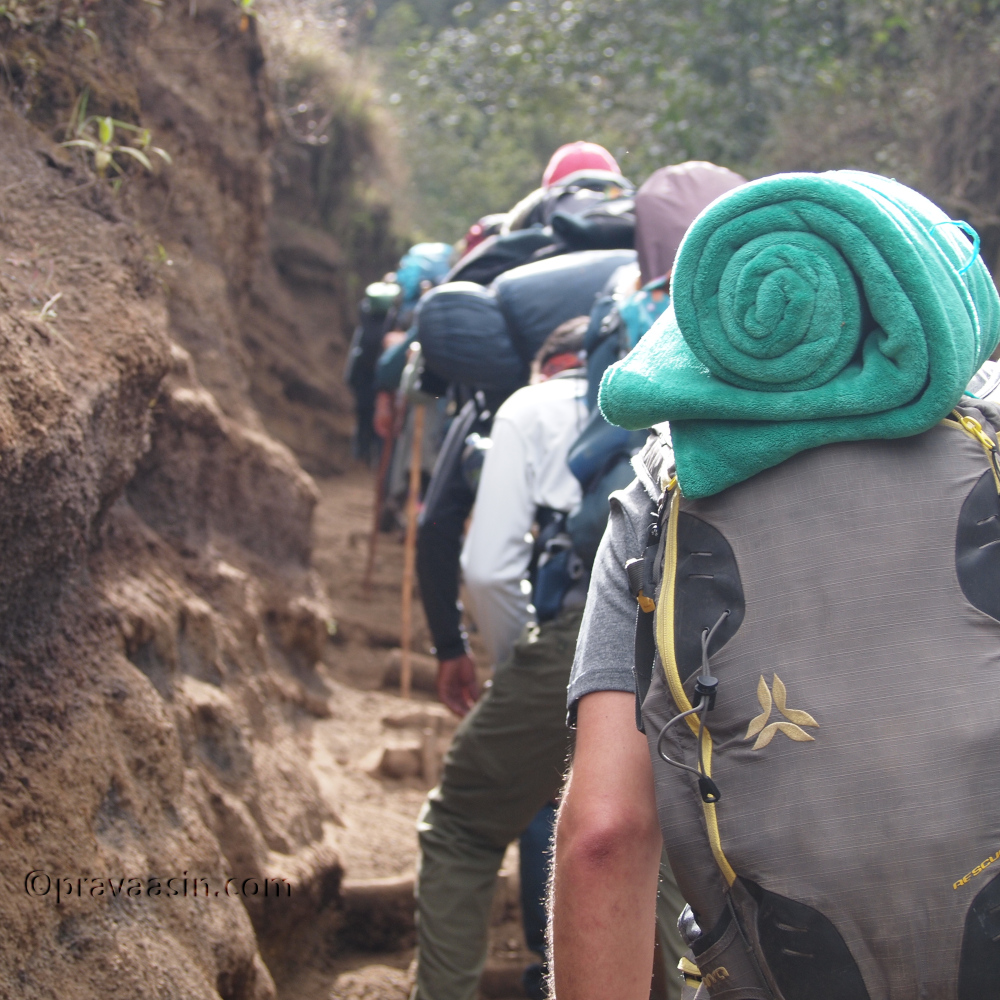
A shuttle arrived at the appointed time and took a bunch of us to the base camp. There we got warm clothes, a stick and backpacks. We met our guides. Then started off the climb, it was a gradual ascent in midst of fields. The volcanic soil here is very fertile and farmers grow a variety of crops including corn. When we reached the ticketing office, we were in the tropical forest. Vegetation on the volcano changes as we go higher up. We paid the entry and took a small break.
As we proceeded to climb on the zig-zag route, we started seeing cloud forests with an occasional cloud hanging around. After about an hour’s climb, we reached our lunch spot. We were served a sandwich and juice. While the guides were making themselves Tortillas and beans for lunch. They offered me some. It was the best Tortilla ever. After a strenuous climb with a hungry stomach, everything feels delicious but this was really delicious.
It was getting chilly at the lunch spot, so the layers and jackets were on. As we climbed higher we entered the Alpine forest area. We were above the clouds now and it was sunny. There were pretty flowers all over and the scene from here was breathtaking. I clicked photos away to glory. On a clear day, you can see Lake Atitlan and the surrounding volcanoes from here. We did see them and it was pretty cool.
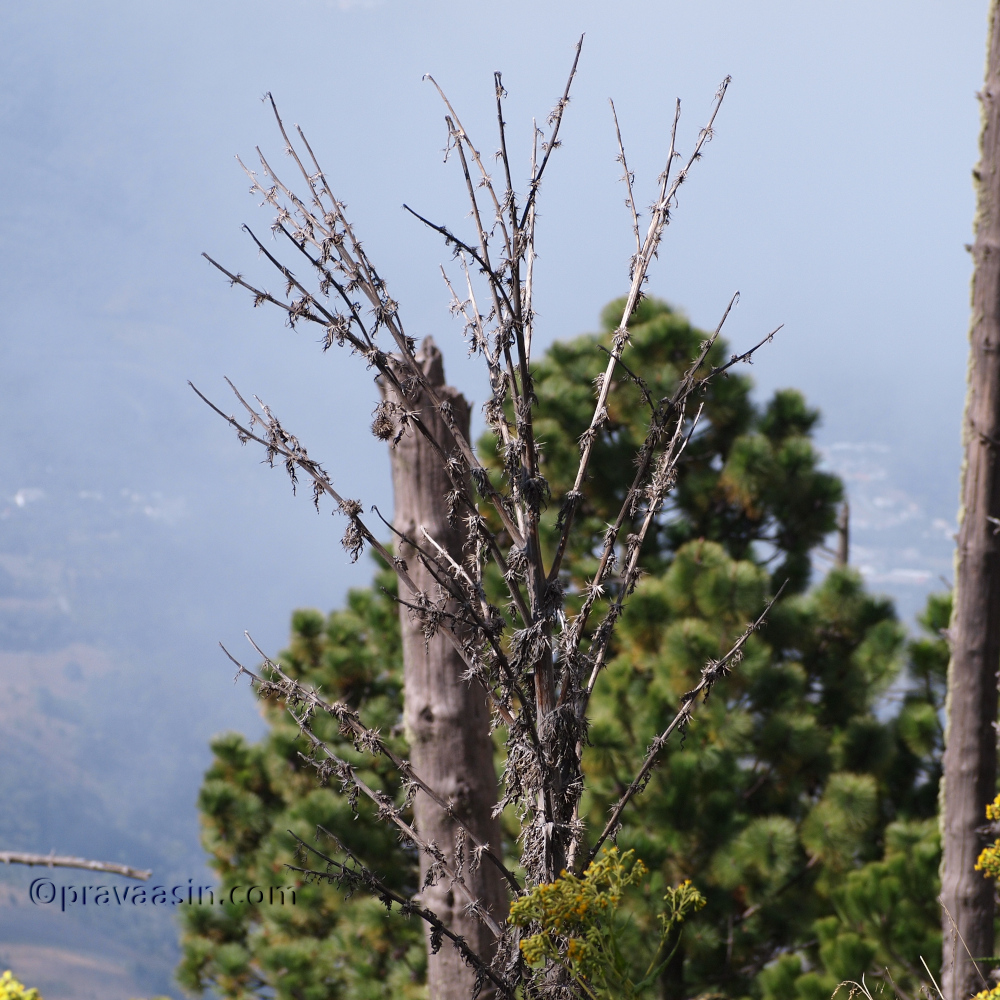
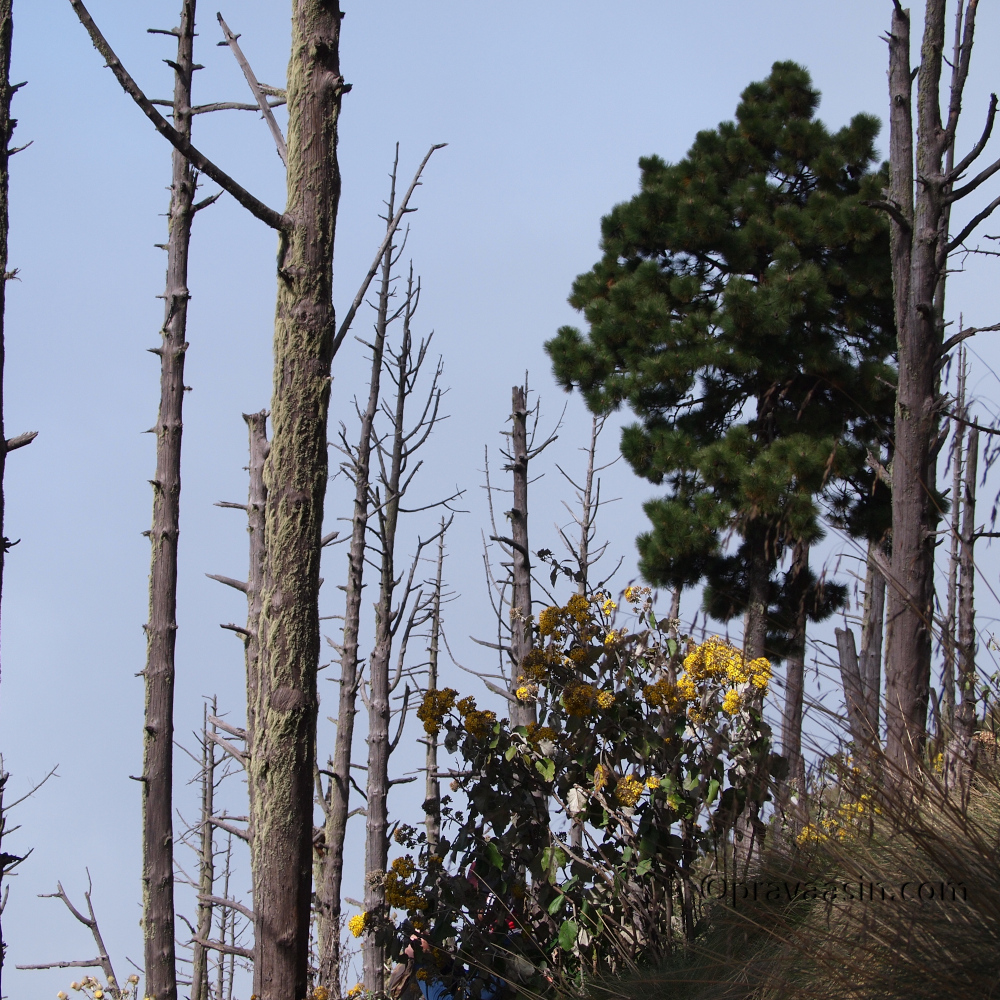

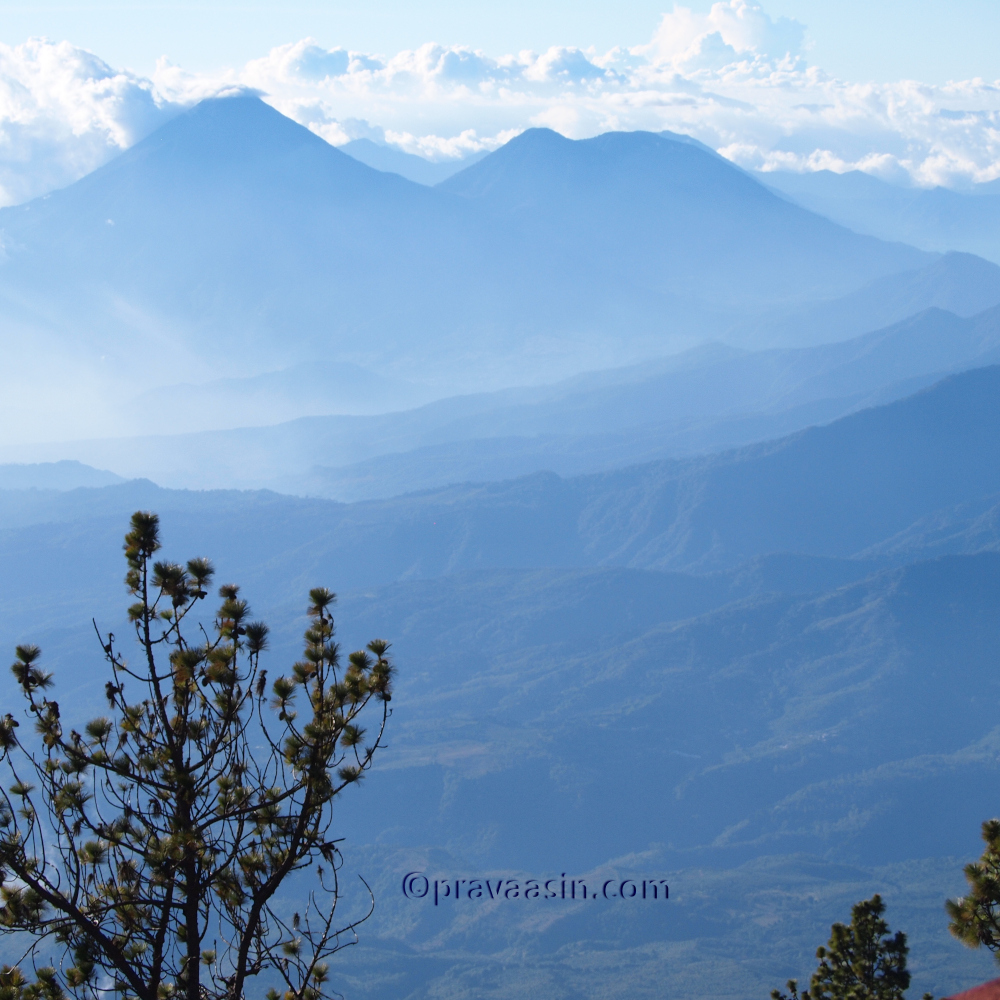
View of Volcanoes around Lake Atitlan 
We took a lot of small breaks till we reached the almost same height as our camp. Here, the path was almost flat and on black volcanic soil. The mountain face was black and the path cutting through it created an incredible scene. Once we crossed this face of the mountain, we were on the face of the mountain facing Volcan Fuego. We could now hear the volcano erupting. After half an hour of walk, we reached our campsite and were face to face with our active volcano.

I put the bag down and sat on the bench watching the volcano erupt. It was sunny then and clouds were playing hide and seek covering over the volcano. It was a well-deserved break with hot chocolate being served by our guides who turned cooks at the campsite. This is where the extra 2 litres of water was being used.
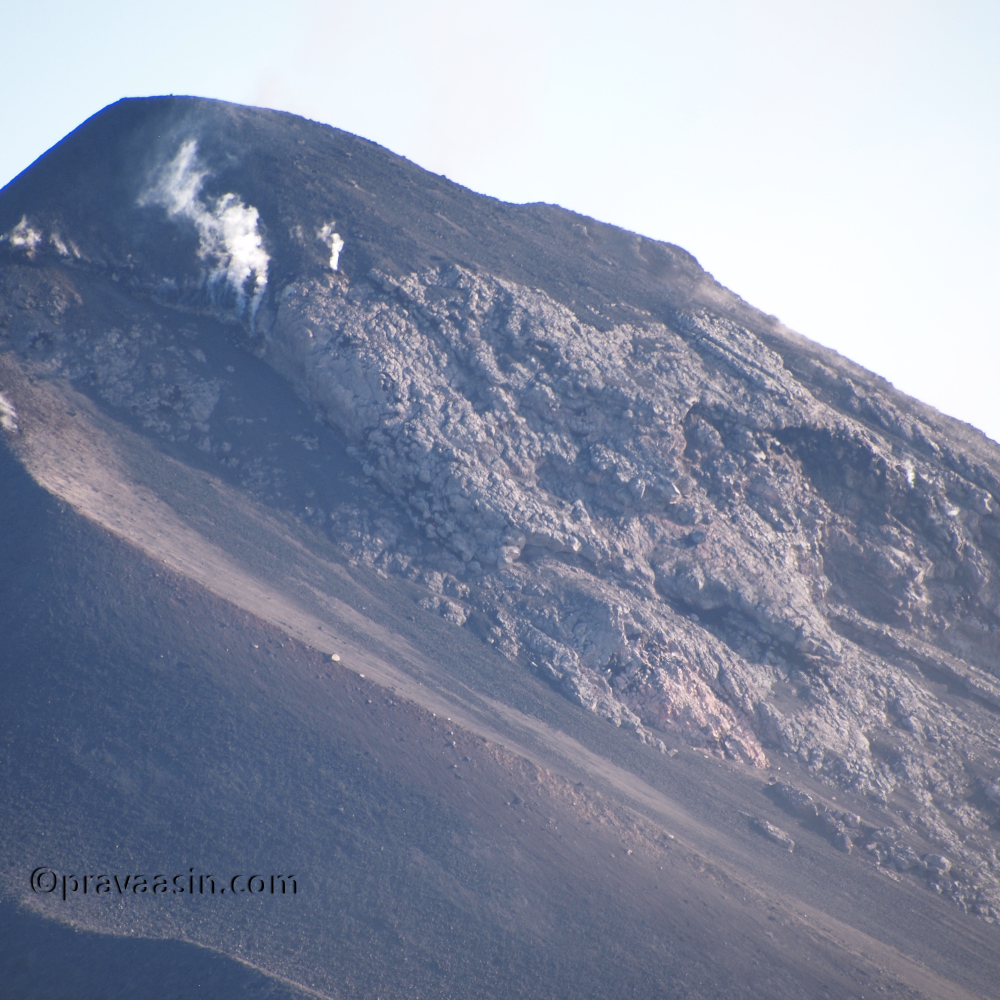

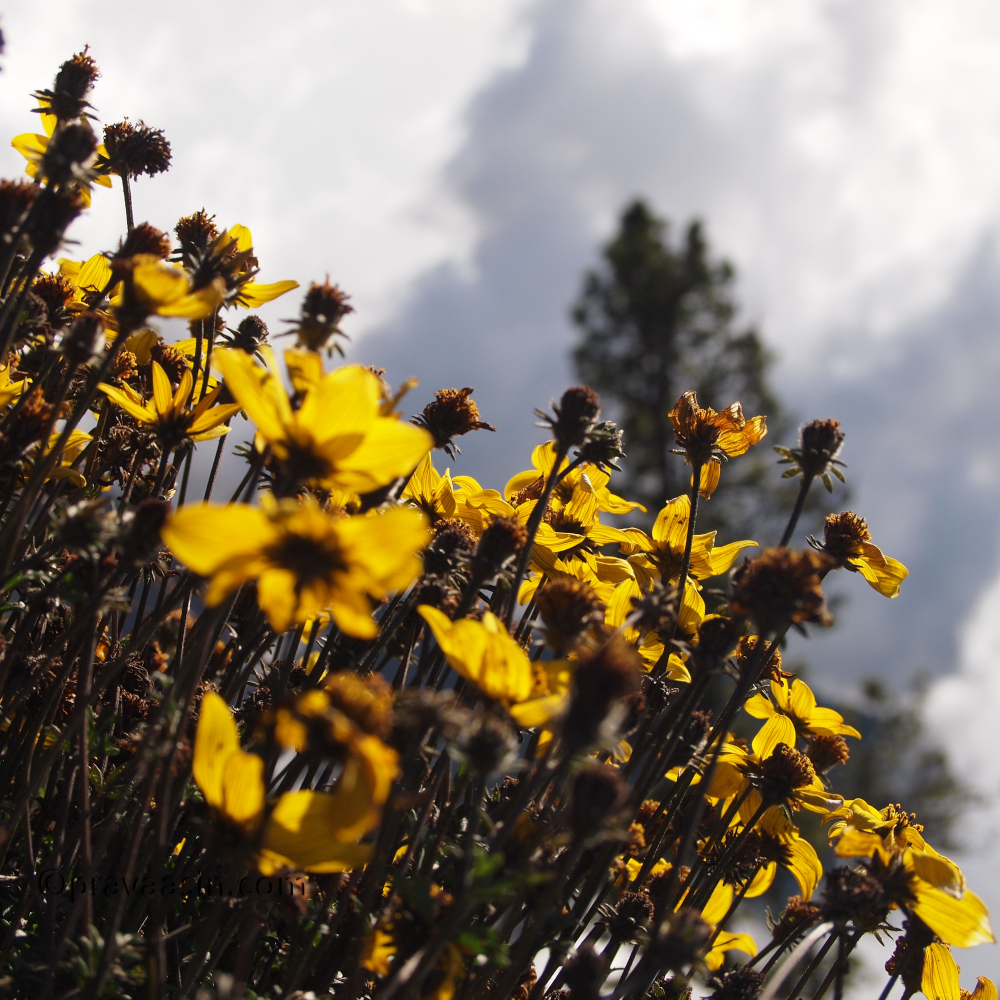

Camp Site 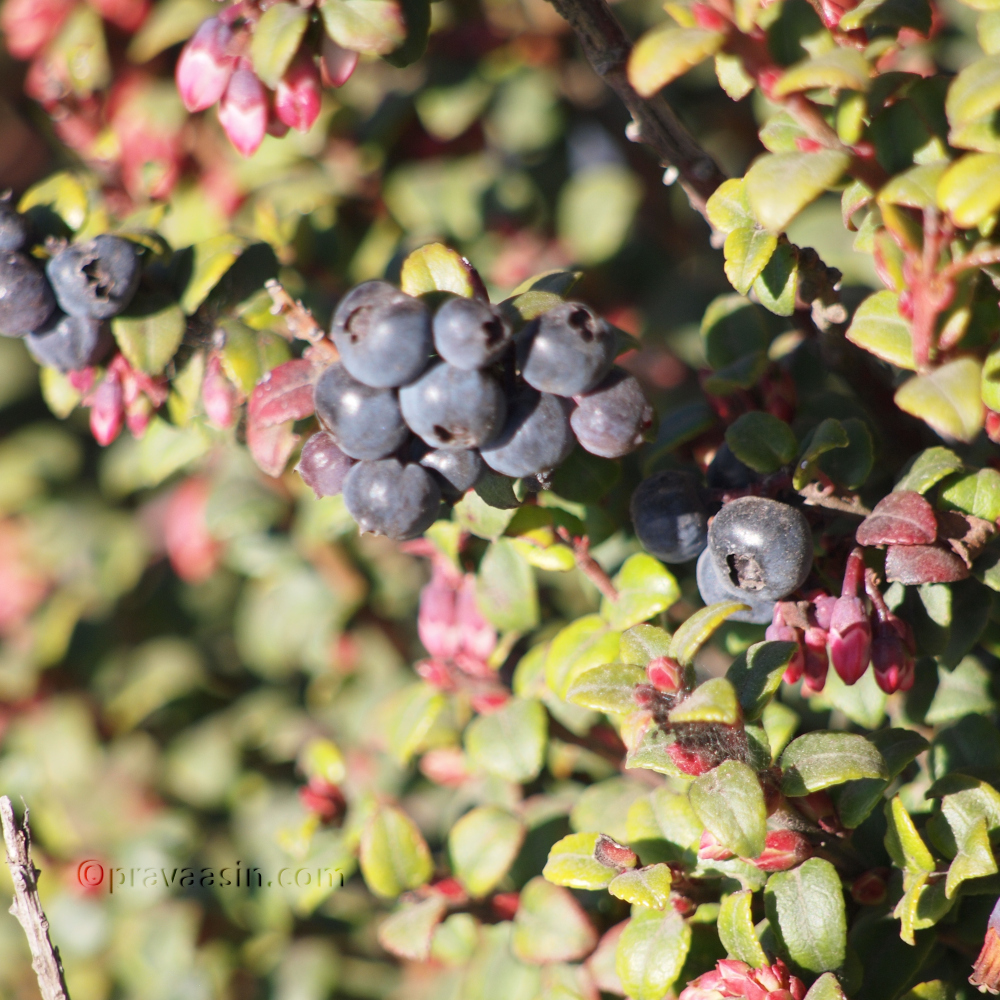


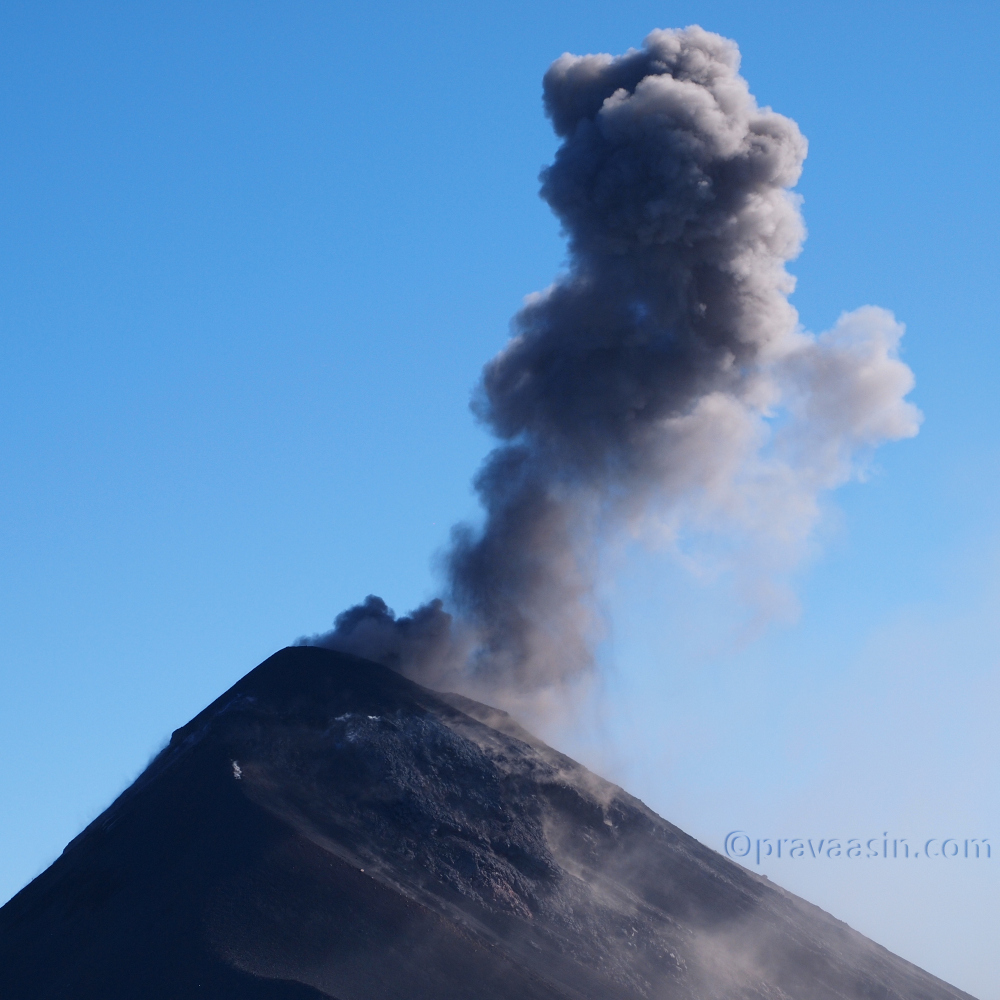
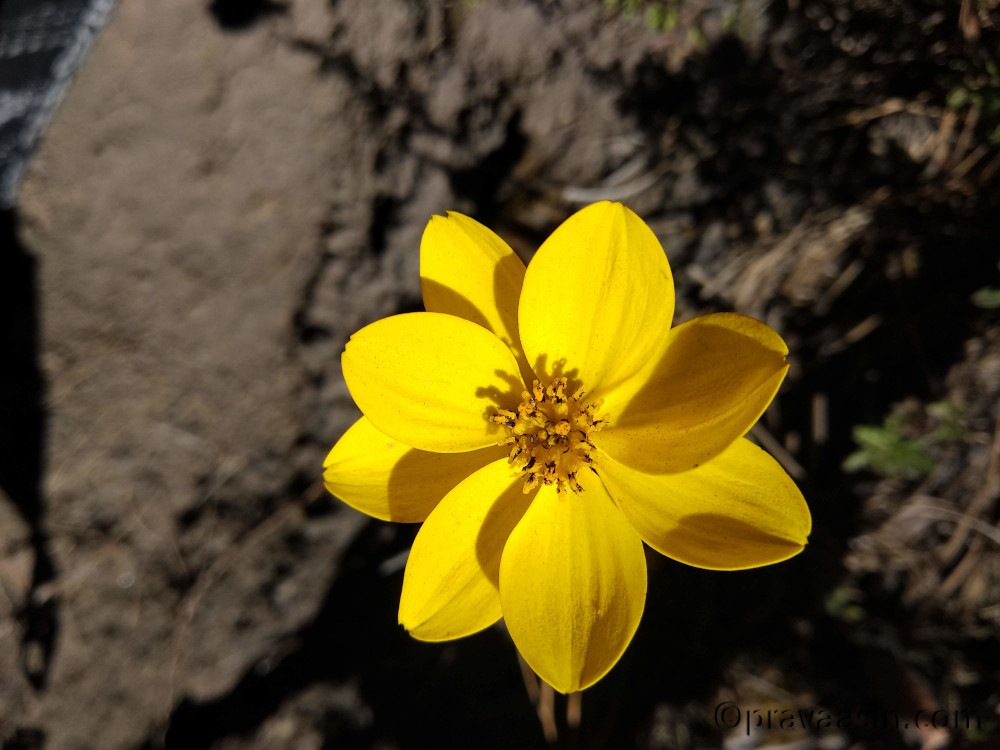
It started getting chilly as the sun was going down. We huddled around a campfire and started talking about various things. Soon, dinner was served. It was time for us to wind down and hit the bed. We were to hike early in the morning to summit Acatenango. I couldn’t sleep, my feet were cold. It was sometime after 11 PM that I got the sleep but I was waking up every now and then. It was announced at 3:45 AM that we were not doing the summit hike because of the winds. I was relieved. I didn’t have proper rest and that hike would have been very difficult for me.
We got up around 6 AM and had breakfast. We started our way down soon. It was smooth except for the last stretch of loose soil. I fell 4 times. We made our way back to basecamp and were soon on to Antigua.





